sometimes the plan goes sideways
It’s been about six weeks now since our visit down to the Madre de Dios jungle region with Manuel and friends.
While we’d been down in the jungle, Hana’s mum, who was joining us (sans cycles) for two weeks in the Sacred Valley region, arrived in Cusco. With her we had a repeat visit to Machu Picchu planned, and several sights to see in and around the Sacred Valley, as well as a bit of relaxing time before we set off on the bikes again. To start with, here’s a few highlights.
For a 71 year old, Noeline coped very well with the altitude of Cusco (3400m), with just a mild headache on her first day. We had to take it pretty easy walking around anywhere higher than that. But for her a daily dose of diamox (the go-to drug for short term tourism at altitude) seemed to stave off any other symptoms.
The weather had come really good over the past couple of weeks, and now with our return to Cusco it looked as if the dry season was finally kicking in.
Noeline’s arrival coincided with Easter, which in Latin America is celebrated over a whole week with Semana Santa. Each region and country celebrate Semana Santa in their own way (typically involving lots of religious processions and loud fireworks), but Cusco has a particularly special tradition it recognises each year: the El Señor de Los Temblores (Lord of the Earthquakes) procession.
Despite being in Latin America 2.5 years this is the first time we’ve witnessed one of the many spectacular traditions that take place during Semana Santa. The most common story as to El Señor’s provenance is that he was created by indigenous artists in 1570, and turned black over time from soot and incense smoke. But he’s also said to have been created black to appease the indigenous population.
During the 1650 Cusco earthquake the Christ figure was evacuated from the cathedral and the tremors abated. Ever since he’s been recognised as the Patron Saint of Cusco and by some, the Black Christ.
The procession begins with much gathering of crowds and anticipation as the Christ figure is carried at funereal pace from the Cathedral. Over the following several hours it’s carried past other churches in the old city, with rituals carried out at each, until finally finishing well after dark back at the main cathedral.
Every now and then the troupe of indigenous men marching in front of the Christ would stop and sound their conch shells, which were a traditional instrument of the Inca. The soft sound of the shells made a nice contrast to the monotonous dirge of the drums that accompanied the procession.
By early evening there were huge crowds of people crammed into Cusco’s plazas, everyone hoping for a glimpse of the Christ and a chance to pray. Military and police were out in force, some running a rolling cordon around the Christ, otherwise he would be overrun by people hoping to touch the sacred litter. The air was full of the heady scent of copal smoke.
Our first stop in the Sacred Valley was Ollantaytambo. We spent a couple of nights there and used it as a base to revisit Machu Picchu from. Hana and I had already spent a couple of days there during our five week side trip, but it was good to be back.
The town is like a living museum. It’s the only former, and partially intact, Inca village to actually still be lived in today and it has retained tons of character.
The people too — descendants of the Inca — are deeply traditional, and proud of their heritage.
And overlooking the ‘modern’ town is the ancient worship site and andenes of Ollantaytambo. Now one of Peru’s most important archaeological sites.
The Patacancha valley, with the traditional villages of Patacancha and Willoq runs north out of town. We’d cycled here previously, but this time with Noeline we returned via colectivo to visit Willoq and visit some tejadoras (weavers) to shop for some textiles. This woman worked, kneeling on a sheepskin, in the mud brick enclosed courtyard of her home. Harvested potatoes dried in the high altitude sun nearby, spread over her own woven mantas (blankets), much the same as her ancestors would have woven hundreds of years earlier, except in her case a battered old radio provided some music.
We stopped in at another house, where the Huamanwilka family lived. This family were very warm, making us tea while we looked at some of the textiles that Barbara, the mother, made. From her we purchased an alpaca fleeca manta. We never collect souvenirs on cycle tours, for obvious reasons, but with Hana’s mum visiting briefly it was a good opportunity to pick up some reminders of the amazing cultures we’ve seen in Peru to send home.
Next stop was Machu Picchu. This time round we joined the hundreds of other tourists making the daily train journey to Aguas Calientes (the town below the ruins). Having previously pushed our bikes over a 4600m pass and then biking and hiking to get there, the train journey completed the circle of the Machu Picchu ‘experience’ in some ways. The train, while expensive, is a stunning hour and a half journey alongside the Rio Urubamba as it courses through the canyon country of the lower Sacred Valley. Mountains — some glaciated— tower overhead and multiple archaeological sites feature along the route.
Most of the people on the train seemed oblivious to where they were, but I really appreciated seeing the fuller picture of how the Inca dominated the region and maintained the agricultural sites that we were crucial to supporting the citadel of Machu Picchu.
We had a 1pm ticket entry this time (rather than 6am!) so entered at peak crowd time, but again walked to the Inca Bridge first to get away from the masses for a while. The weather was a mixed bag once again and we even had some rain for an hour, but that just added to the atmosphere of this amazing place. We could also see some distant peaks of the Cordillera Vilcabamba which we’d passed close by on our Abra Mojon epic a few weeks back.
Towards late afternoon the skies cleared again and we got some nice light on the ruins as the crowds began to thin out. We left on closing, stoked to have had some more time to absorb the details and surroundings of this mystical place.
At risk of boring you with photos of ruins, I’ll mention a few other highlights we’ve seen in the Sacred Valley, starting with Pisac.
Relatively close to Cusco, Pisac is a very nice, mostly indigenous community. It’s close enough to Cusco that some of Cusco’s tourist culture (nice cafes and restaurants) has spilled over, but it still retains a rough and ready rural Peruvian vibe. The town is famous for its market and is the place to go to buy new and secondhand indigenous textiles.
Like most Sacred Valley towns, Pisac is near the site of ruins, and Pisac’s are among the best we’ve seen in Peru. An hour and a half’s walk above town (or a taxi ride) lie some of the most aesthetically perfect andenes to be found.
The walk follows a path along a rocky ridge (with a couple of small rock tunnels) and winds its way down to the town, passing several clusters of ruins along the way.
Expansive views of the Sacred Valley and its meandering nature make it a really classic walk. I walked it both up and down (with a predawn start), while Hana and Noeline taxied up and walked down with me.
The next unique spot we visited, by taxi from Pisac, was Moray which I’ve briefly mentioned before in this blog after we visited it by bike.
This series of circular andenes (there’s 4 sets) is thought to have been an Inca agricultural experimentation site, where they could test how temperature difference affected growth. On certain aspects, the temp between top and bottom terraces is as much as 15c.
On the same day we also drove to the famous Salineras de Maras, which is just 20 minutes from Moray and lower down the valley’s side.
Here a tiny saline stream feeds over 3000 salt evaporation ponds which are maintained and harvested by families from the nearby village of Maras. Salt has been collected here for hundreds of years.
And back in Cusco, we also visited Sacsayhuaman, which is a just a 3o minute walk from the Plaza de Armas, on a small limestone plateau above town.
The ancient Inca city of Cusco, which was the centre of their empire, is said to have been built in the shape of a puma (an animal sacred to the Inca) and Sacsayhuaman was the head of the animal.
As far as Inca stonework goes, Sacsayhuaman is one of the best and most unique examples. The precision with which these huge blocks of limestone fit together is remarkable, not to mention the aesthetics of the ‘pillow’ style of stone work used here. Some of the remains of Inca buildings down in the city also have this style.
The northern side of the Cusco valley is dotted with dozens of Inca ruins. Some of which are very well known, while there are others that most tourists are oblivious to and we have only seen them because we stumbled upon them while exploring the city’s single tracks by bike.
A small, but frequently visited site is Qenko, which is a natural limestone outcrop and cave that contains a significantly enhanced platform inside. The platform is assumed to have been used as a sacrifice altar.
While Hana’s mum had been here we’d been constantly anticipating the arrival of some new bikes. Back in January we’d written to Osto Cycles with a sponsorship proposal in the hope of picking up some new bikes to take us south for the (estimated) final 12 months on the road. Since riding the Baja Divide back in the first months of 2017 we’ve realised that a dedicated ‘plus’ bike platform suits our style of riding best. ‘Plus’ tyre sizes cover 2.6 – 3 inch. On our Surly Ogres we were running a 3 inch tyre up front ok, but in the back we could only fit a 2.4 and that was with very limited clearance in case of mud.
Plus tyre sizes provide significantly more ‘float’ over sandy, wet or rough surfaces, and more traction and suspension, without the drag of a ‘fat’ tyre width (4–5 inches).
For adventure touring and bikepacking it’s the ultimate wheel platform. Secondly, for Hana, 29 inch wheels with a plus-sized tyre up front was too big for her for technical riding.
So we were looking for adventure bikes that had capability for 27.5+ wheels, lighter frame weight and heaps of clearance for mud.
We ticked all those boxes with the Otso Voytek, which we are now very proud to be riding for Otso Cycles. Otso is a relatively new bike company started by the engineers from bicycle component and accessory company Wolf Tooth.
The Voytek is a carbon fibre plus/fat frame that can fit 29, 27.5+ or 26 inch fat wheels, making it a very adaptable bike. The rear dropout is adjustable, allowing you to change the wheelbase length with a ‘Tuning Chip’, catering for the different wheel sizes. The Tuning Chip also comes in a rear rack compatible version which is essential for us, especially heading into northern Chile & Argentina where we will be carrying up to 16 days food at a time.
Hope Technology, who had previously supported us with their super reliable hubs and headsets have also stepped in with the new bikes, providing us with rims and fat-compatible hubs to fit the bikes. Thank you Hope!
Overall the new bikes are a significant upgrade for us, with much lighter weight; a modern and slacker geometry and 1x drive trains for simplicity and clearance, along with tyres and rims suited perfectly to our riding style.
So far, on our three ‘break in’ rides in Cusco, we’ve been very impressed. The slacker geometry makes these bikes much more fun and confidence inspiring to ride on steep or technical ground, and the weight difference compared with our Surly Ogres is significant. Since, we’ve added all the bags and bits and bobs to get ready to hit the road, so I’ll post some update photos soon.
In other sponsorship news, Big Agnes have also come on board and provided us with a new tent, sleeping bags and sleeping mats from their ultralite collection. After three years on the road our Hubba Hubba was knackered, so we have replaced it with the new Copper Spur HV UL2 from their bikepacking range.
Our quite heavy -10c sleeping bags we have sent home and replaced with the Hitchens UL20 (-7c) which is an ultralight mummy style bag that should hit the sweet spot between weight savings and warmth for the road ahead. Our strategy is to go for a bag that’s on the minimal side and add clothes (such as leggings and down jacket) as needed. This makes it more versatile. The mats we’ll be using are the Insulated AXL Air (mummy), a three season pad. Each of these items we have hand picked from Big Agnes range to suit our style of riding and expected conditions.
Which brings me to the medical bit, which along with having to wait longer than we expected for the bikes to clear customs in Lima, has now held us up six weeks. As I write this, we’re actually in Lima.
Right before Hana’s mum left to go back to New Zealand I developed a quite large prolapsed haemorrhoid. Not something you want, especially when you sit on a bike saddle 5-8 hours a day. You might think such things are expected of so much time in the saddle but I can report Hana has had no such problems.
Anyway, our travel insurer agreed that it required immediate attention, so covered me to have it surgically removed at a private hospital in Cusco. I was admitted to hospital the same day I was first examined and reported it to insurance (impressively fast) and the next thing I knew the surgeon was dangling a large chunk of flesh in front of me from his forceps, announcing ‘here is your haemorrhoid’. Soon after the cauterisation smoke settled I was wheeled out of surgery and spent the next three days in bed in front of a large TV, with three decent meals a day. Hana got to stay too, and we had nice views of the city from our room.
It was another 10 days after that before I could sit comfortably, but during that time the new bikes arrived.
Meanwhile, Hana had some ongoing unpleasant stomach/digestive issues that had been bothering her since we’d been in the central jungle on our 5 week side trip. She’d self medicated some antibiotics which settled if for a time, but then the stomach cramps and bloating came back with a vengeance. After hospital tests (also covered with insurance) she was diagnosed with salmonella which had progressed from the intestine into the bloodstream, which can turn quite serious. A regime of antibiotics has now settled that down, although she might seek a follow up to check, as is recommended.
Then another spanner in the works arrived.
While I was in hospital I had an unusual patch of skin (in a sensitive place) checked by a dermatologist and biopsied. It took 17 days before we got the result back, during which time Hana had had her treatment, felt better, and we’d gotten the new bikes ready to roll. The biopsy announced in typically minimal medical terms that I had low grade intraepithelial neoplasia, or in other words low grade in-situ carcinoma. It’s a relatively rare premalignant condition, of which roughly 30% develop into cancer if left untreated.
We consulted with a specialist in Cusco who, because of our mode of travel and uncertain return date to NZ, recommended against topical treatment with chemotherapy ointment (a common first line treatment) and suggested excision via scalpel or laser, sooner rather than later. After any treatment, self monitoring and three monthly checks are typical as the condition has quite a high recurrence rate.
Laser treatment is by far the preferred option because it’s less invasive and has a high success rate, but he told us it wasn’t available in Cusco. Lima was the nearest place. We spent a couple of days trying to get insurance cover for the treatment and expenses, but it has unfortunately been declined on the grounds that’s it’s neither an emergency or requires immediate treatment. Explaining our rather long term itinerary to the company made no difference. They only suggested we cancel our trip and return home.
Determined to treat it here in Peru, we made an appointment to see a urologist in Lima and flew there. The urologist referred us to a dermatologist with the correct kind of laser and we’ve now been here just over a week, having had two treatments so far and an appointment for a check up this week. Navigating these unfamiliar medical topics with our level of Spanish has not been easy and we’ve spent a hell of a lot of time sitting in busses and taxis amid Lima’s hectic traffic.
So just in case you’d been wondering why we haven’t been riding the past six weeks, there you go! We hope to return to Cusco in a few more days, reacclimatise, have a final meeting with the specialist there and then hit the road.
Without insurance cover for this issue it’s been an expensive fortnight, with flights to Lima, accommodation, countless taxis, and the laser treatment itself. It’s also driving us crazy not being on the road now that the dry season is here and the weather in the mountains is nice and stable. We can’t wait to get back into it.
Anyhow, as always, donations are always very much appreciated, especially this week with our unexpected budget blowout!
More from us soon.
Do you enjoy our blog content? Find it useful?
Creating content for this site – as much as we love it – adds to travel costs. Every small donation helps, and your contributions motivate us to work on more bicycle travel-related content.
Thanks to Otso Cycles, Big Agnes, Revelate Designs, Kathmandu, Hope Technology, Biomaxa and Pureflow.

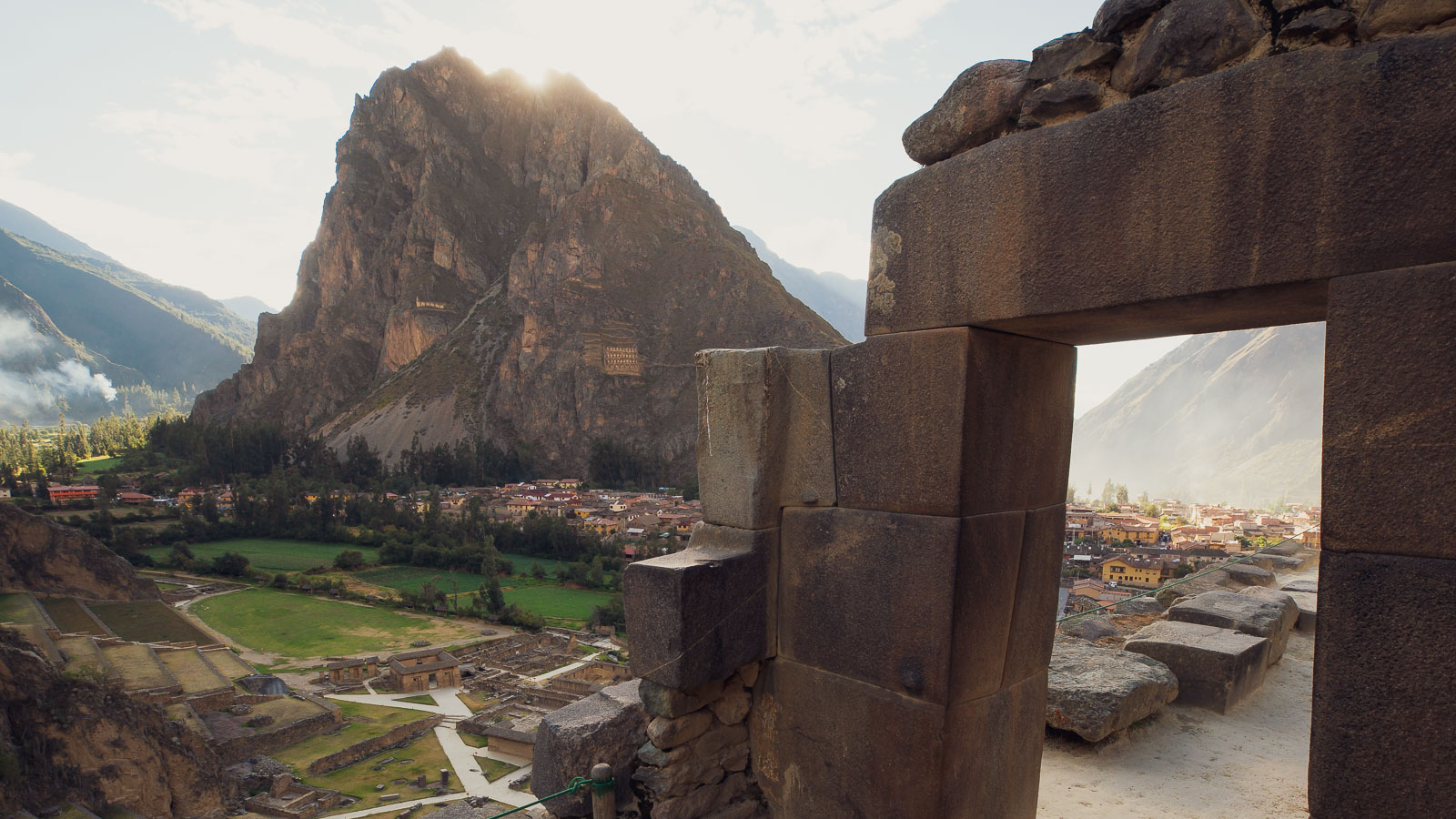
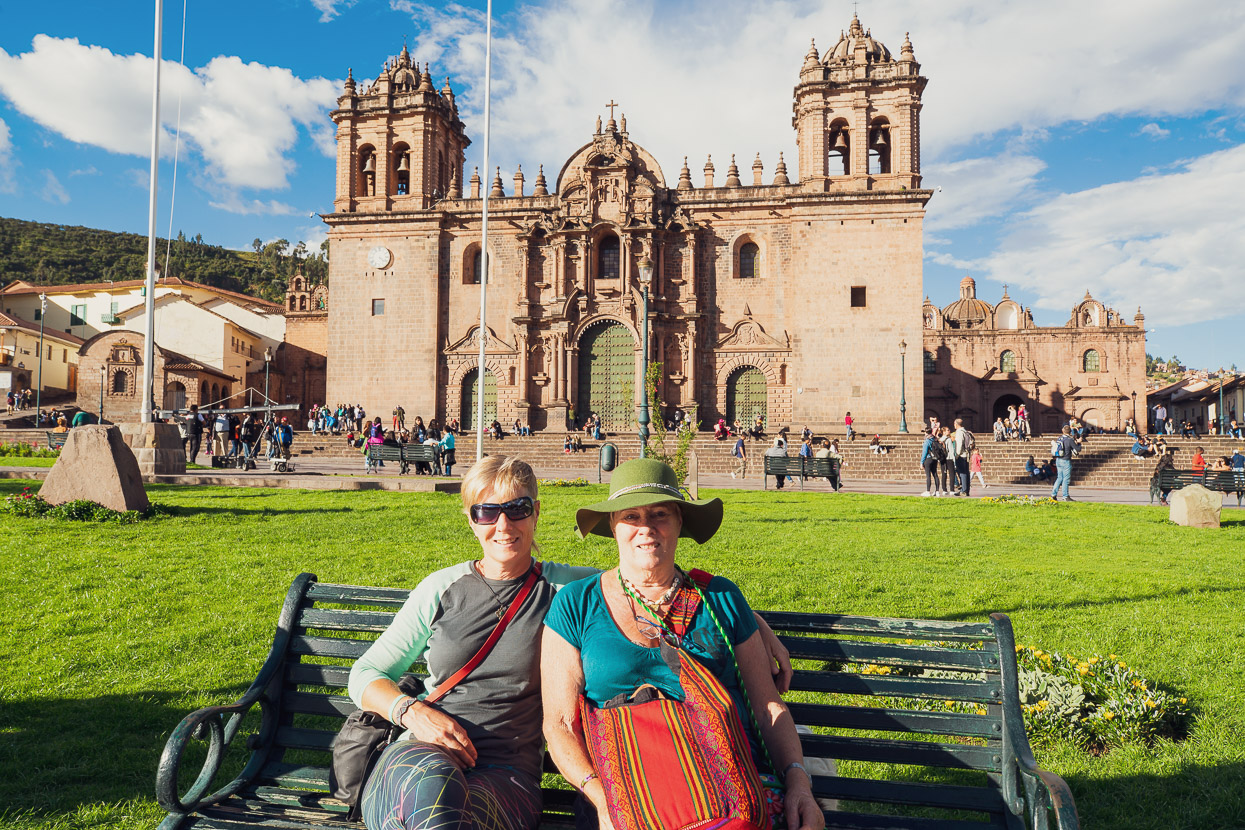
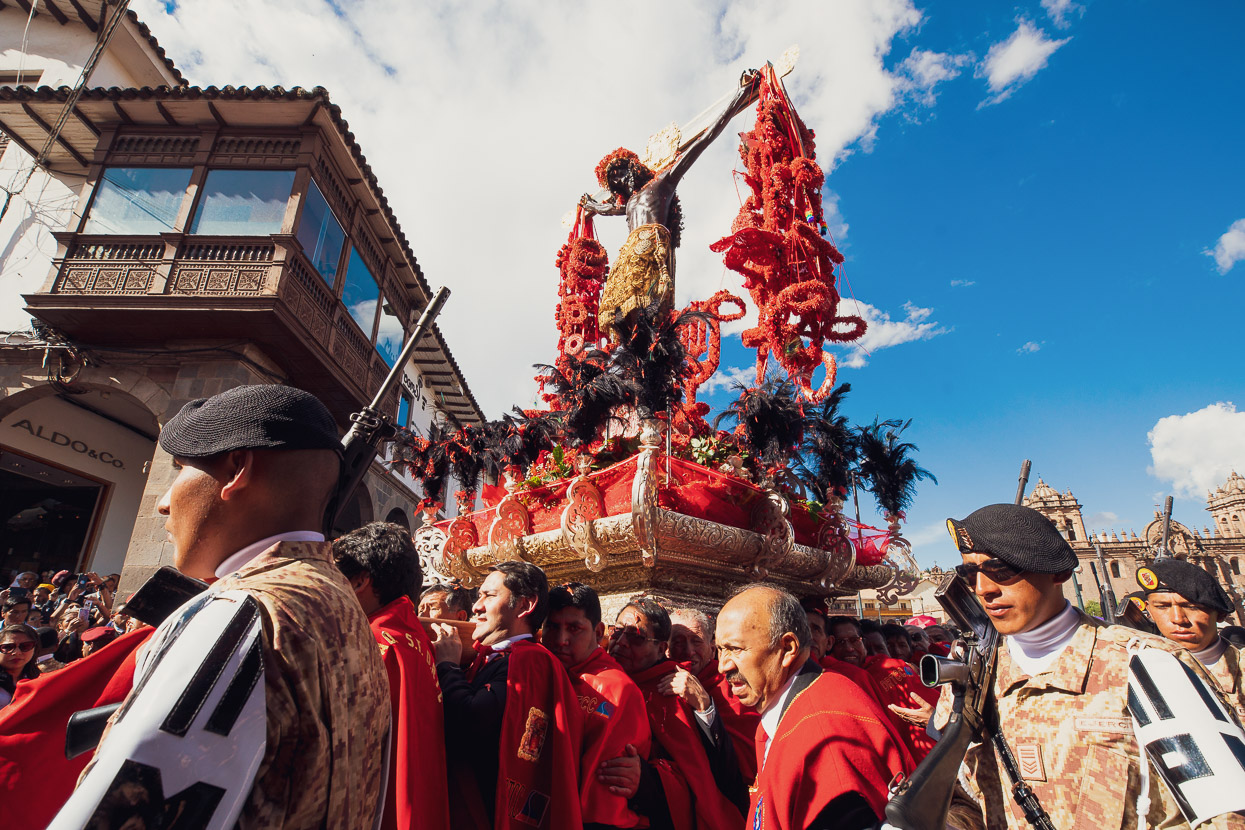
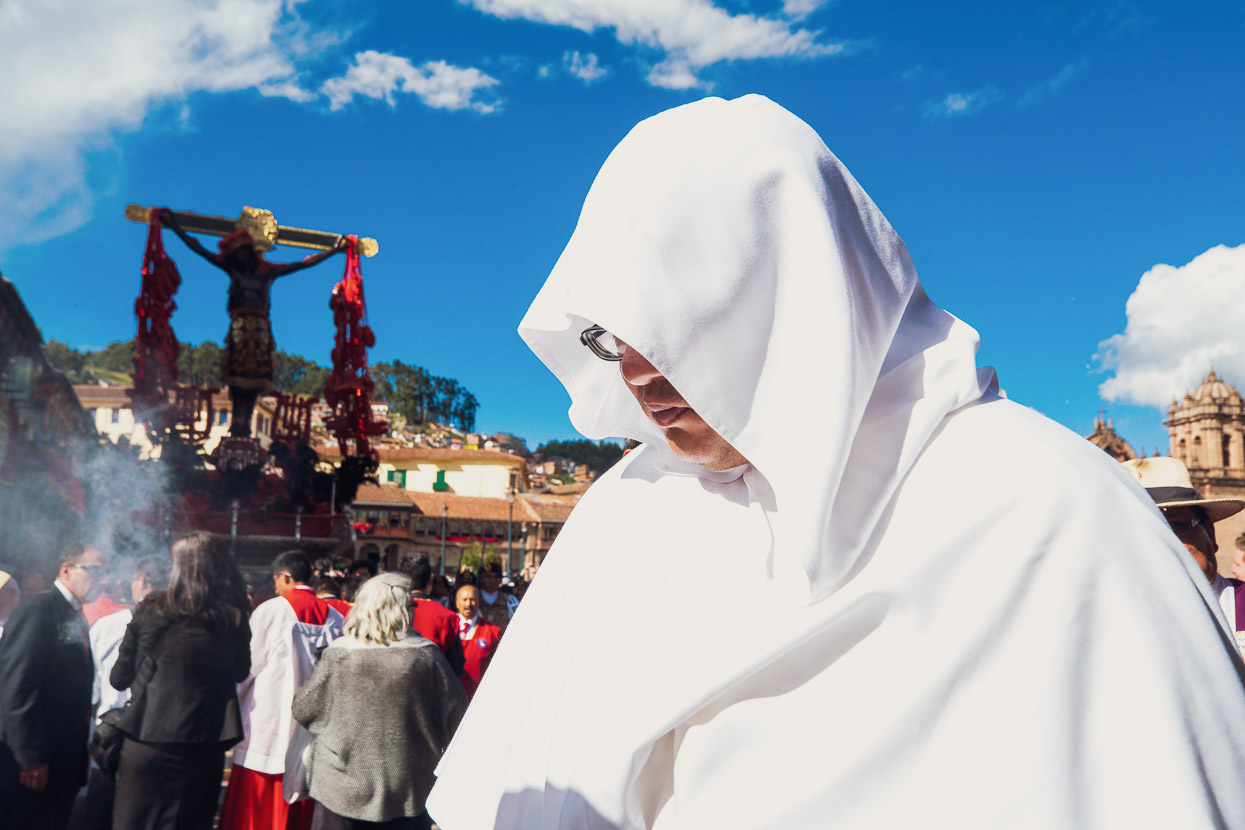
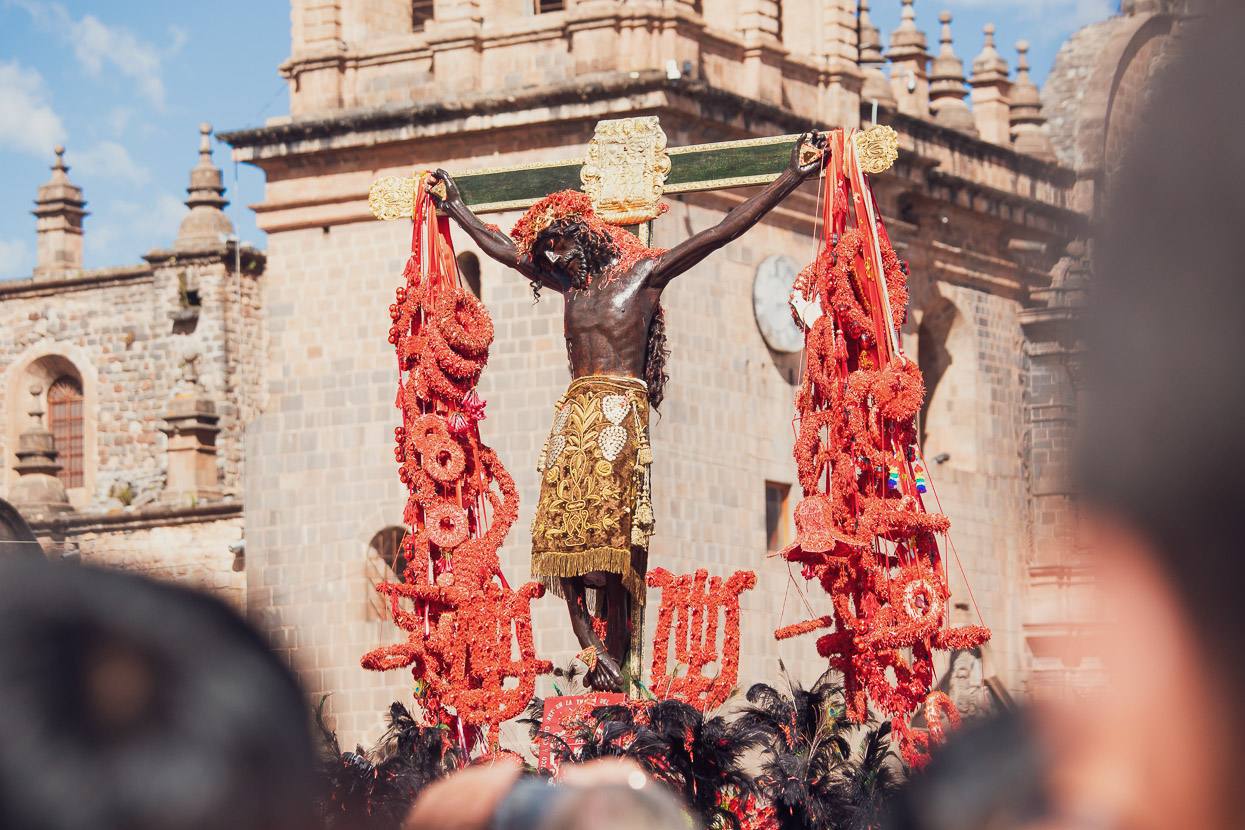
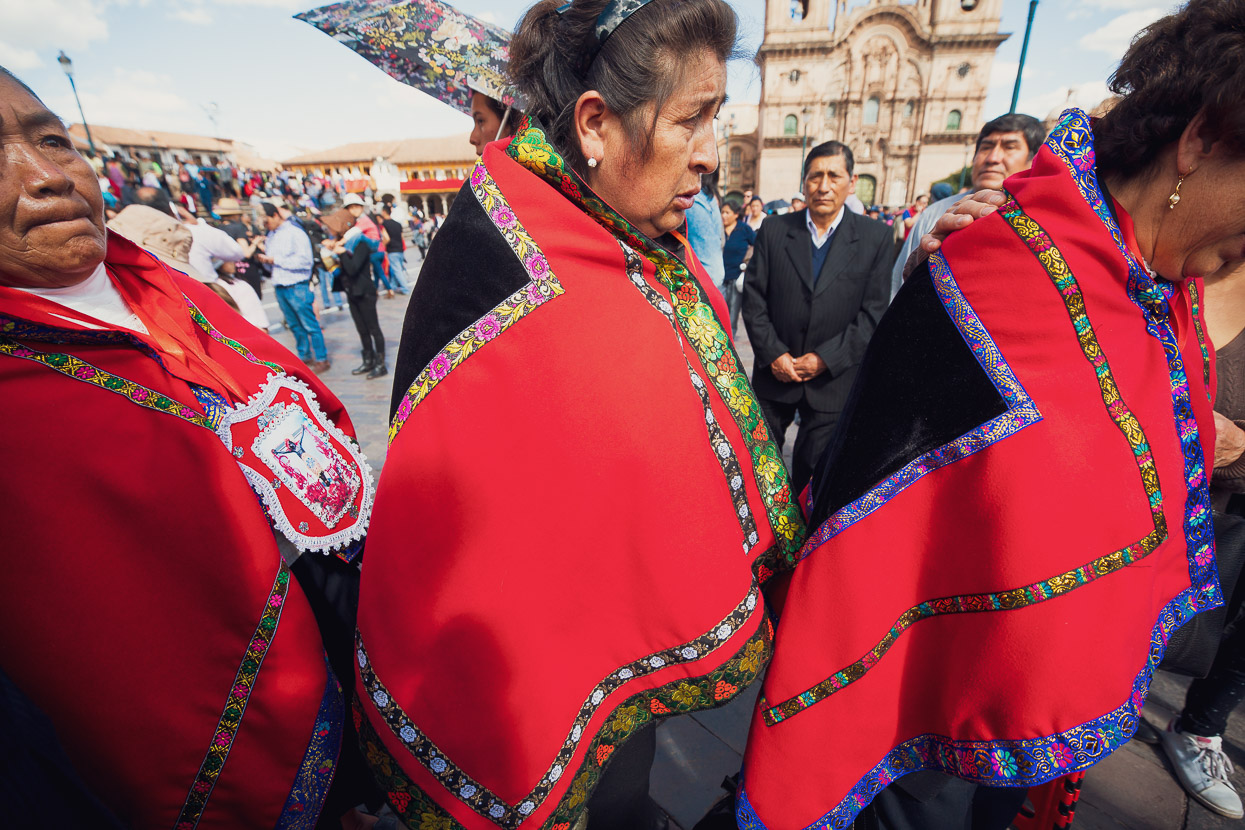
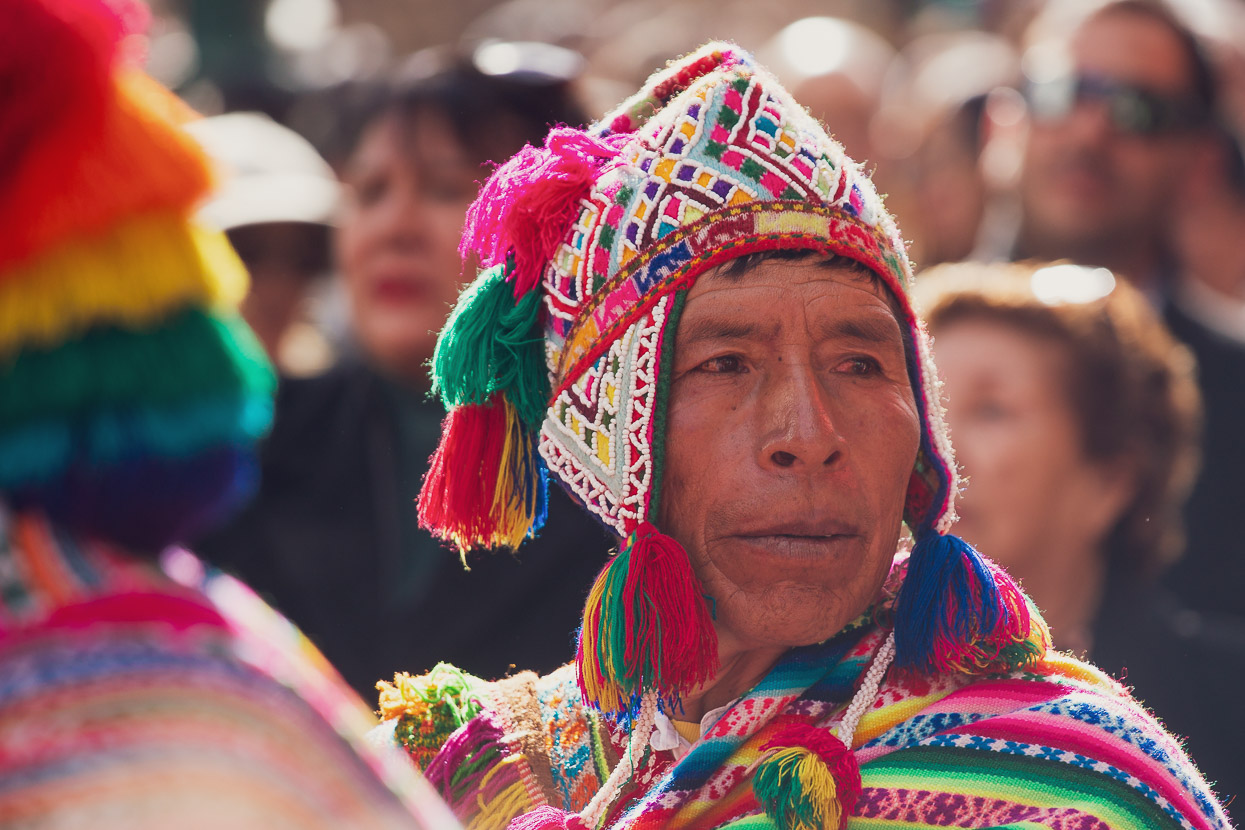
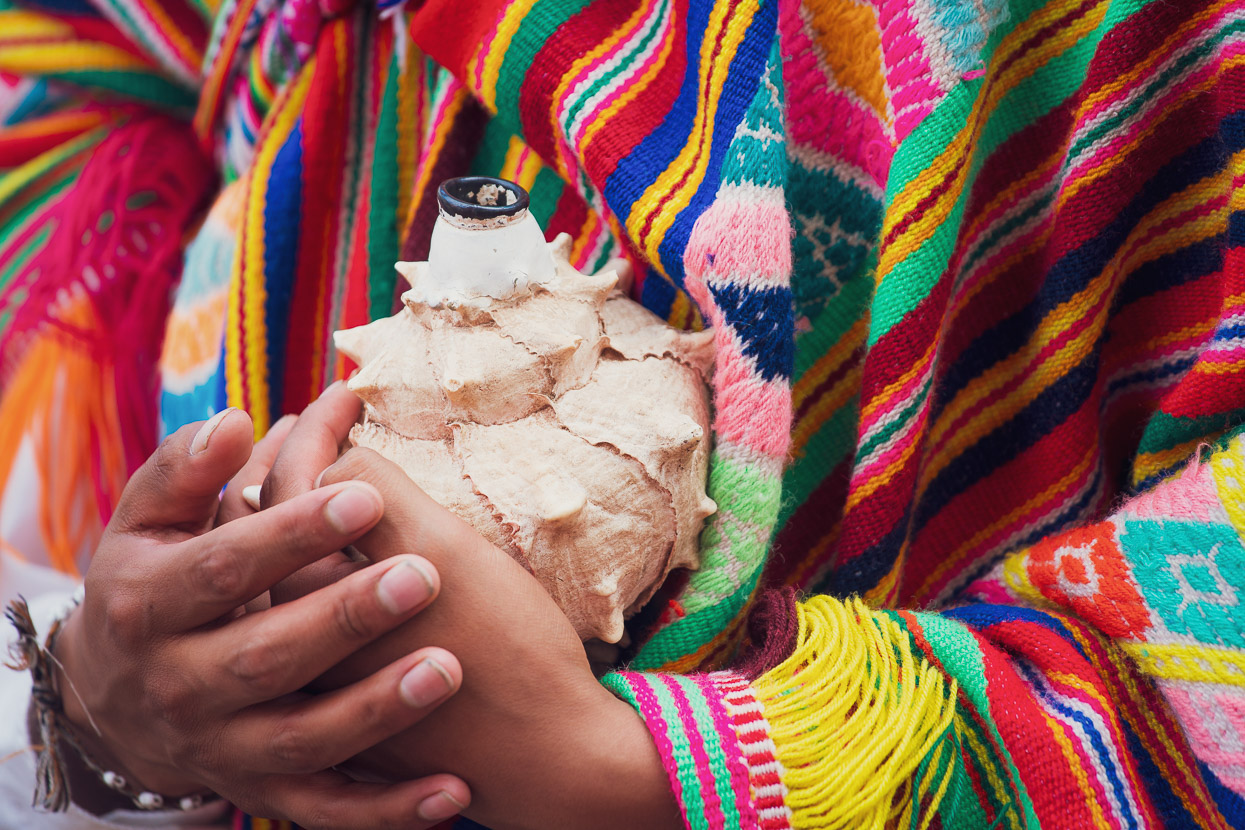
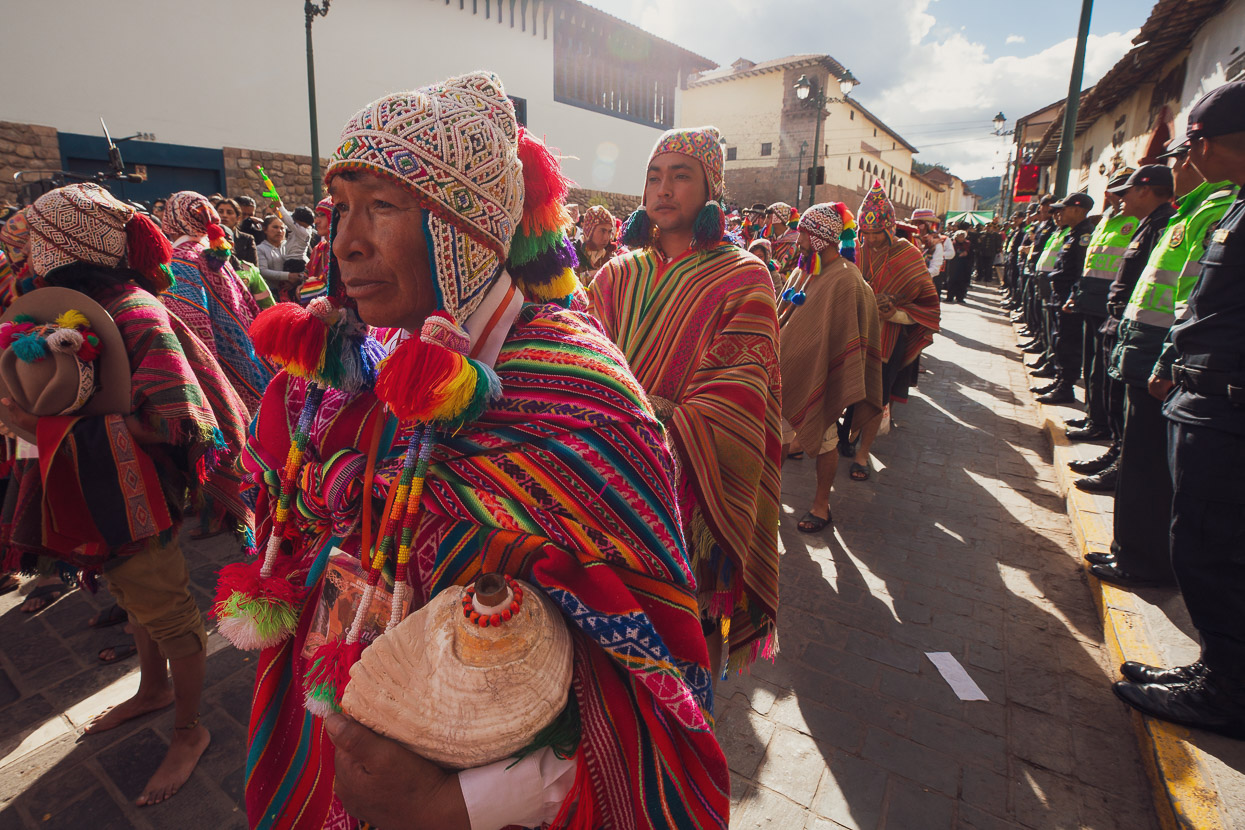
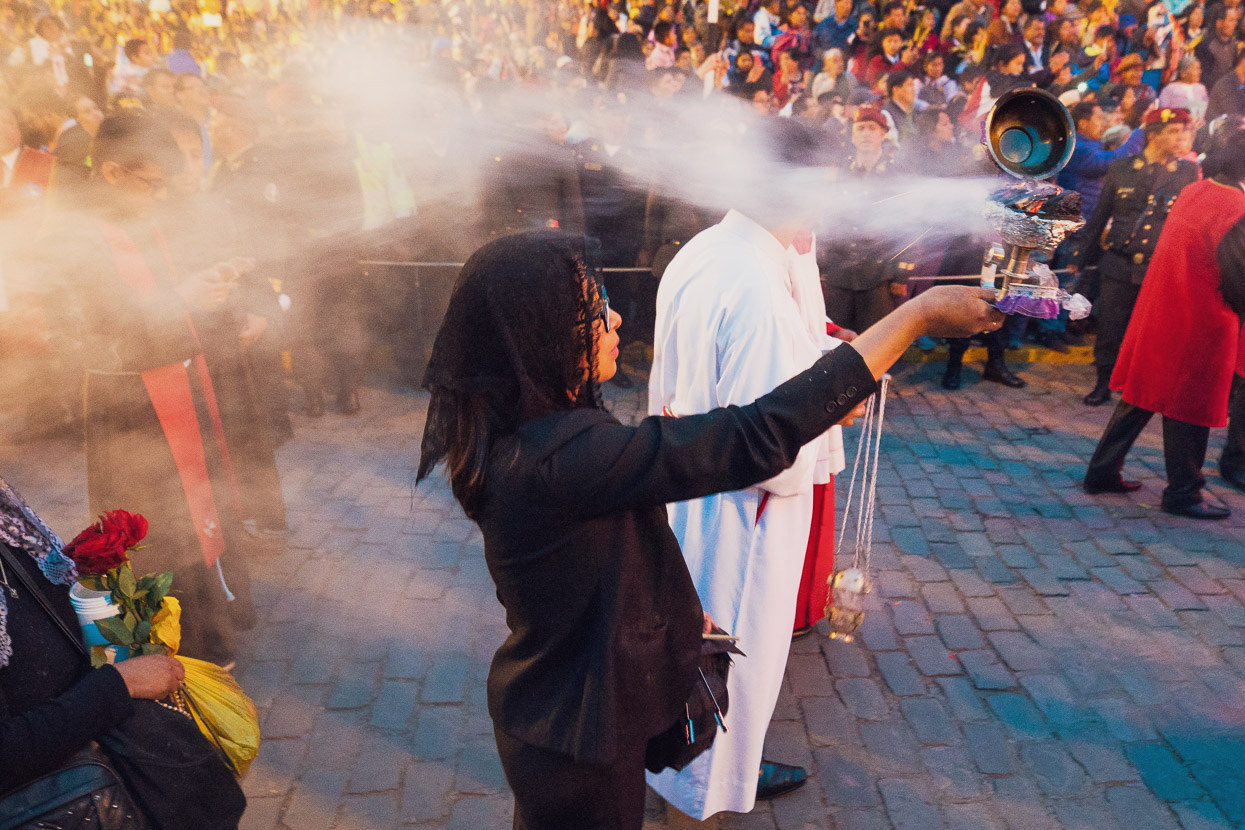
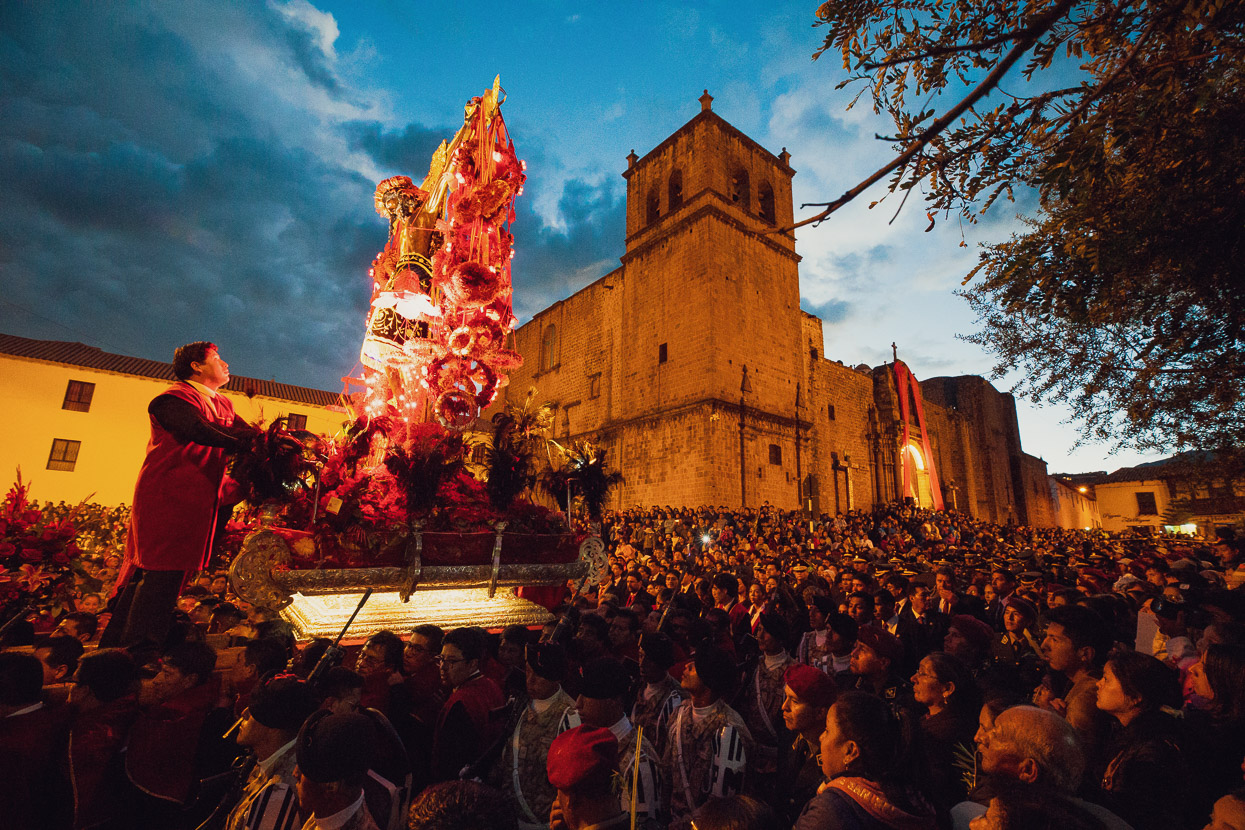
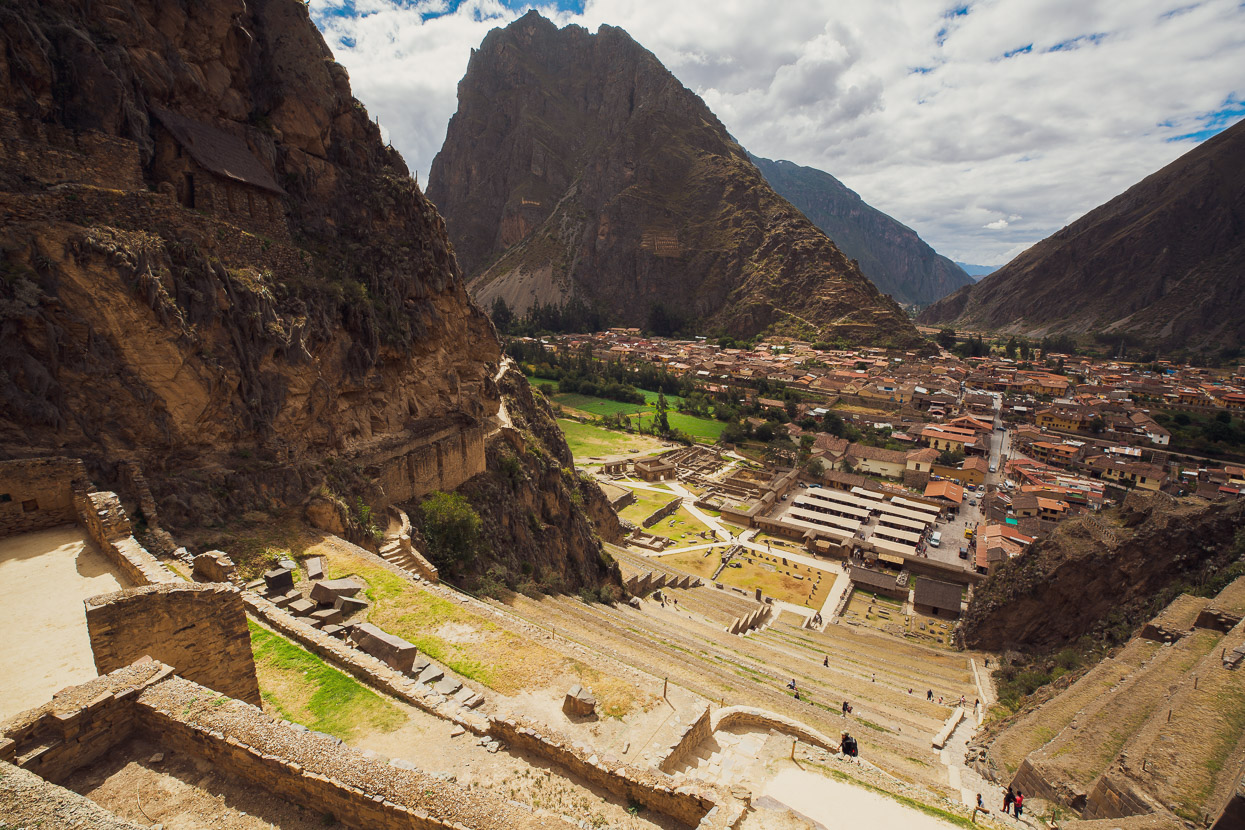
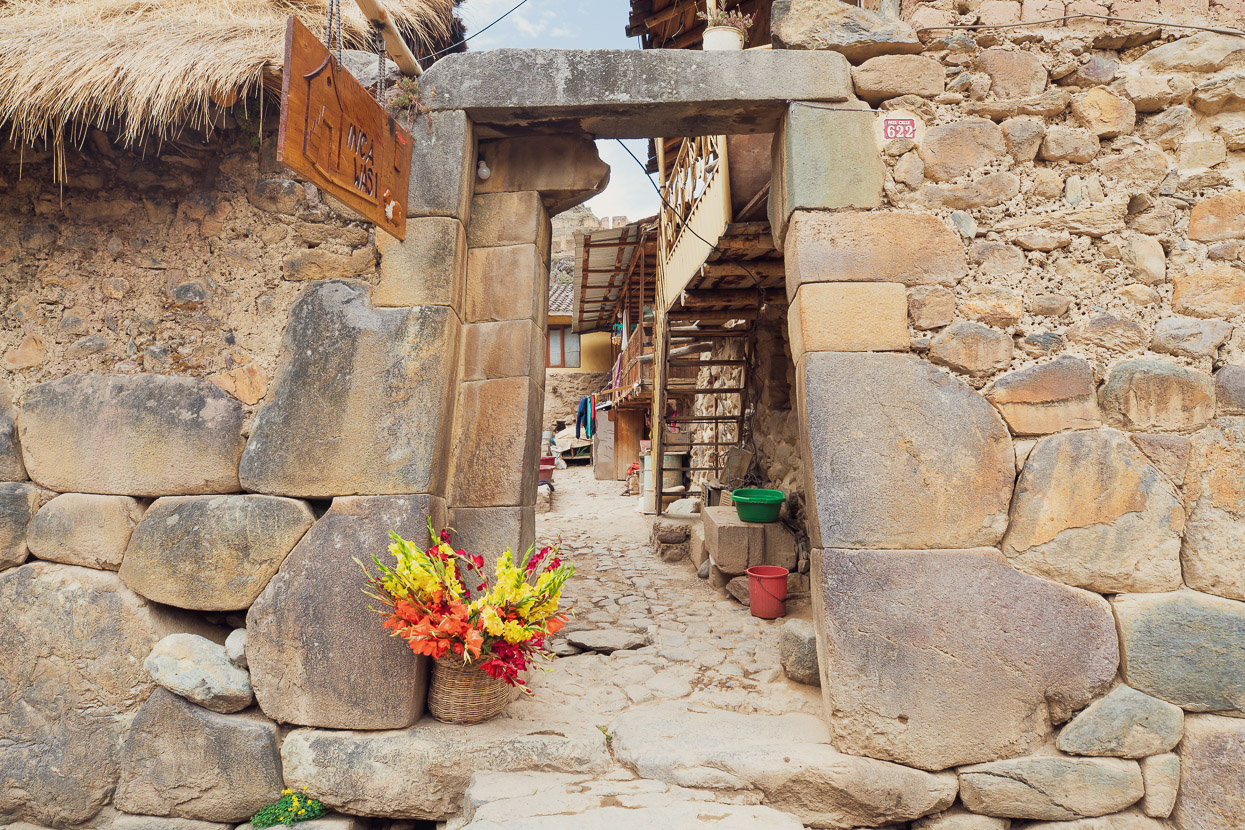
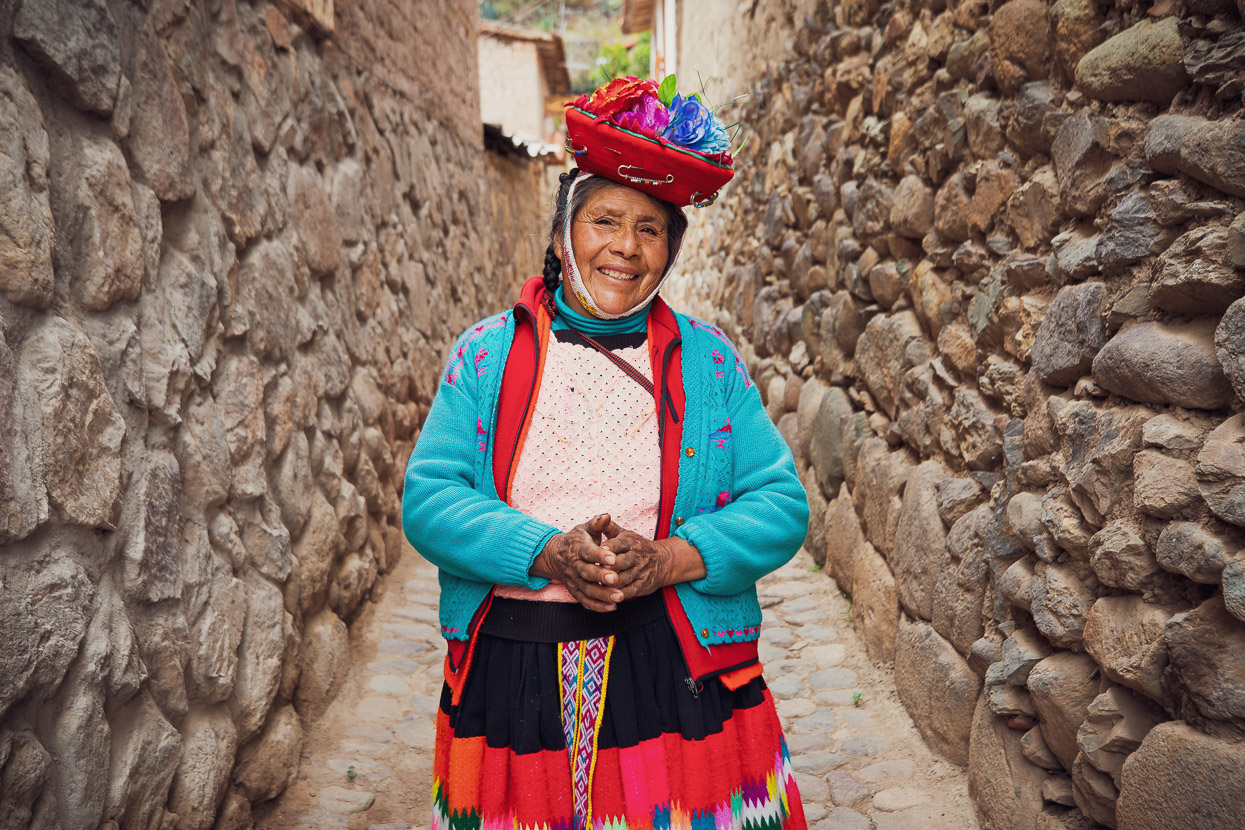
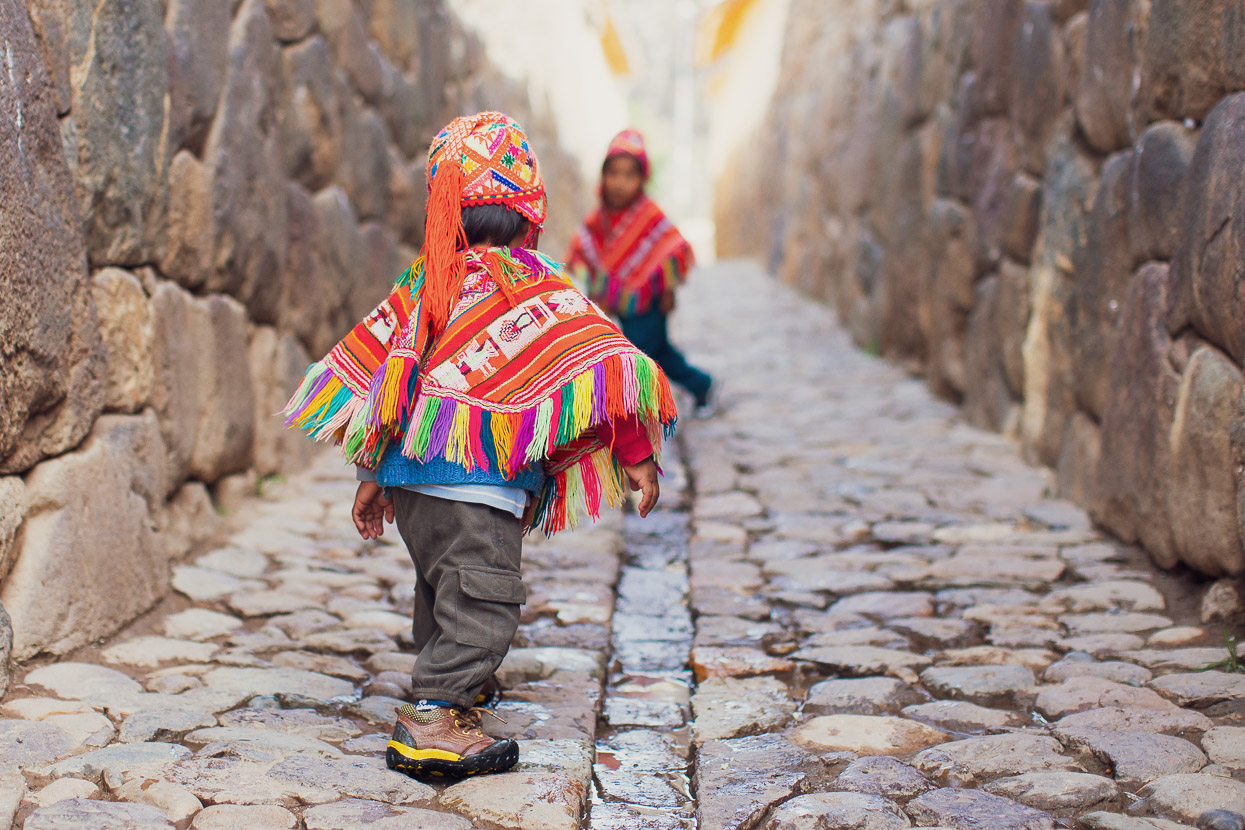
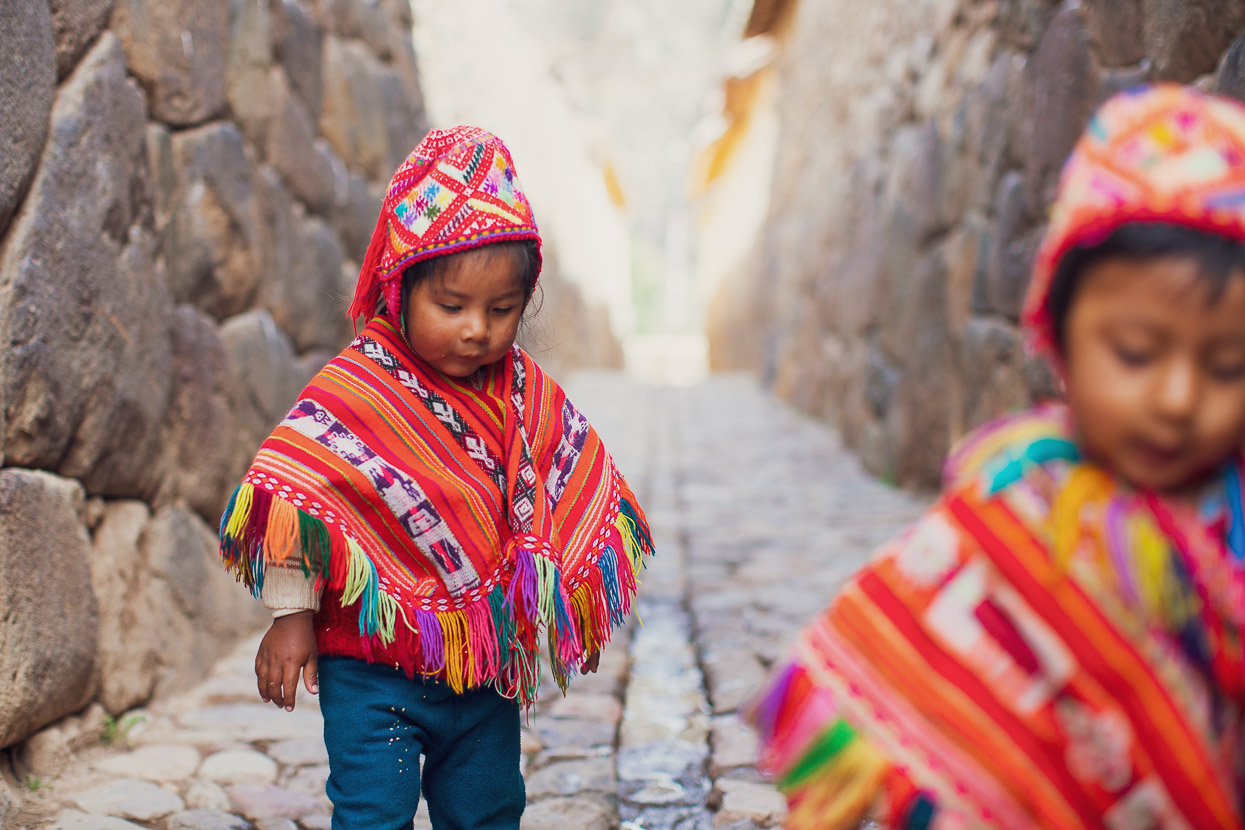
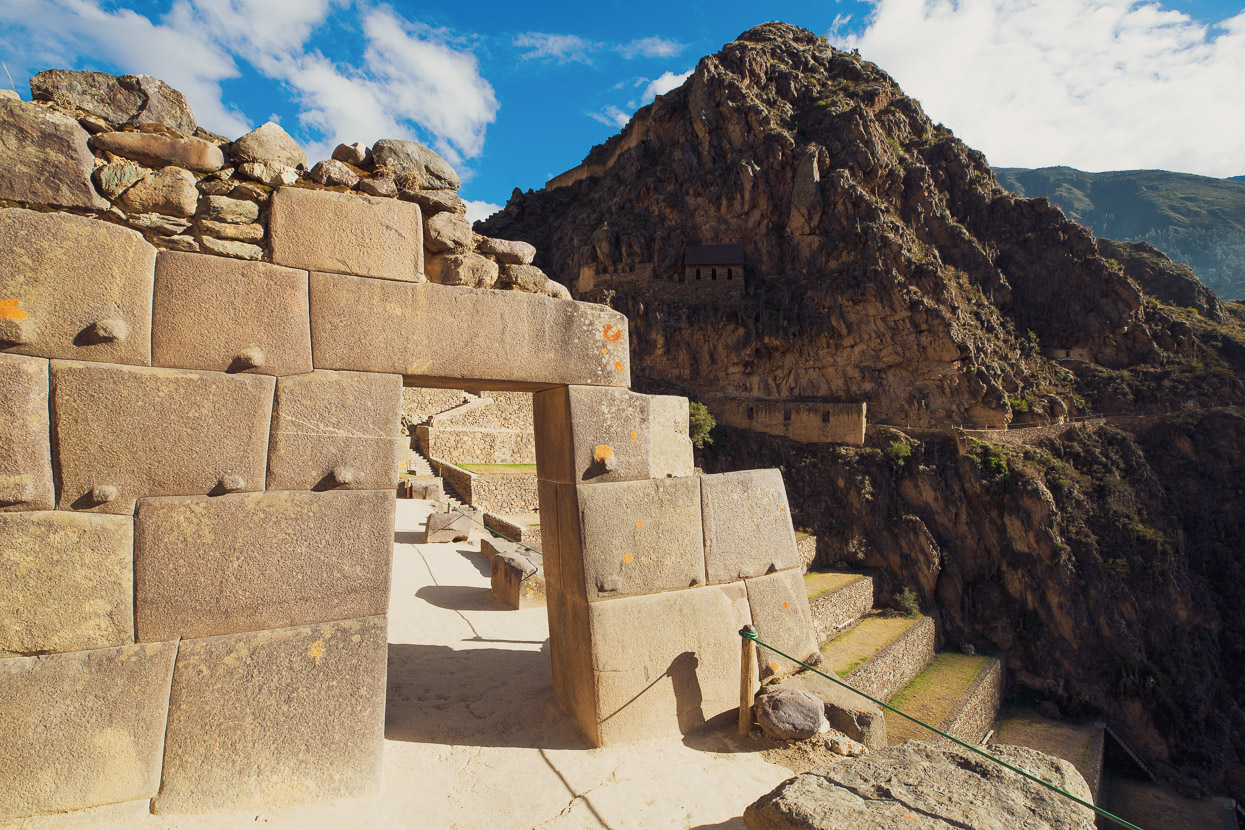
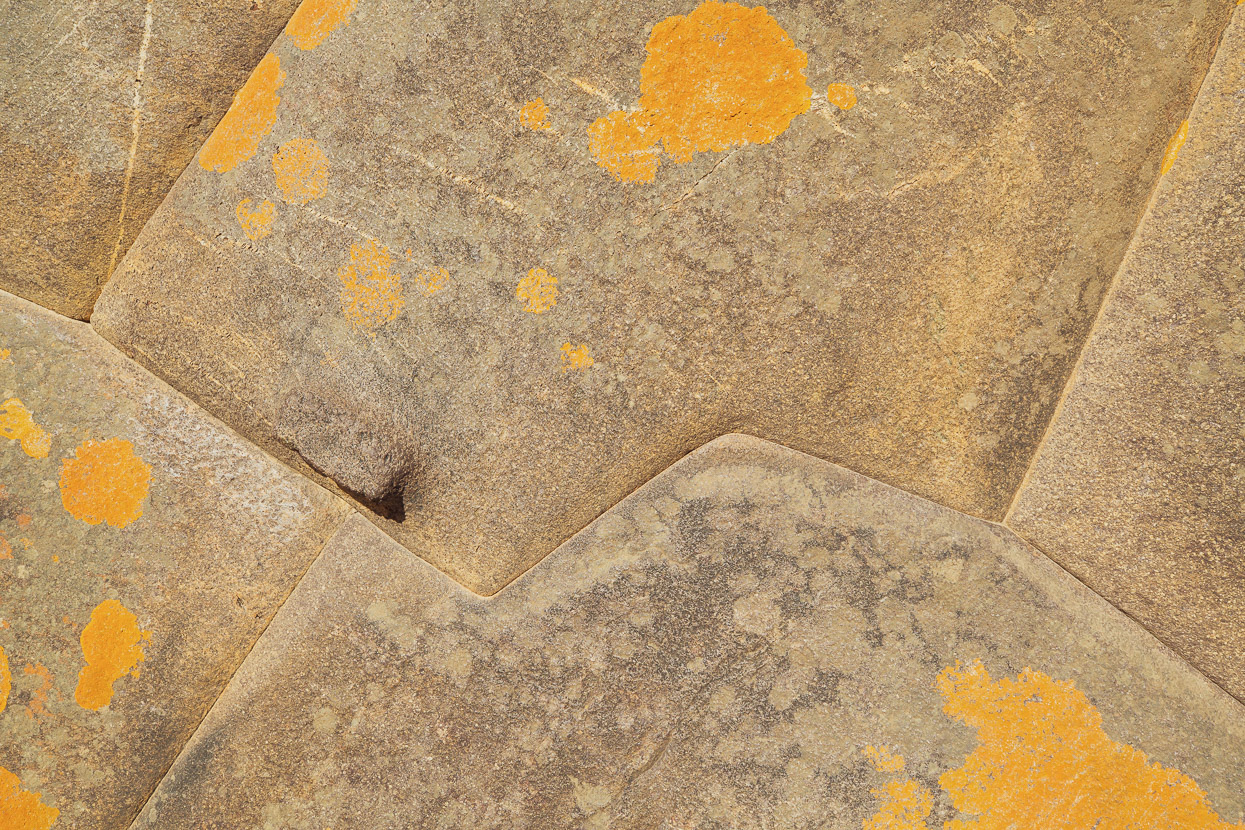
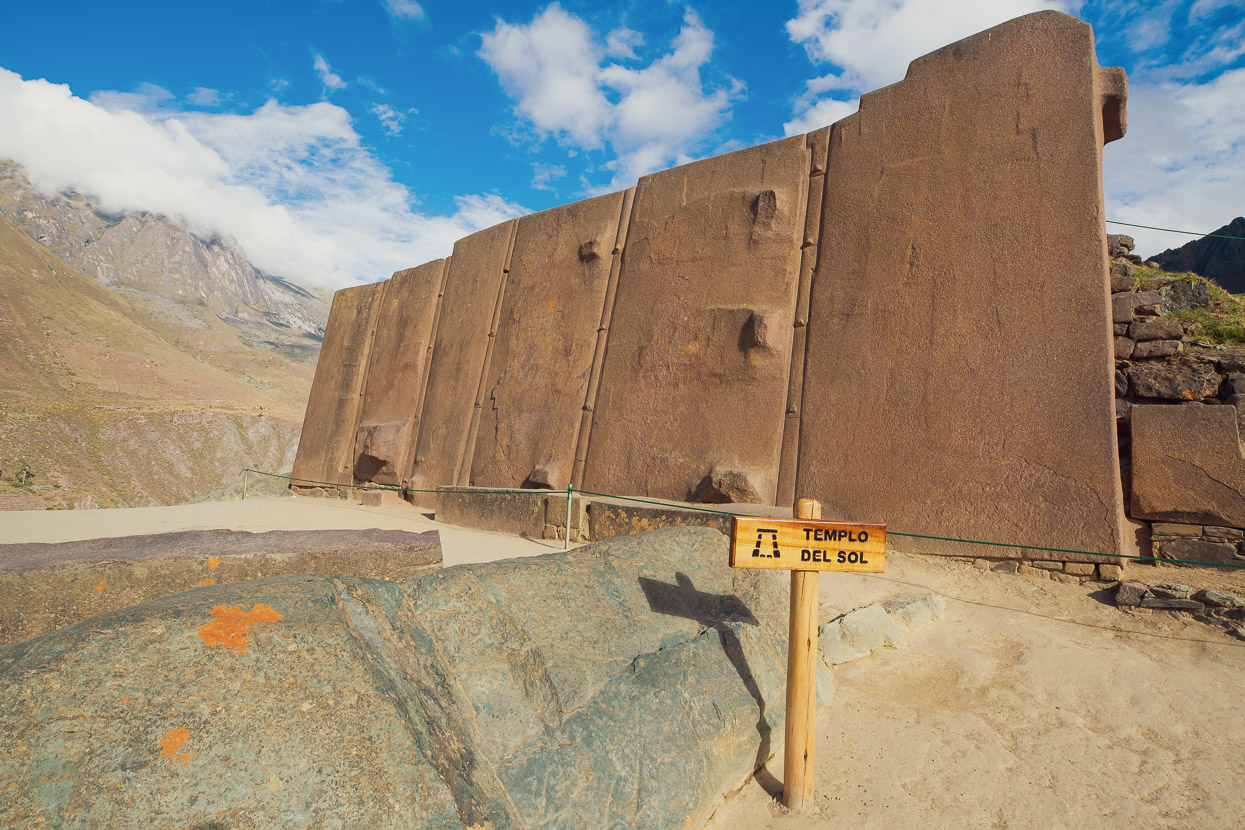
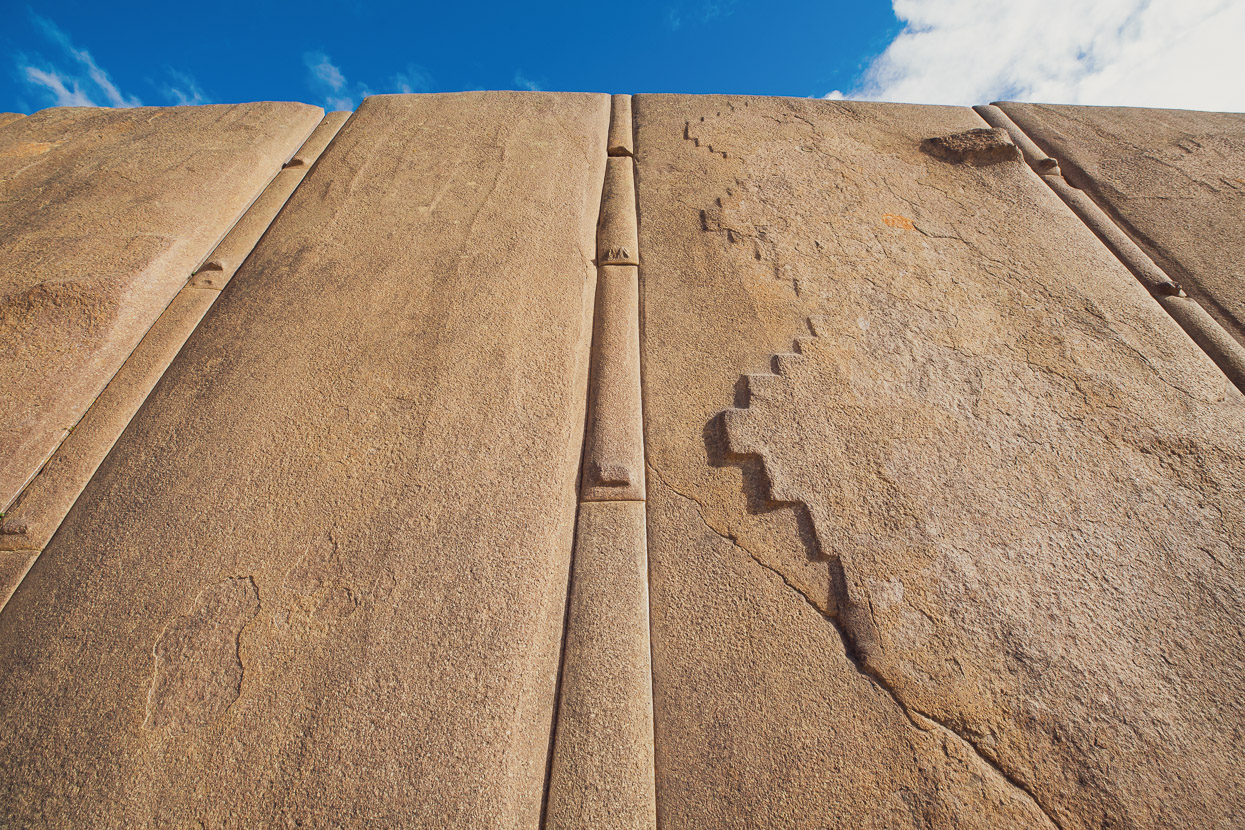
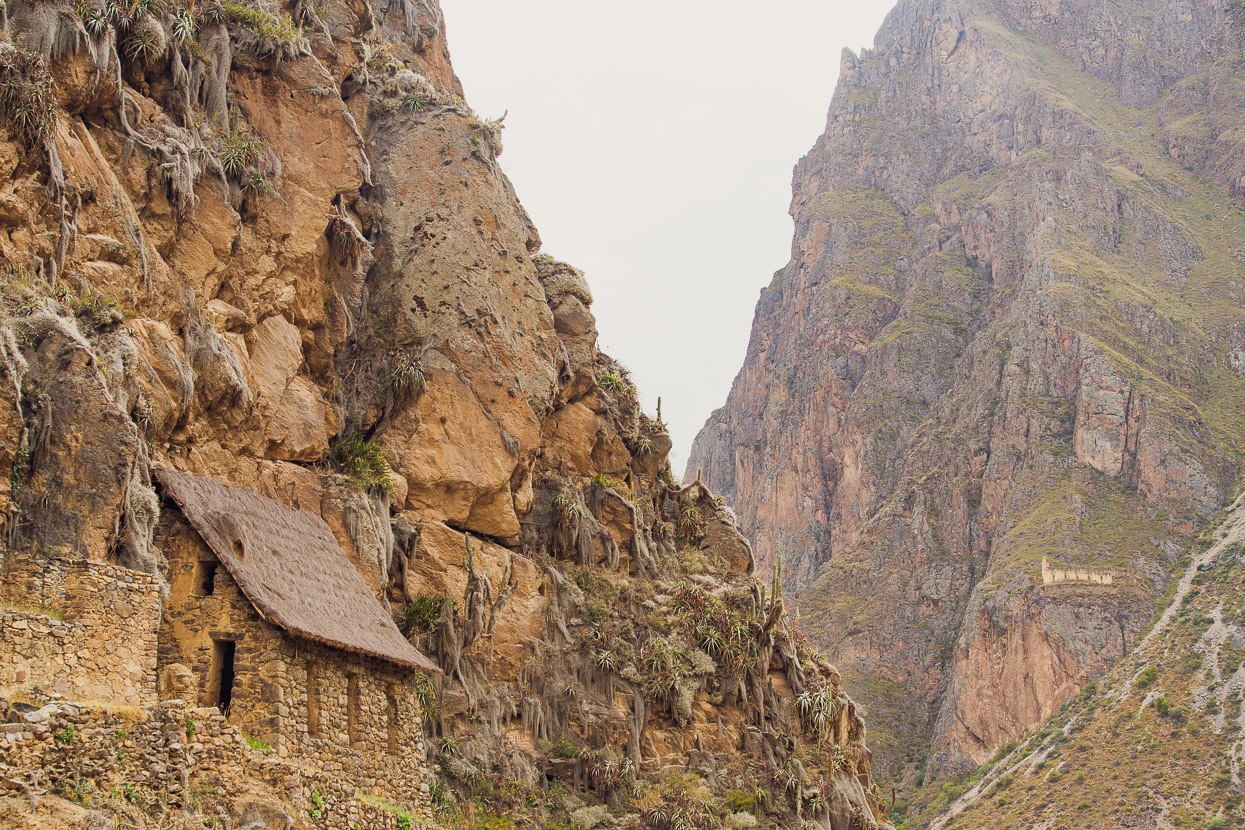
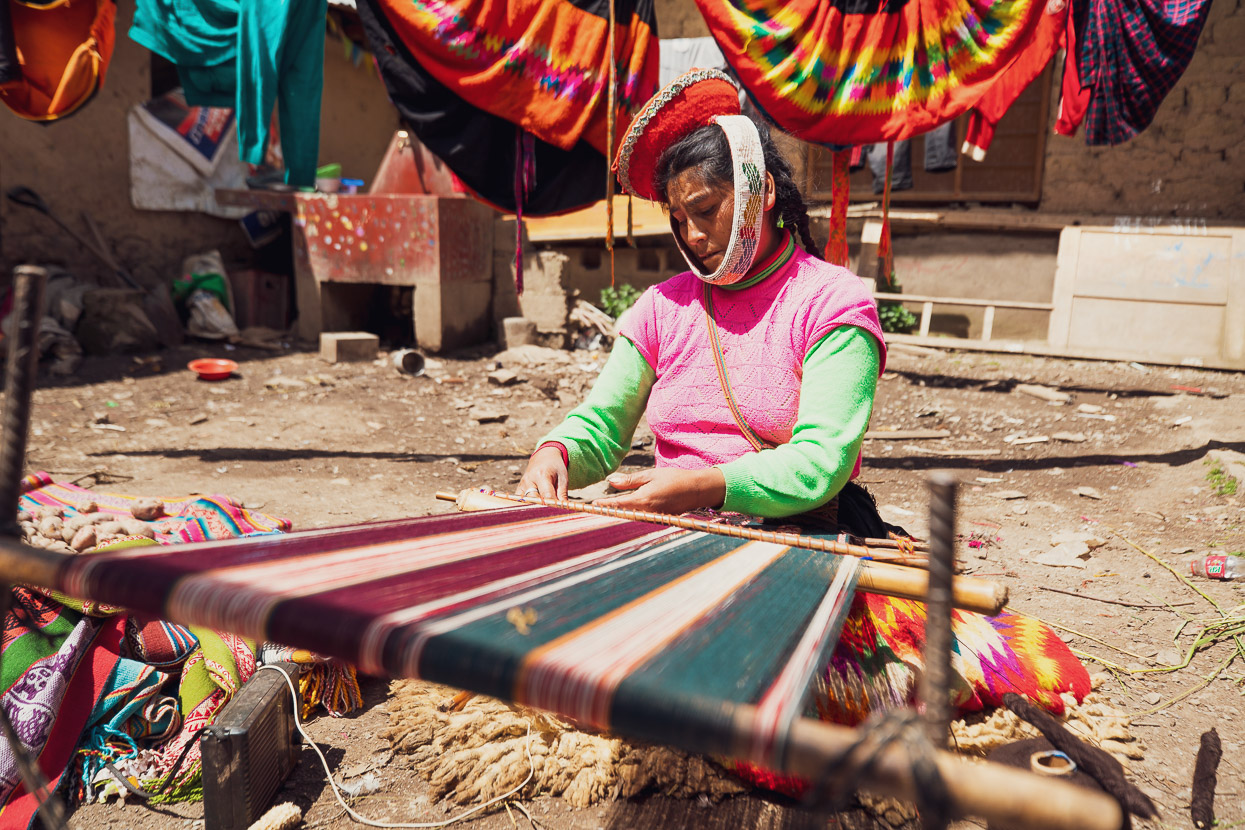
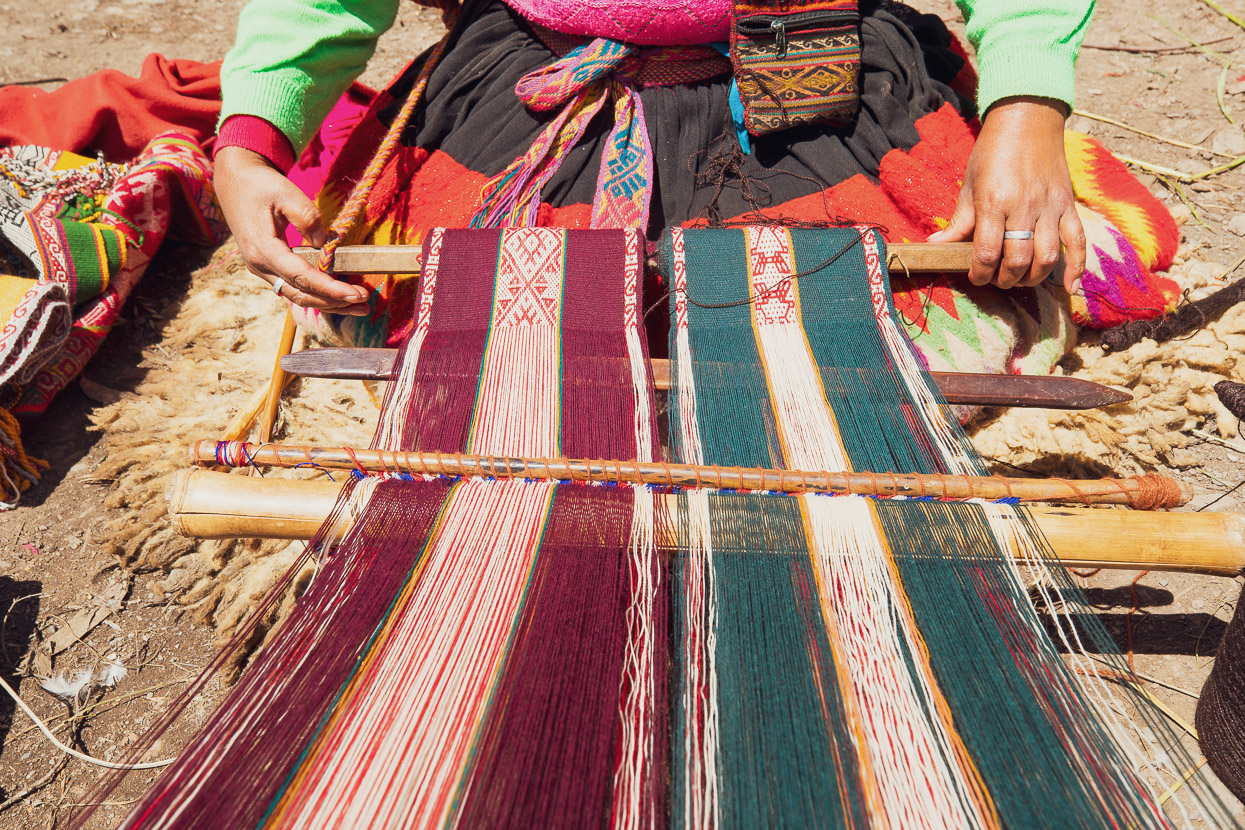
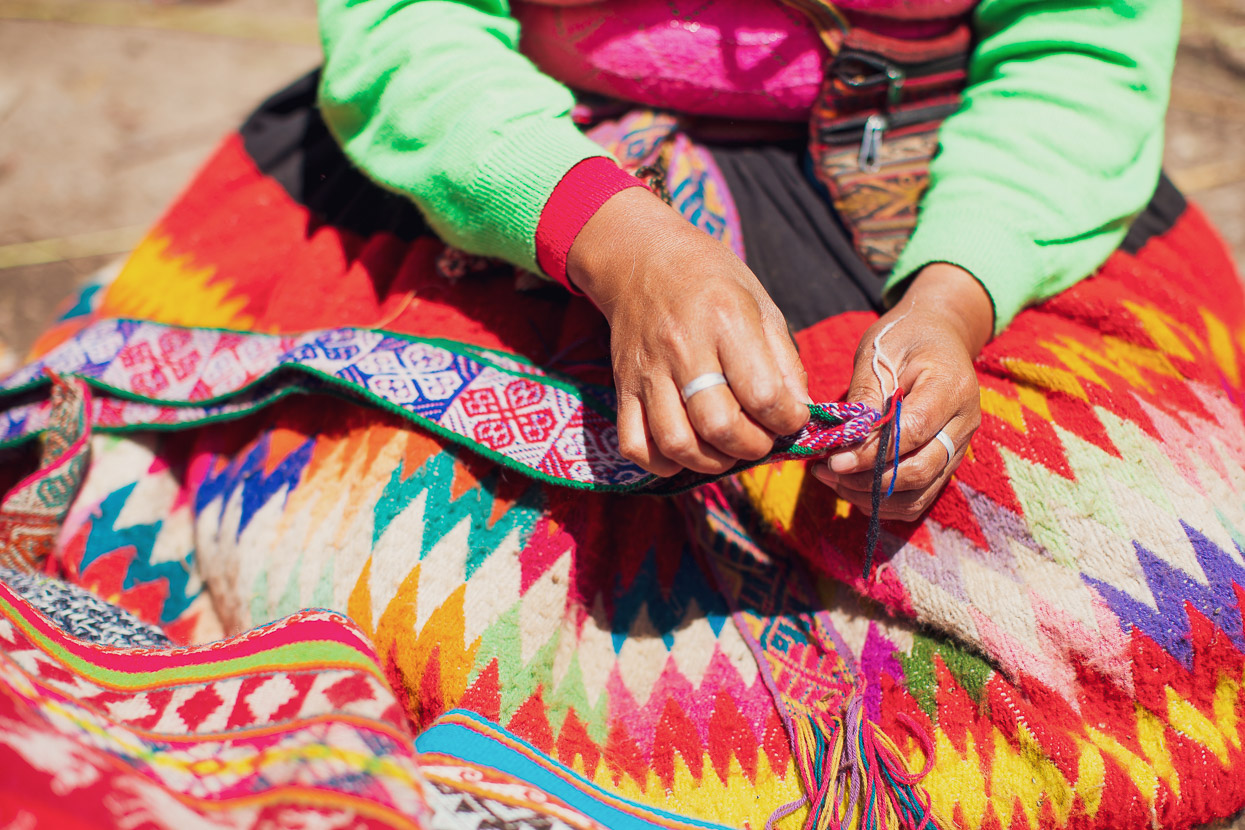
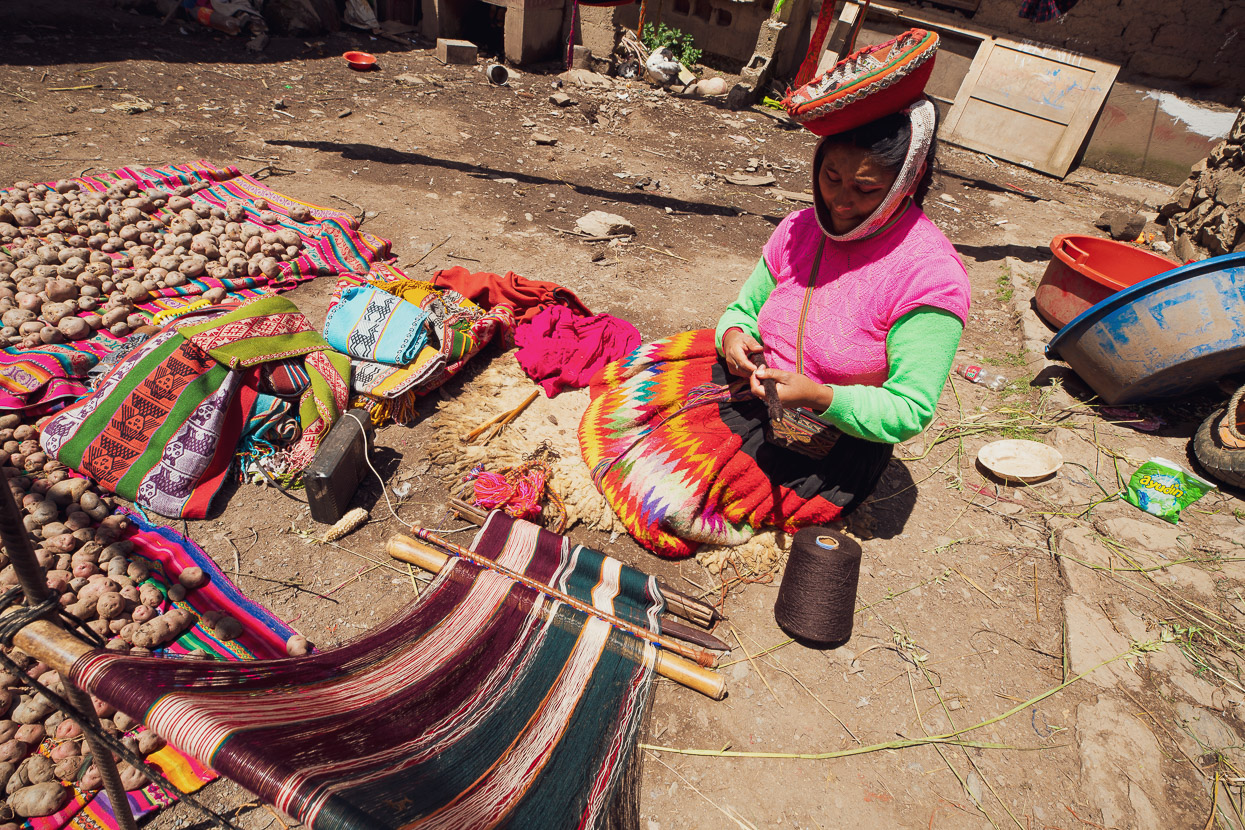
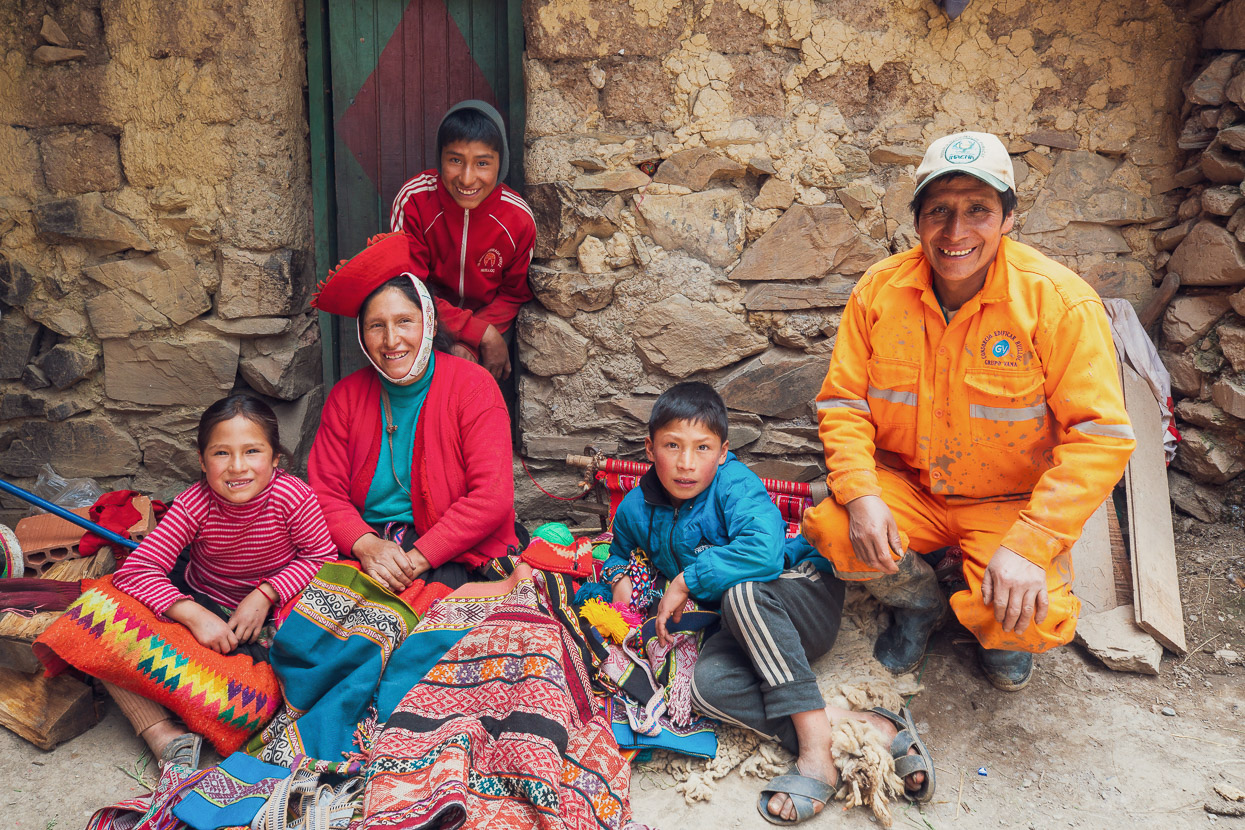
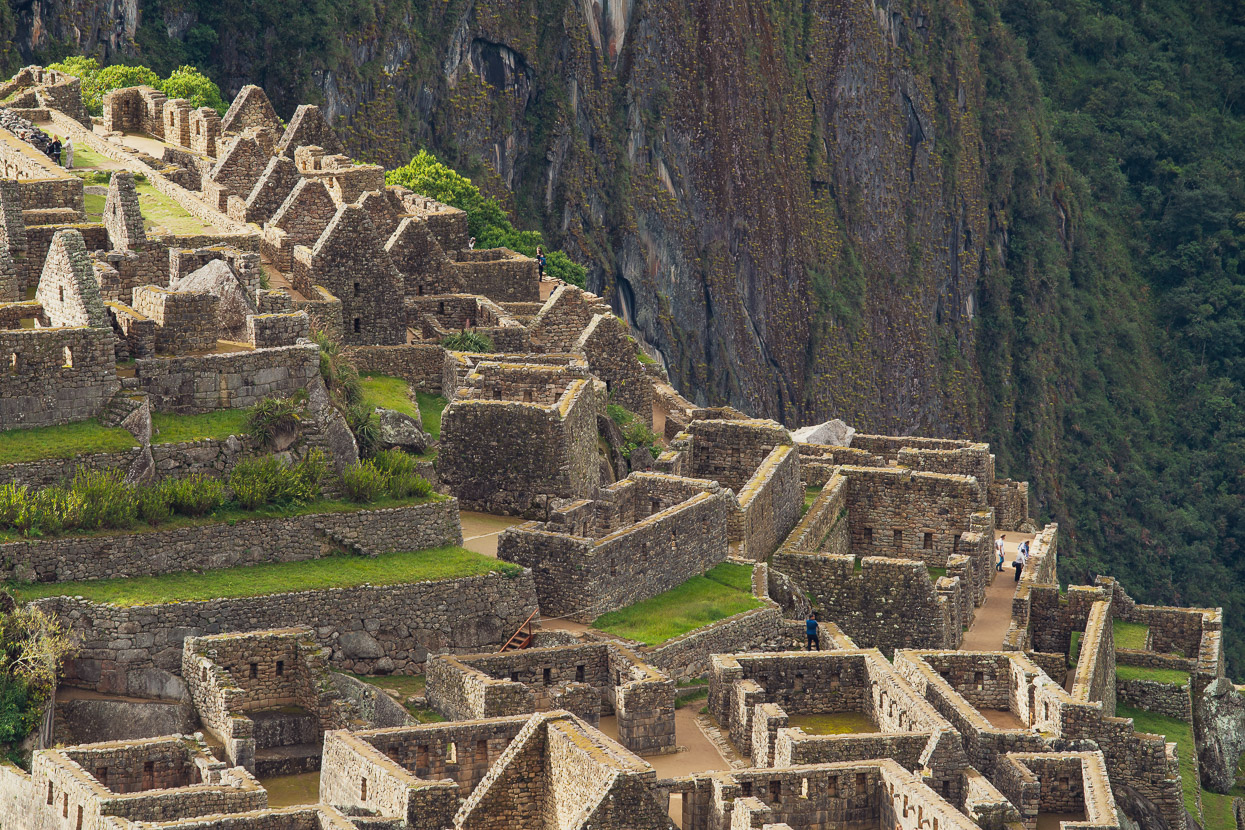
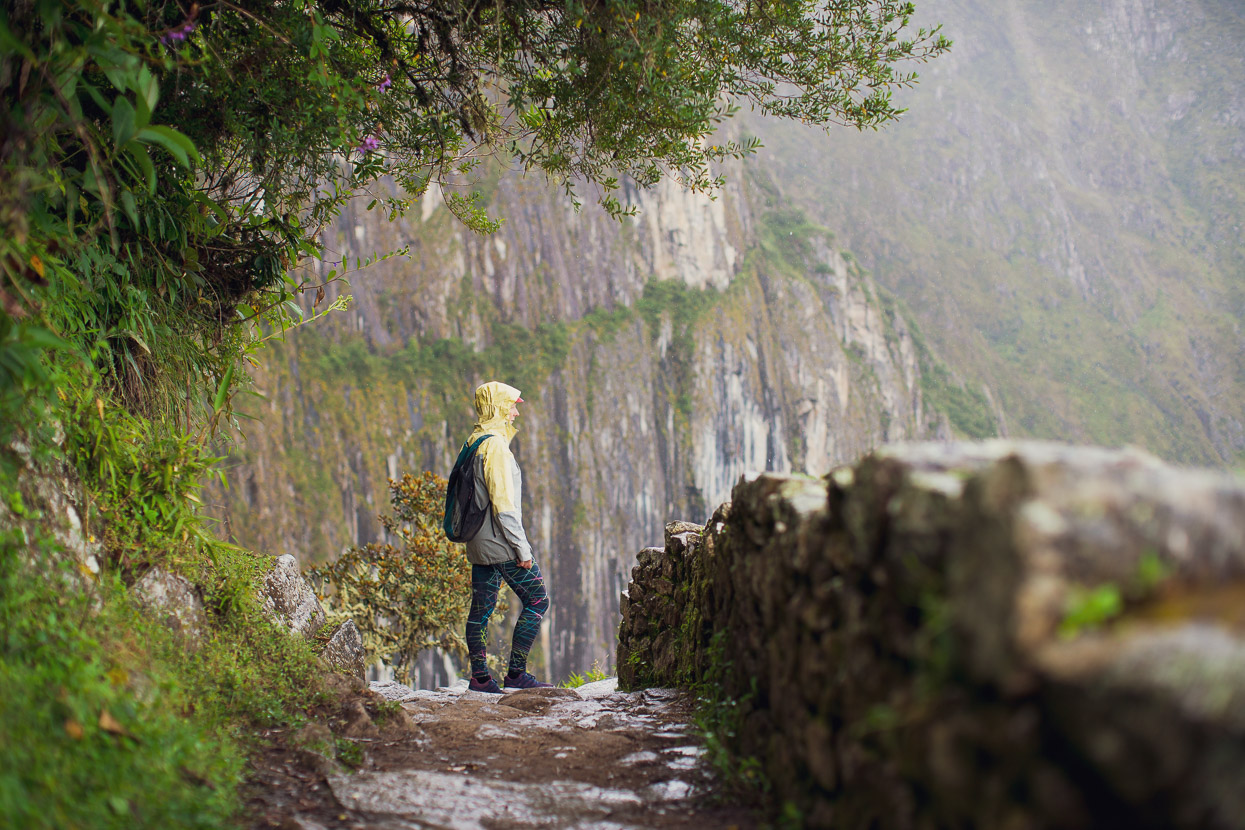
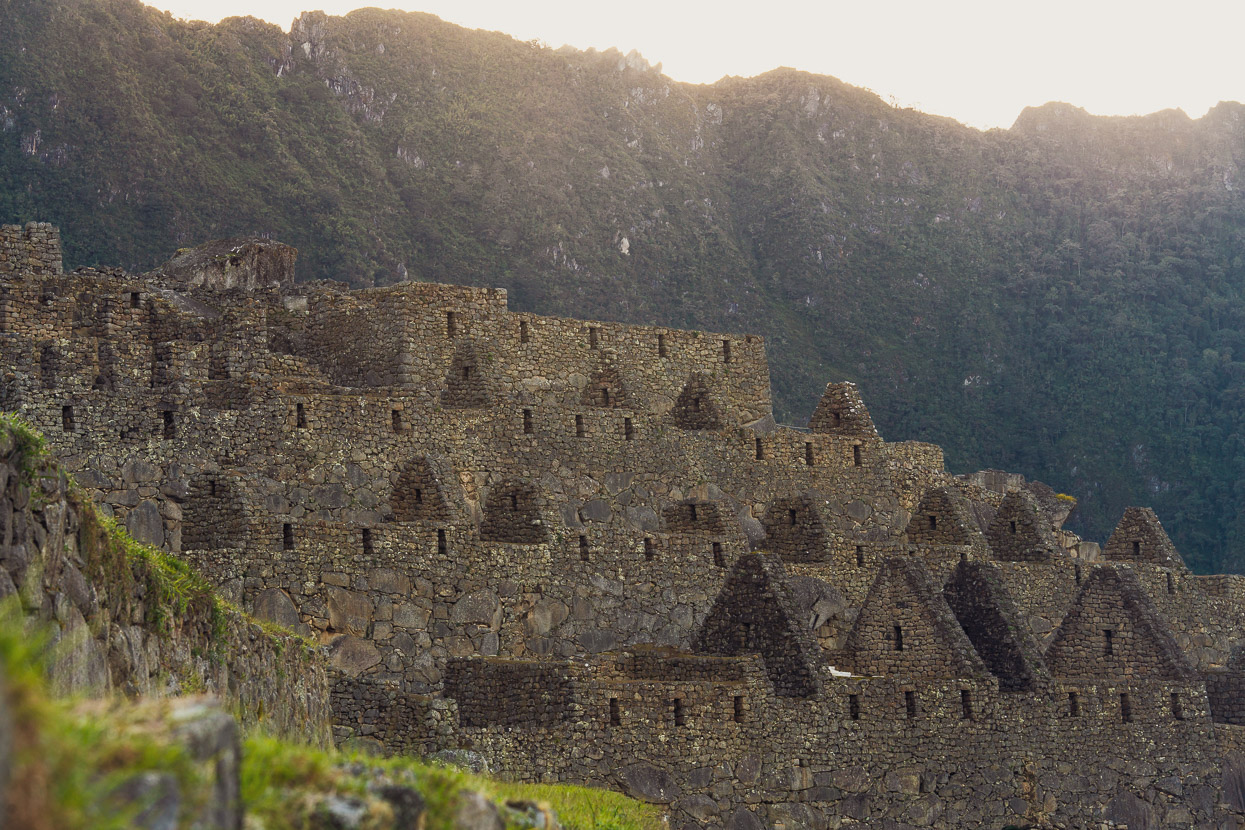
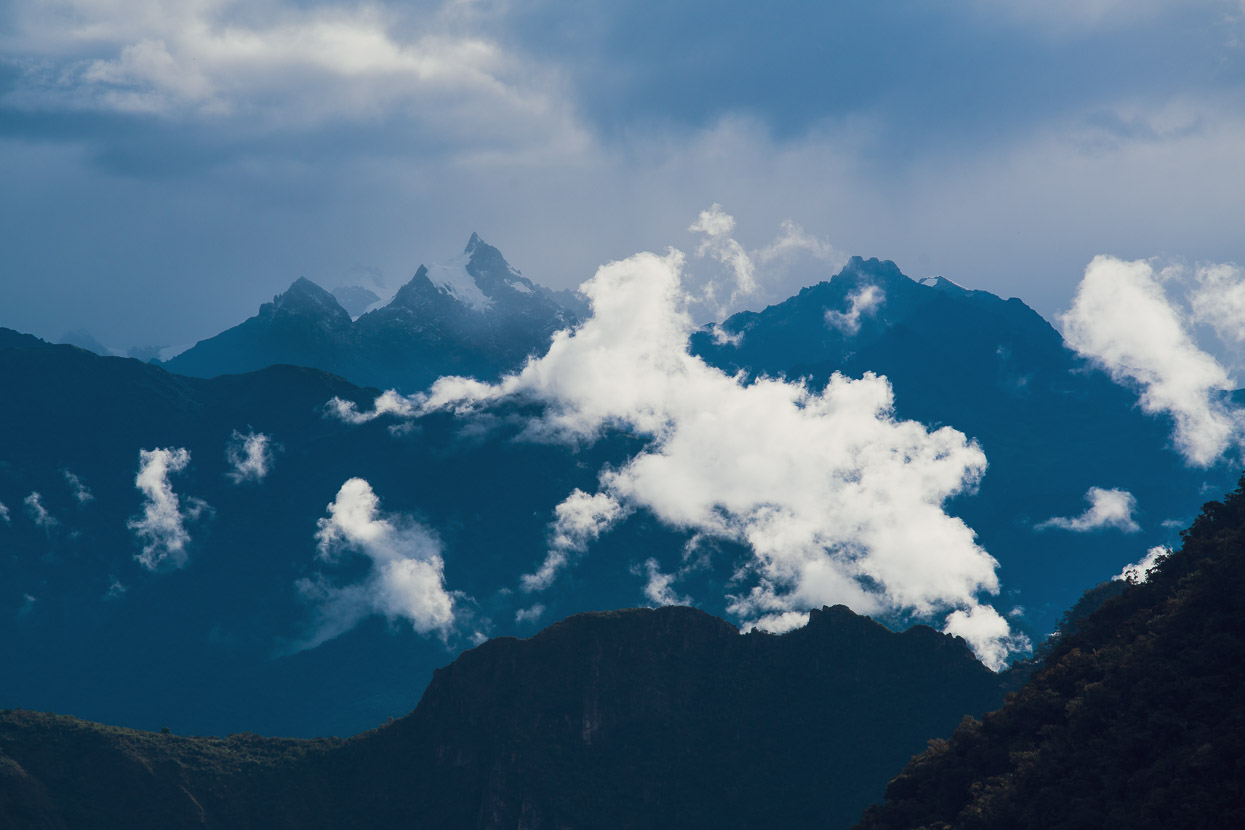
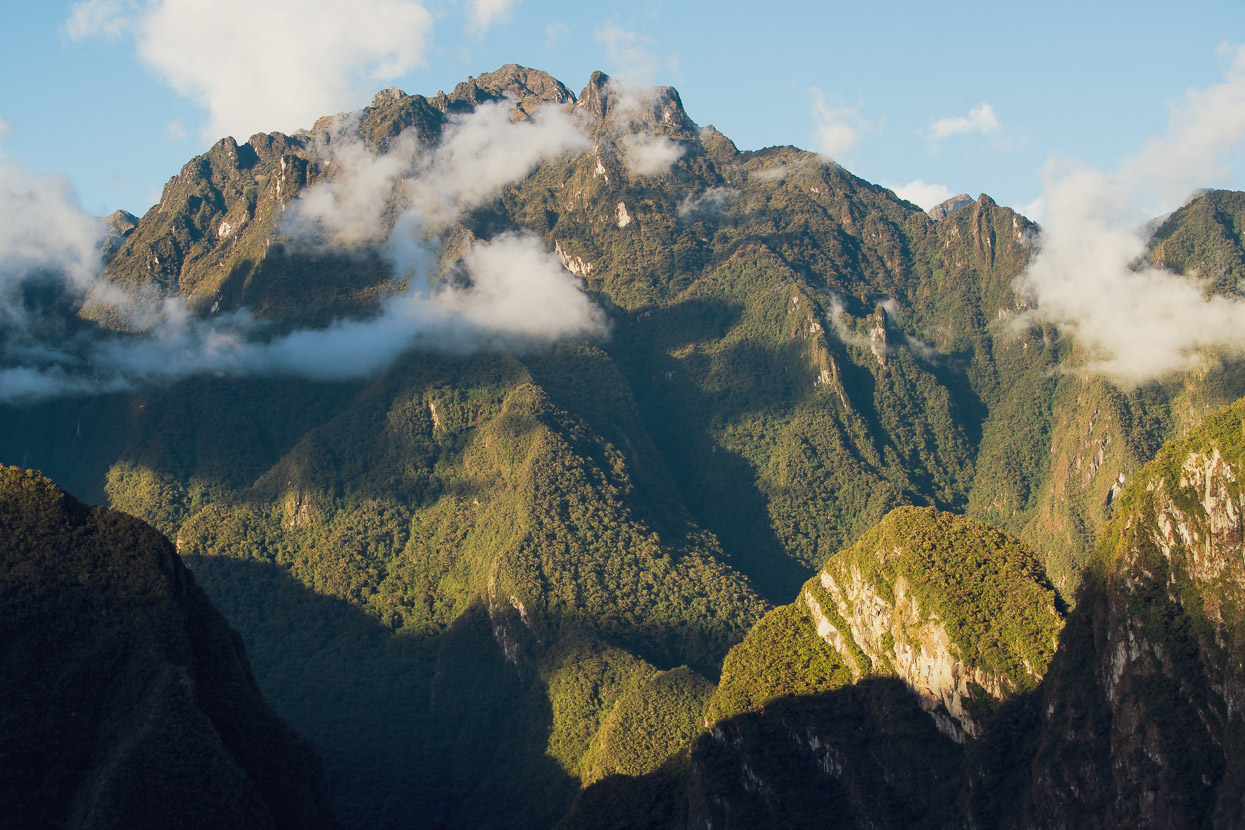
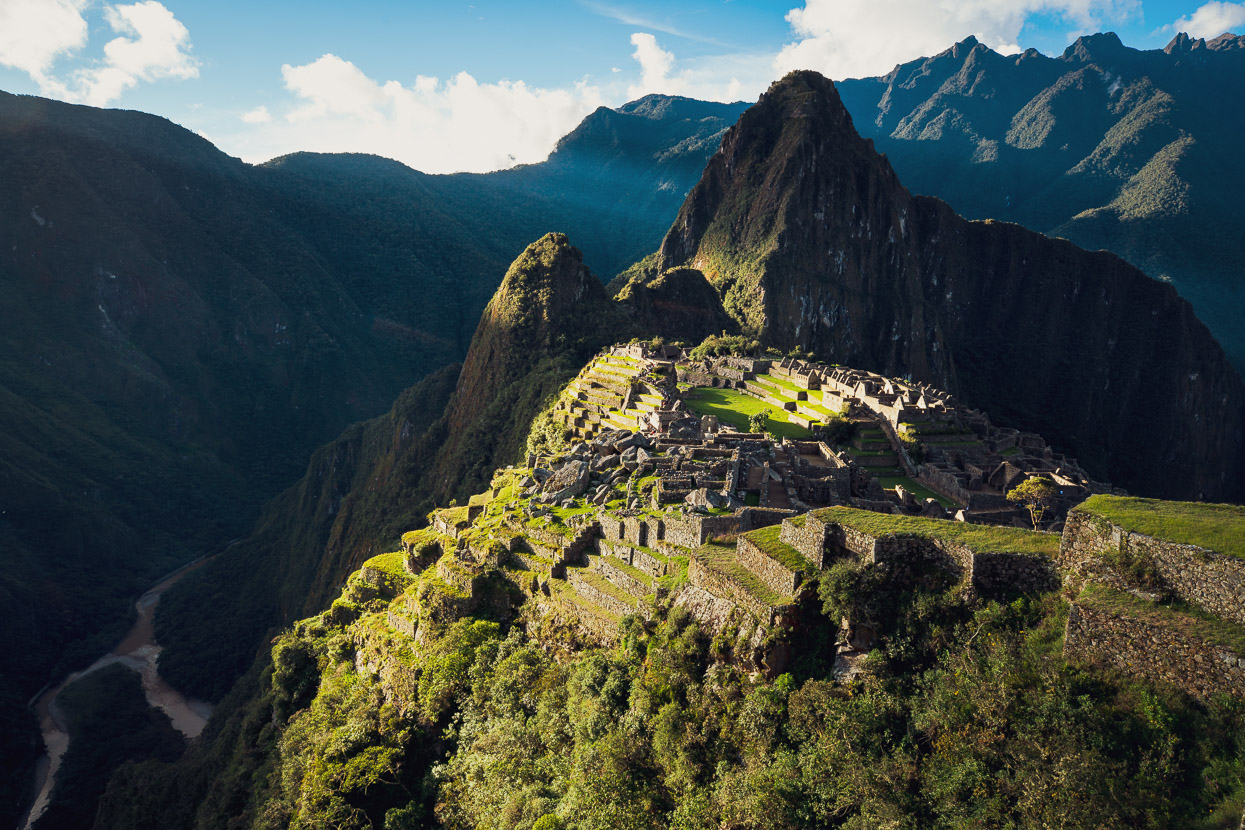
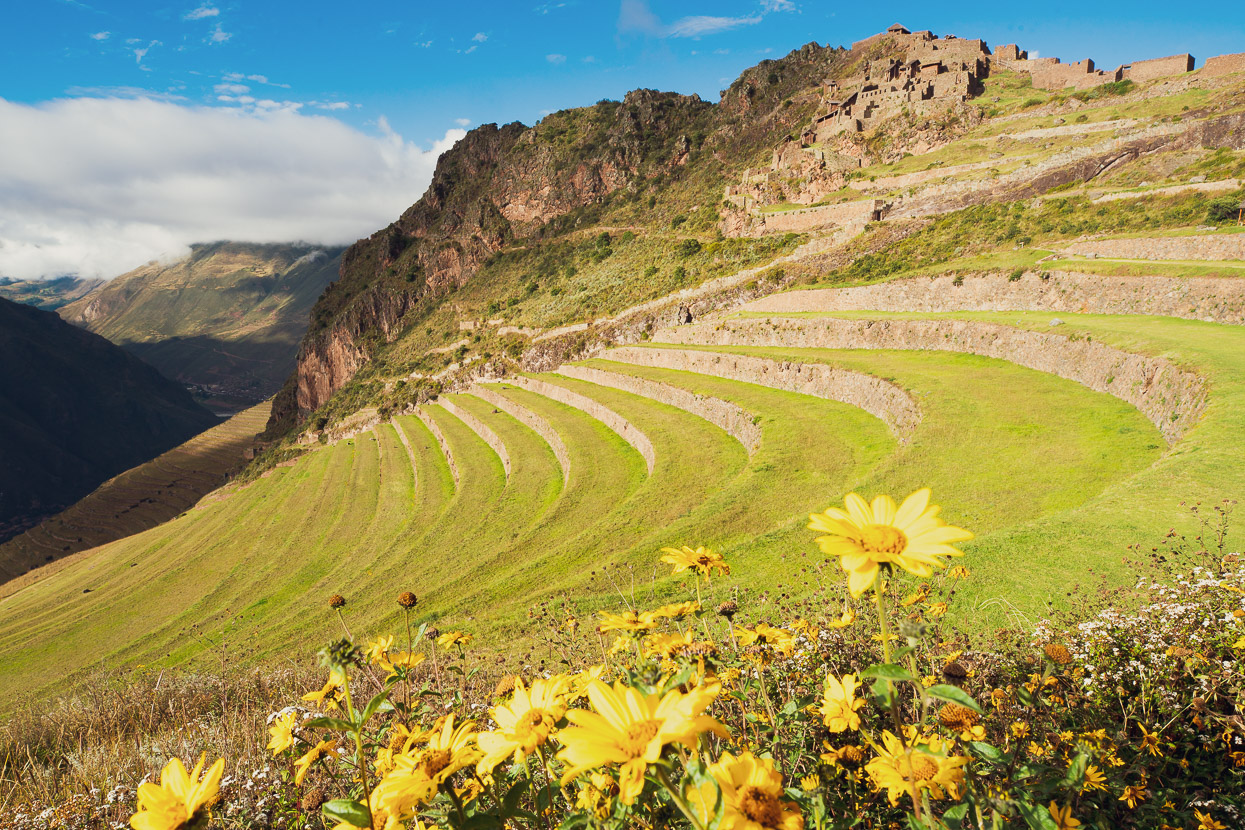
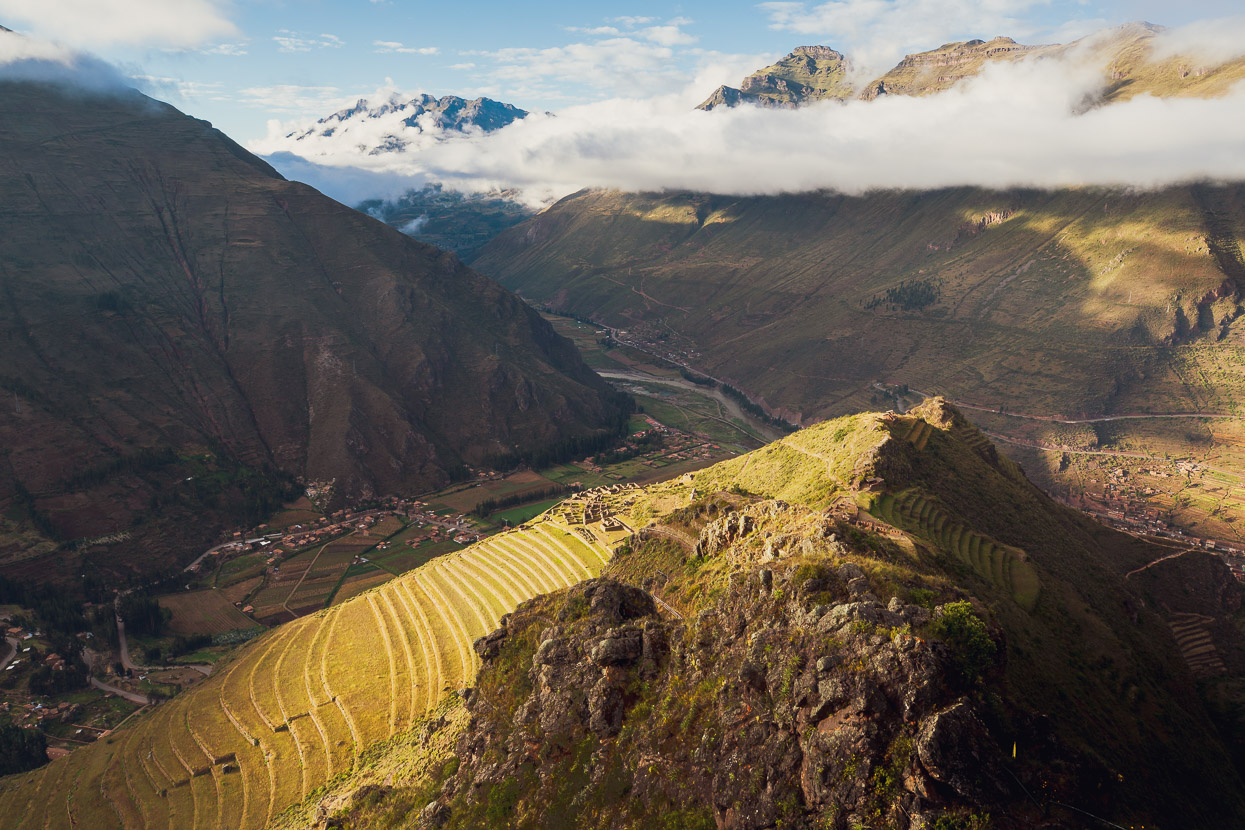
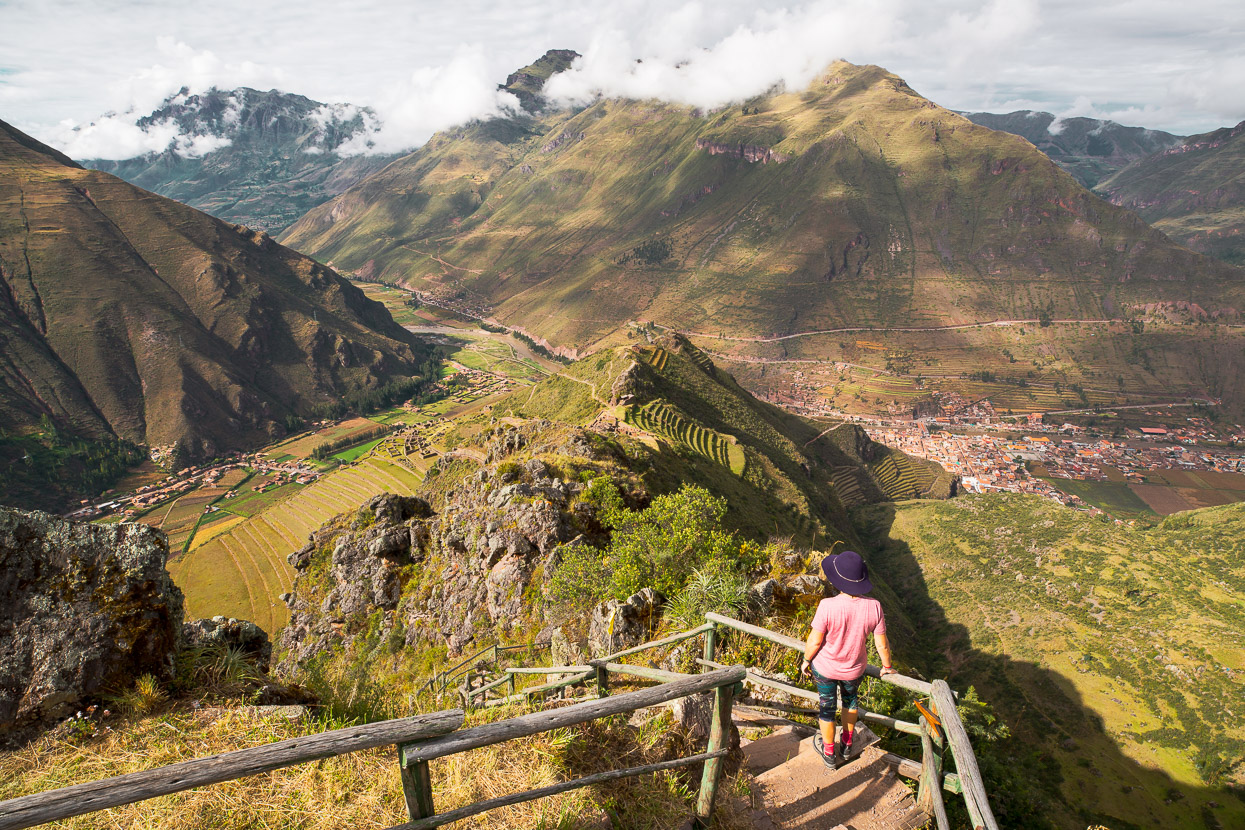
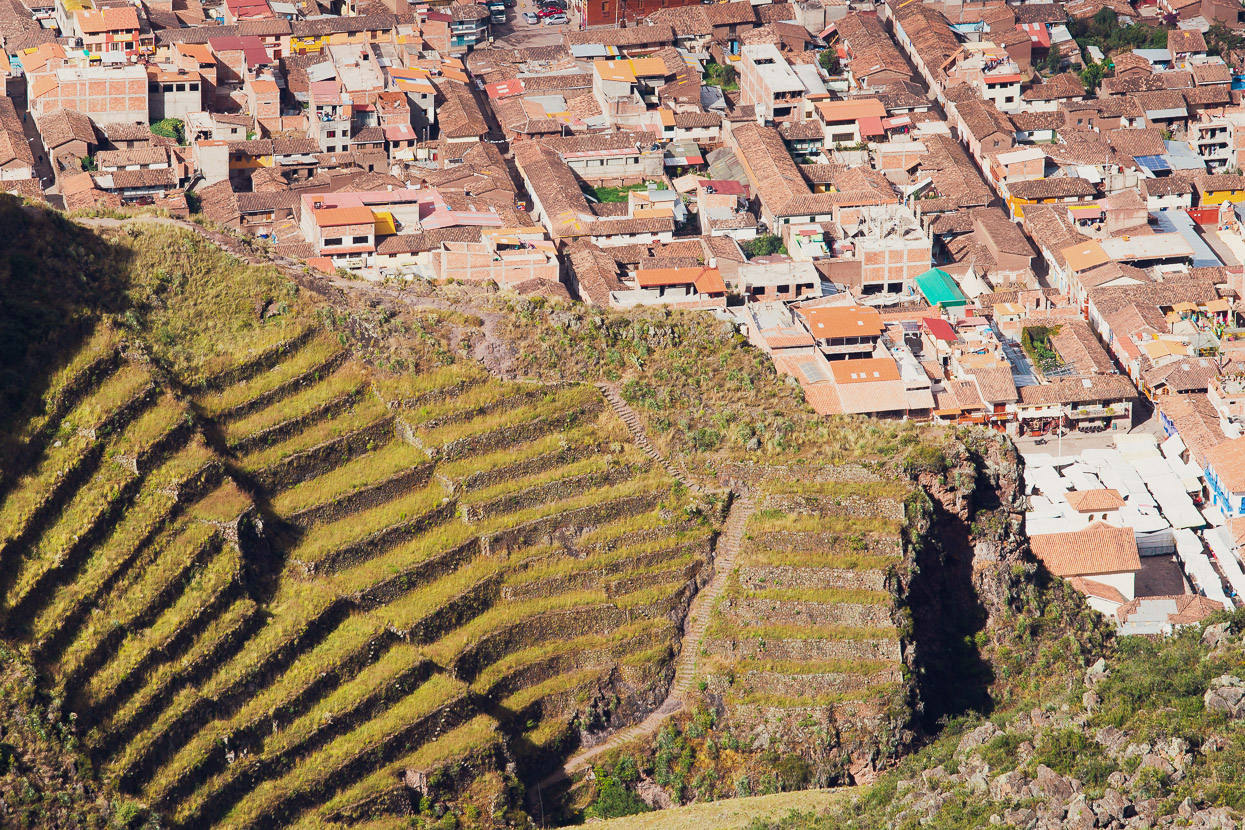
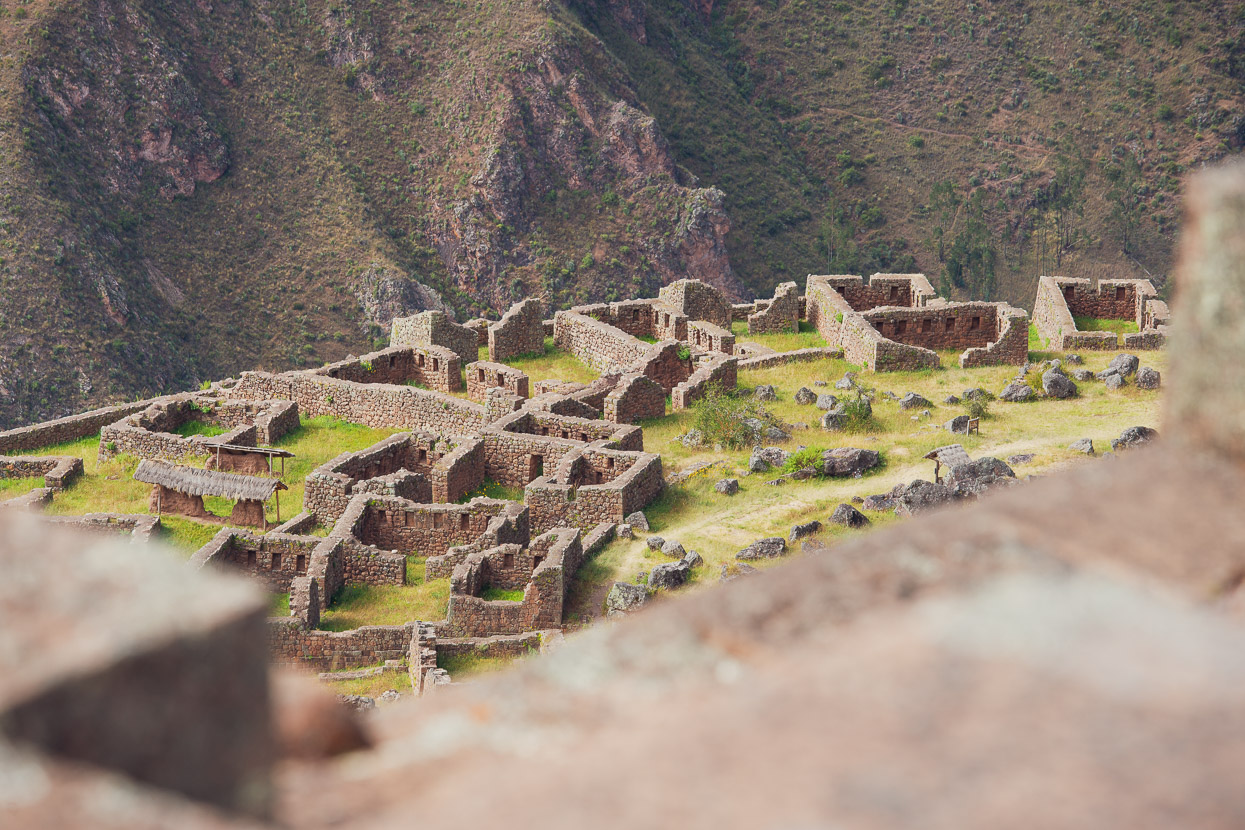
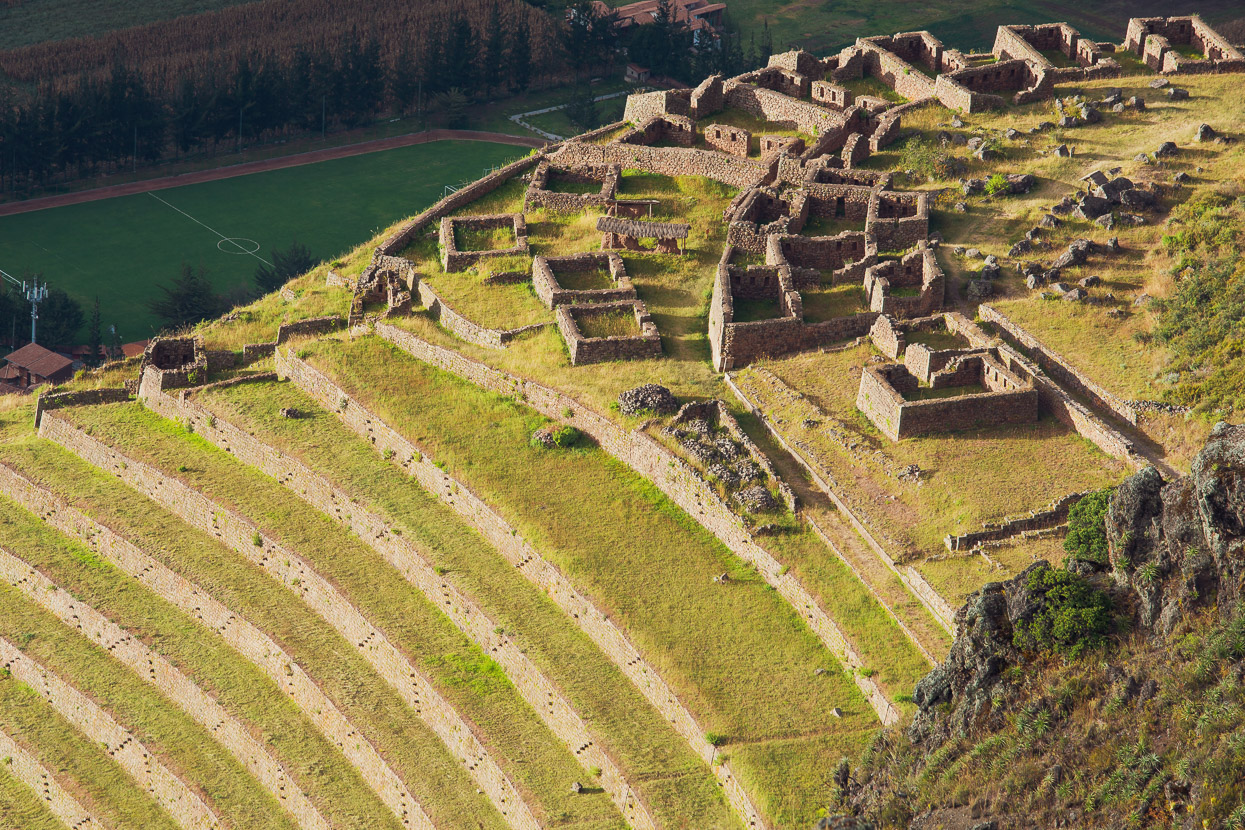
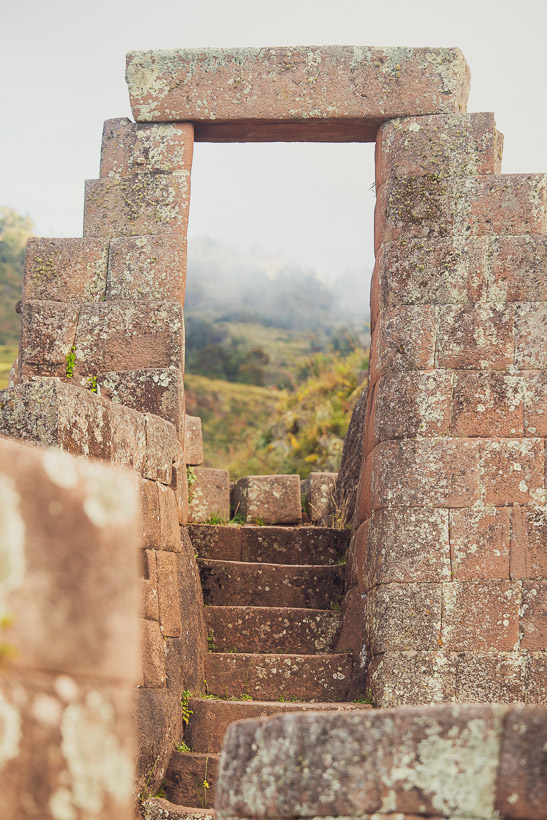
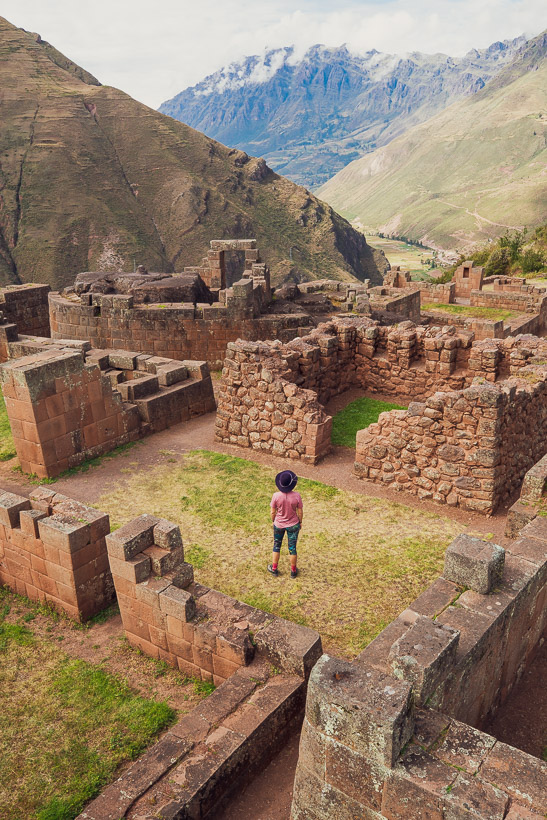
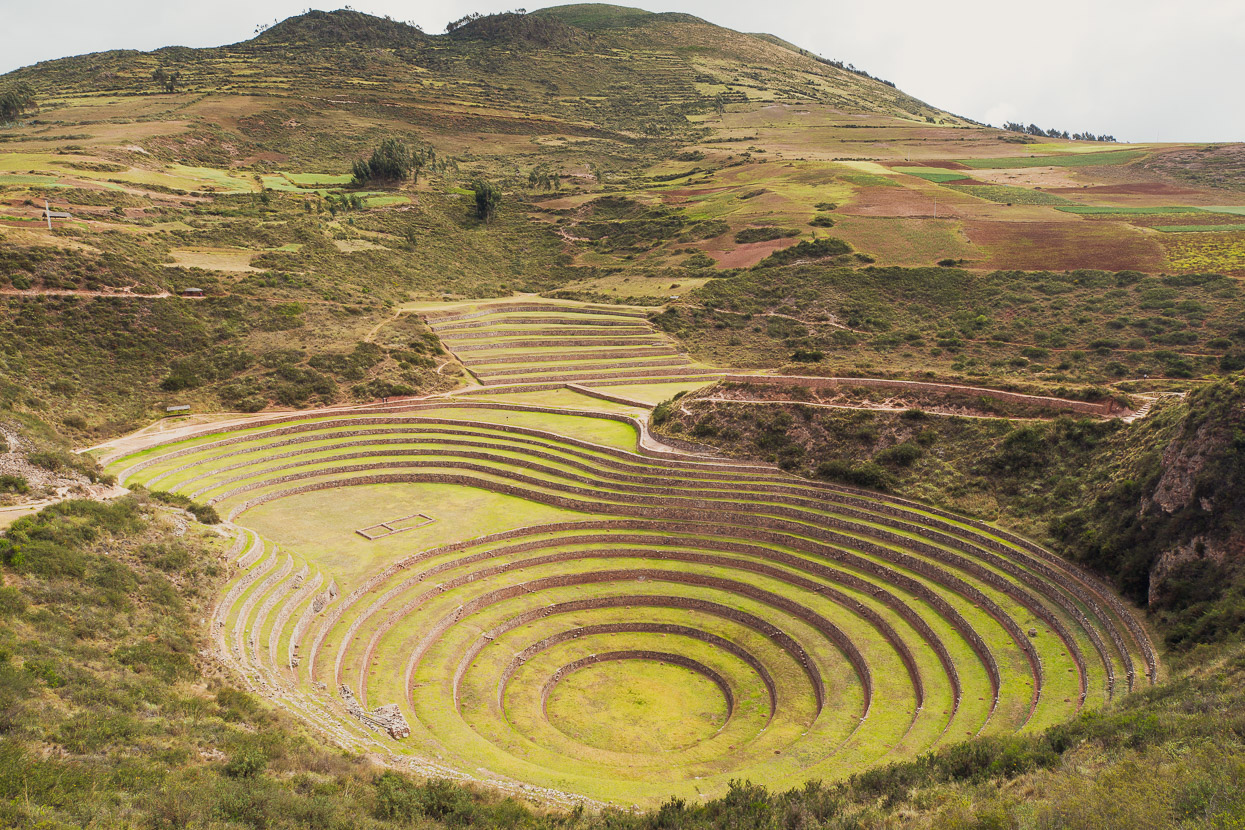
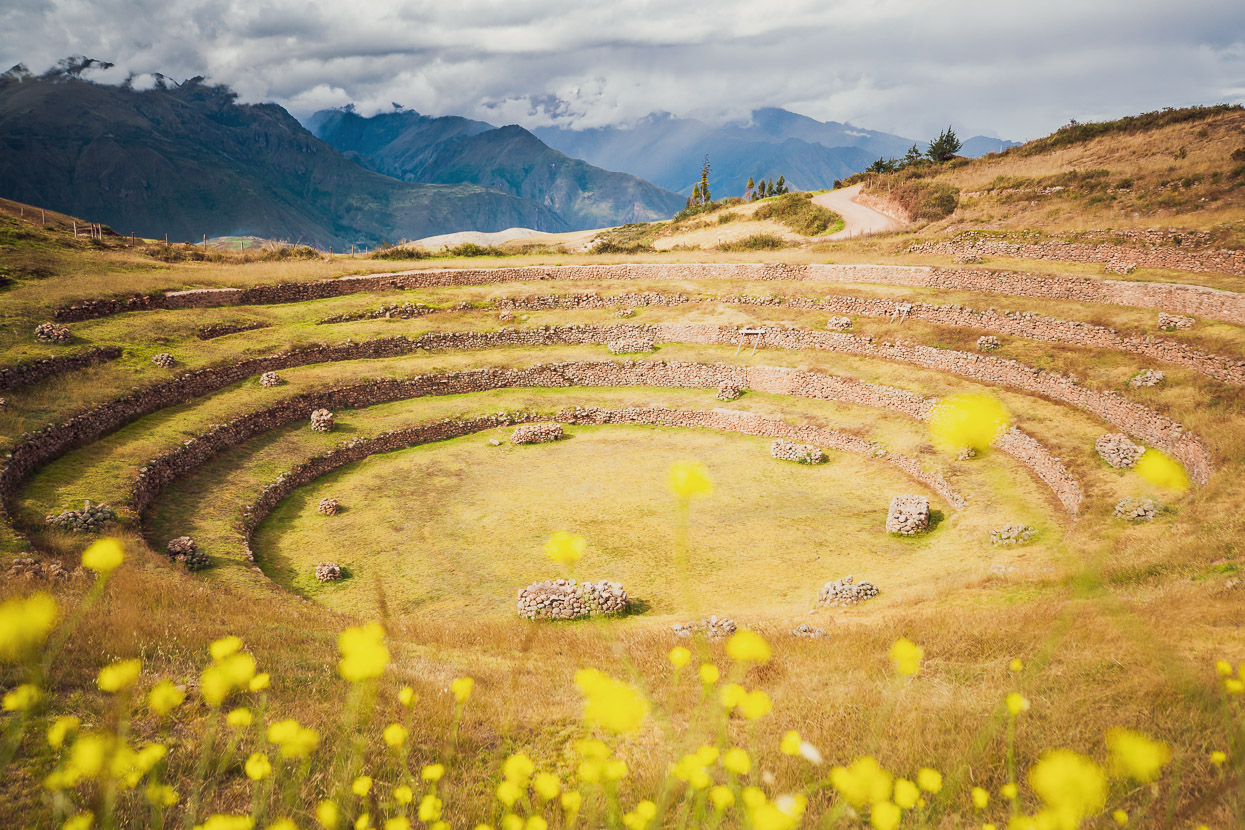
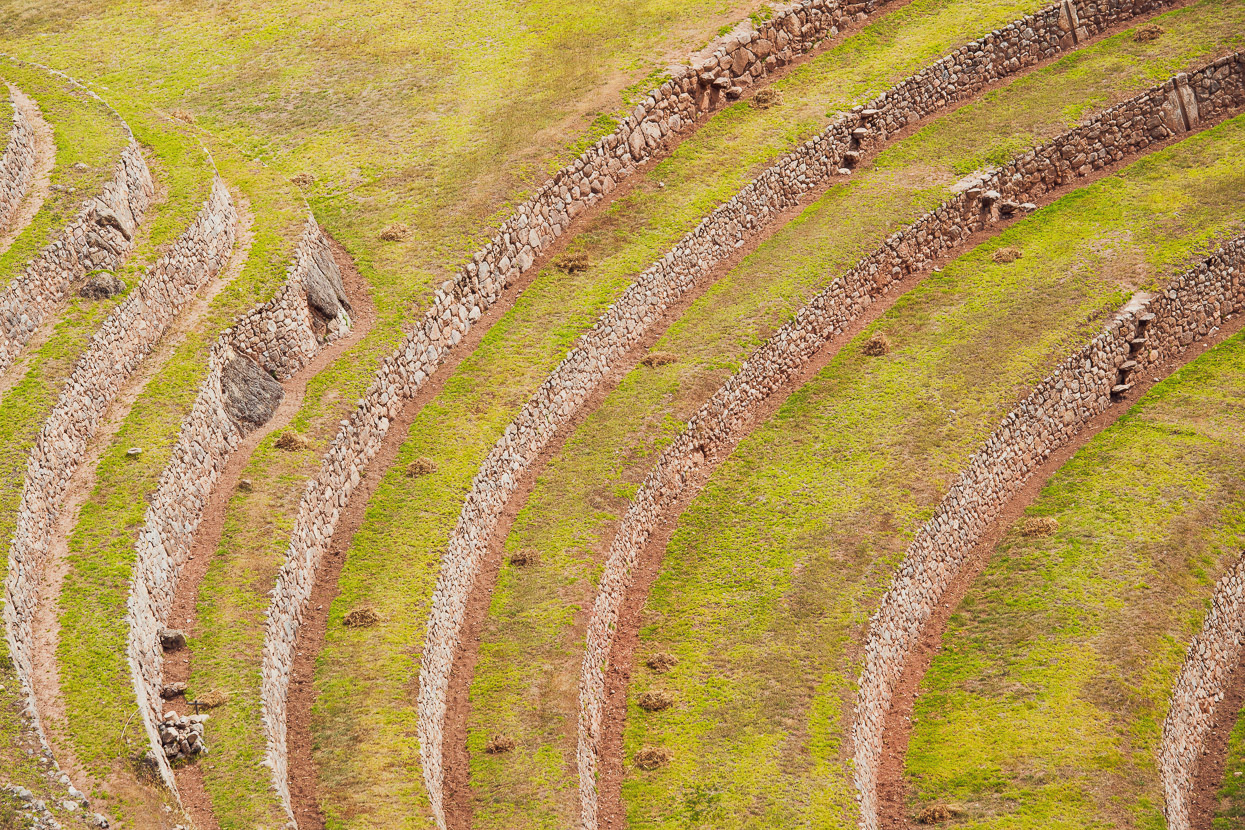
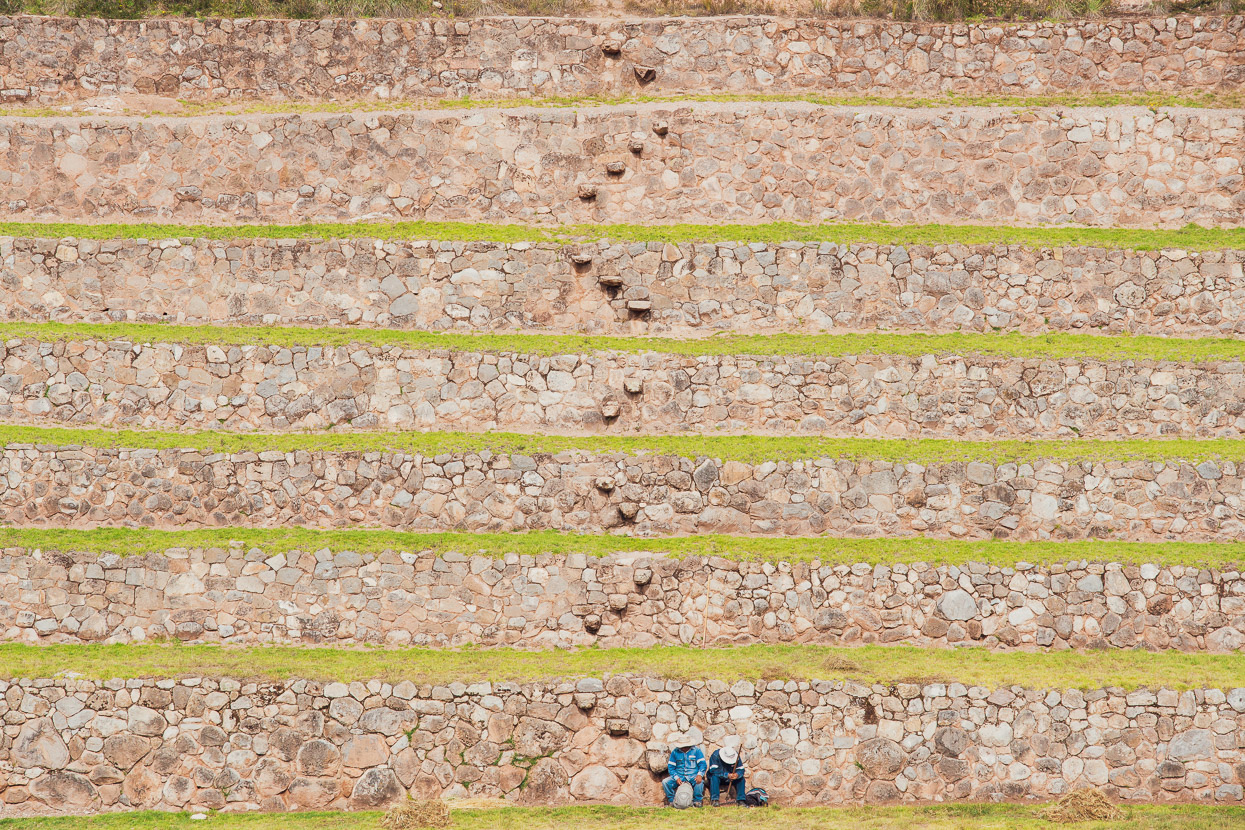
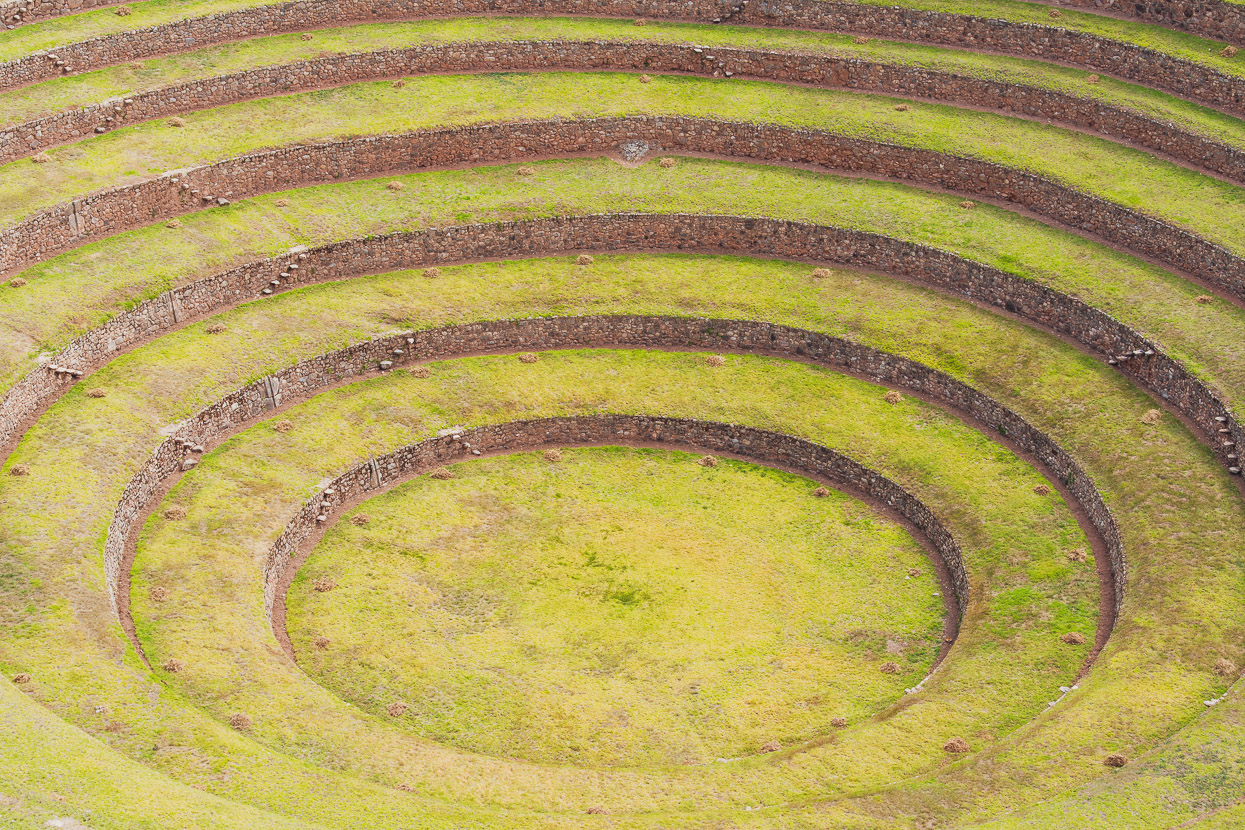
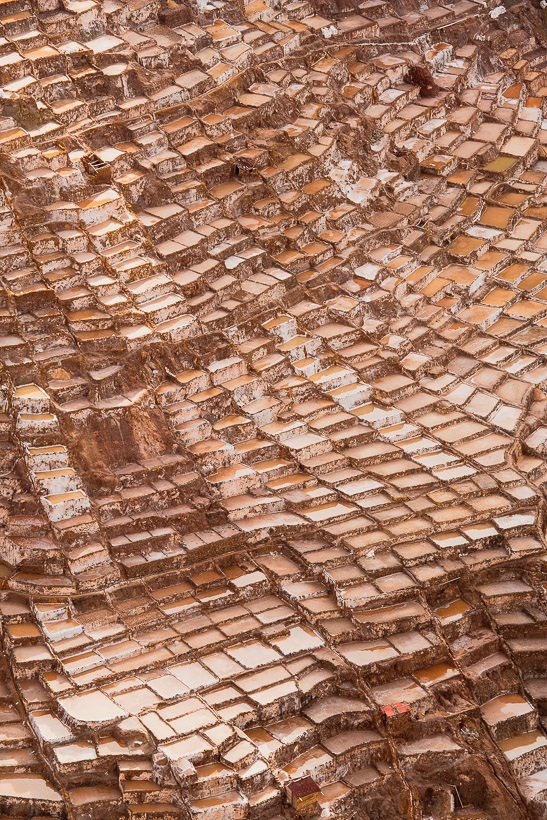
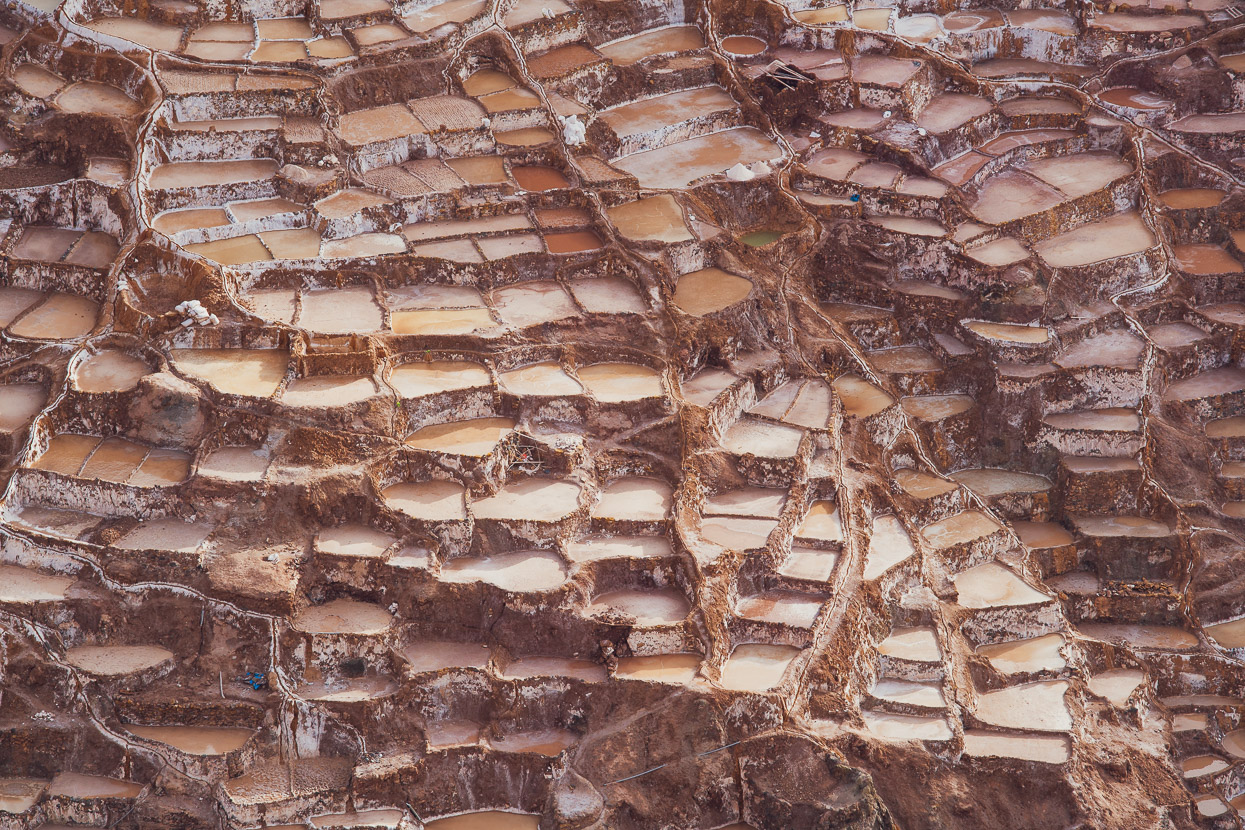
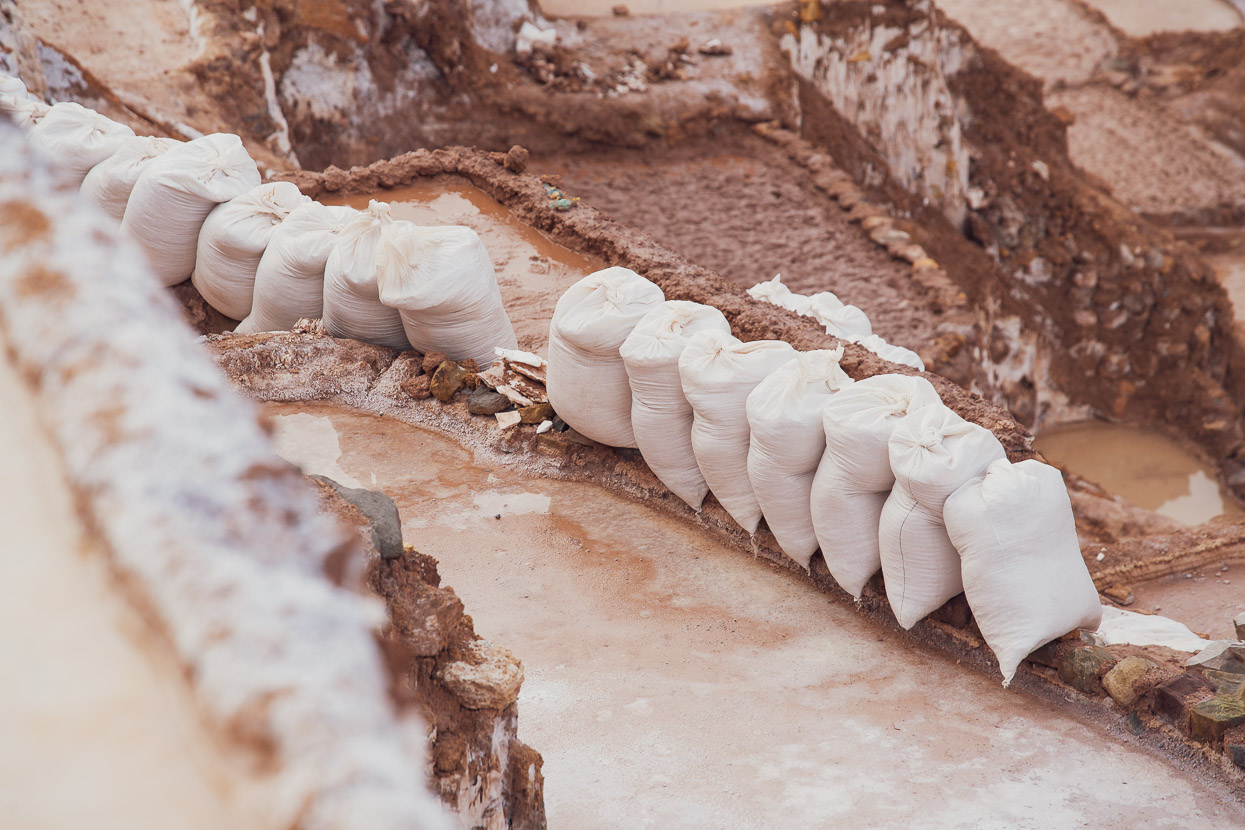
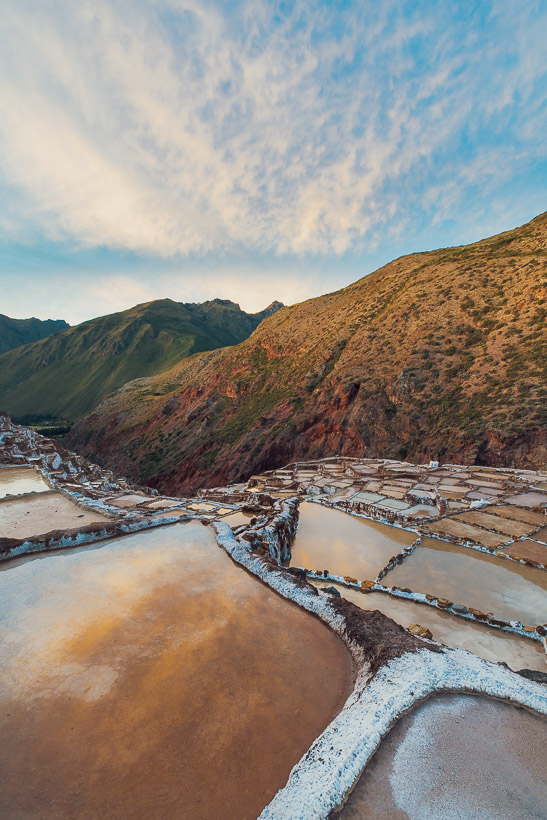
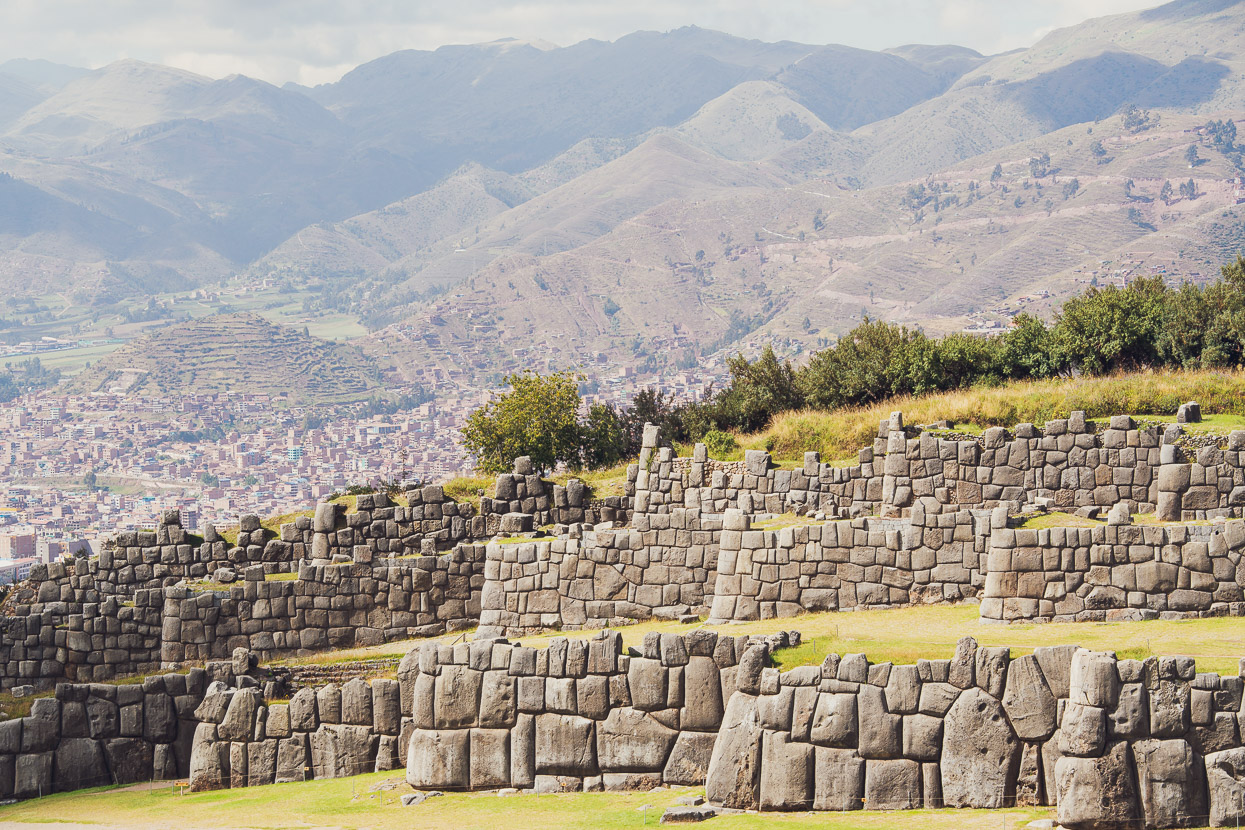
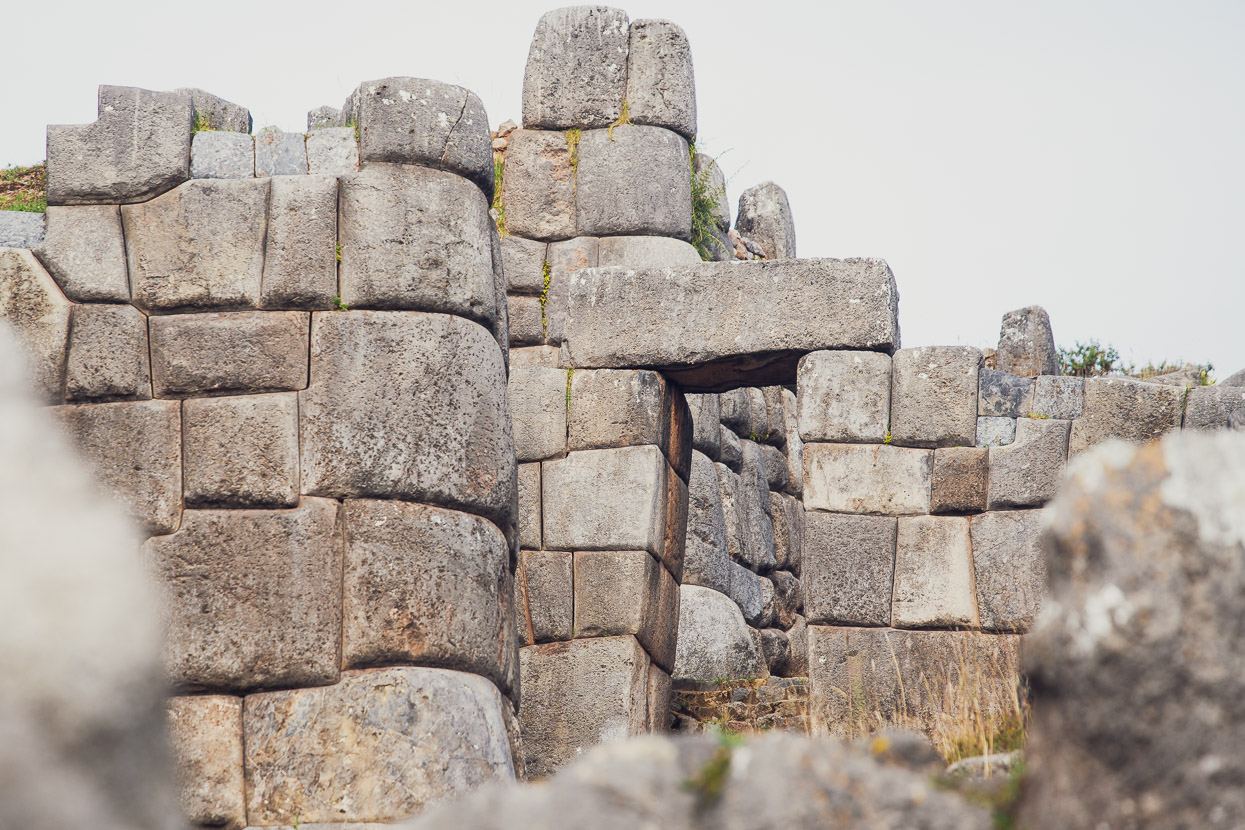
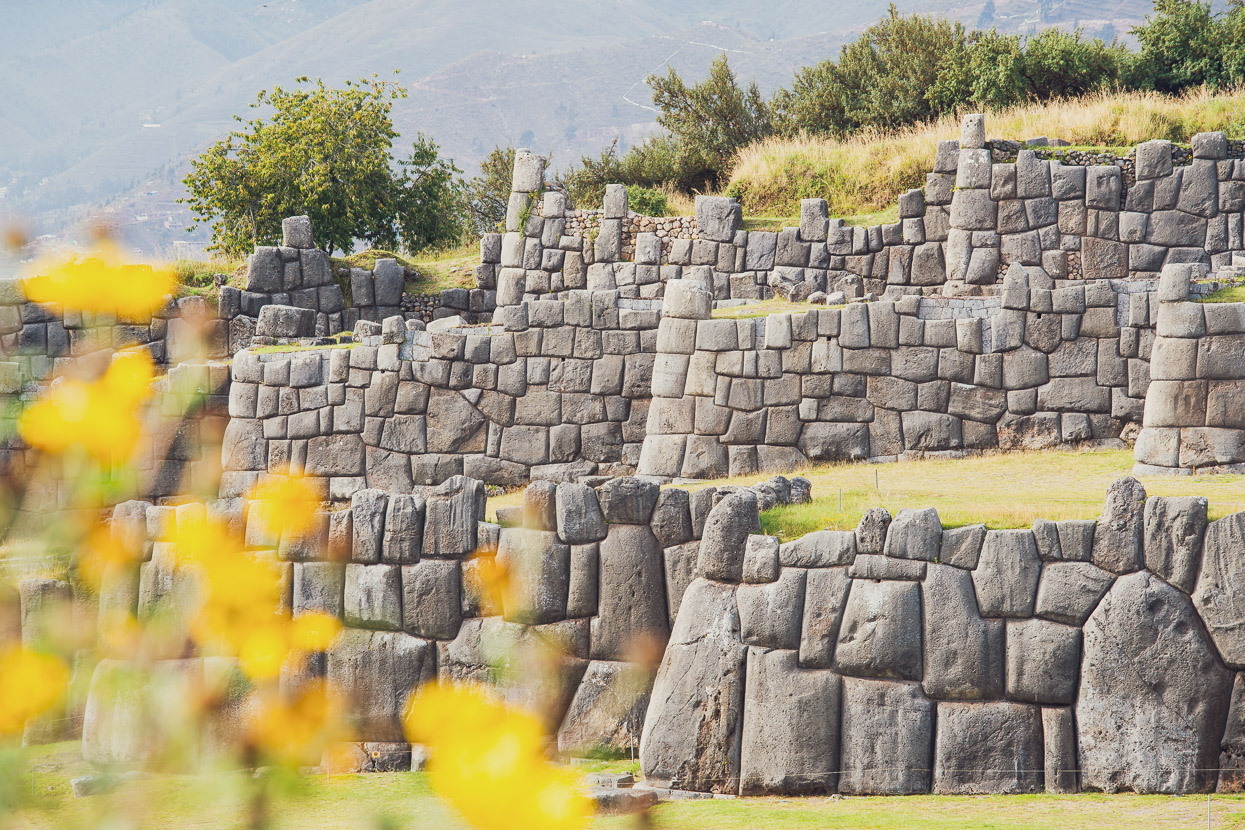
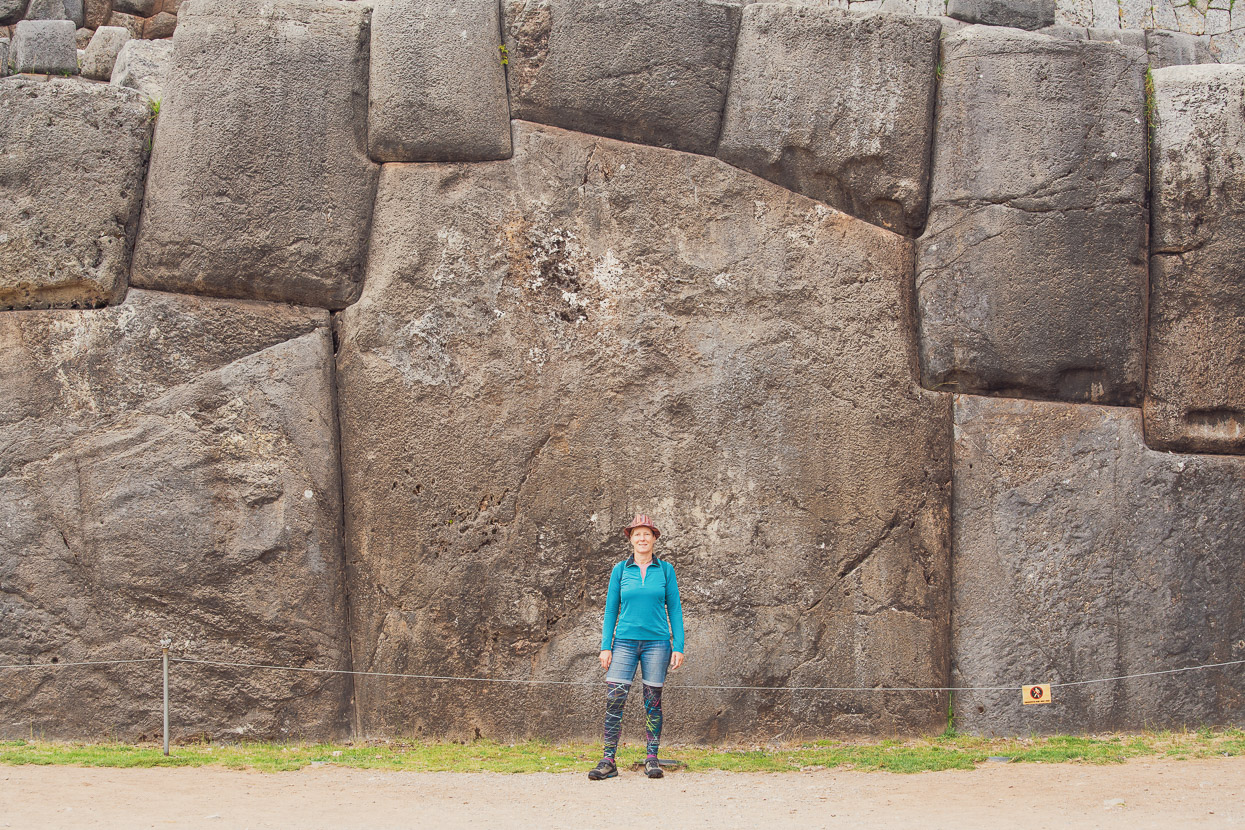
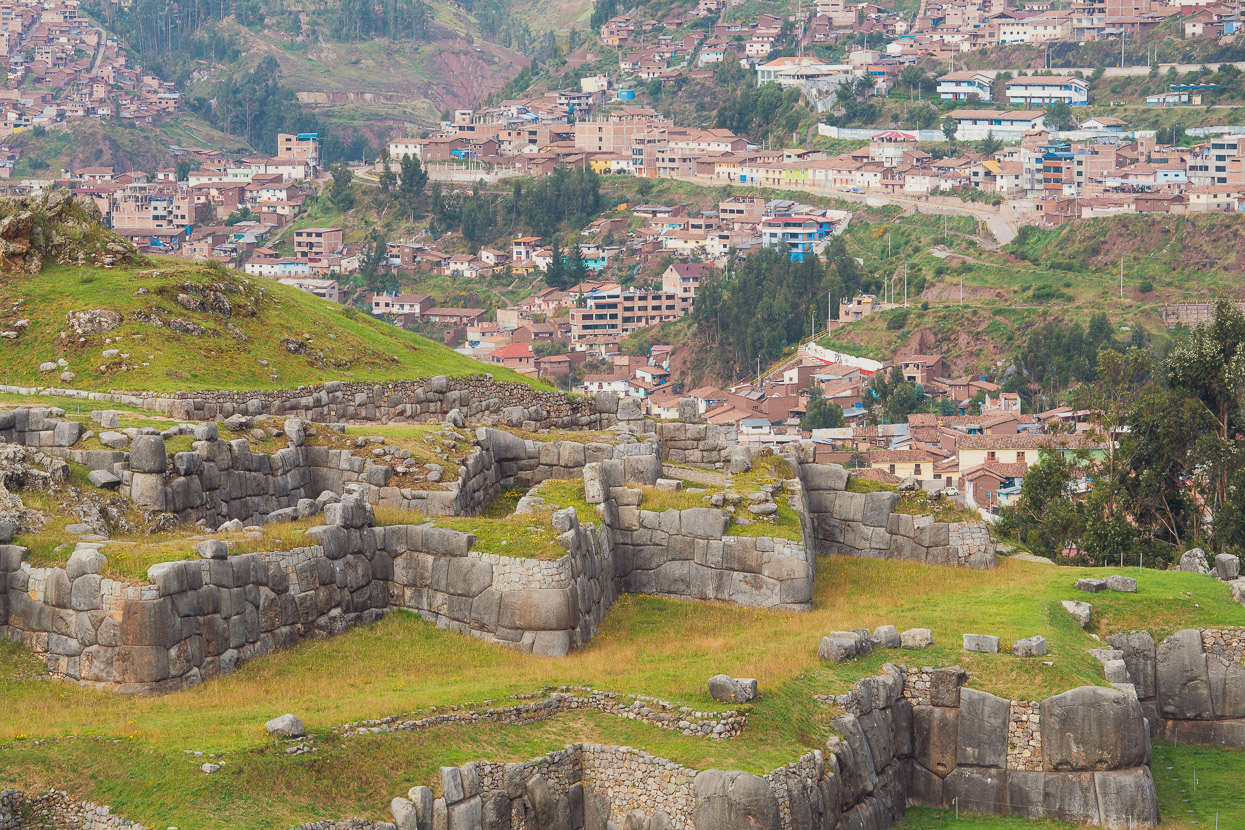
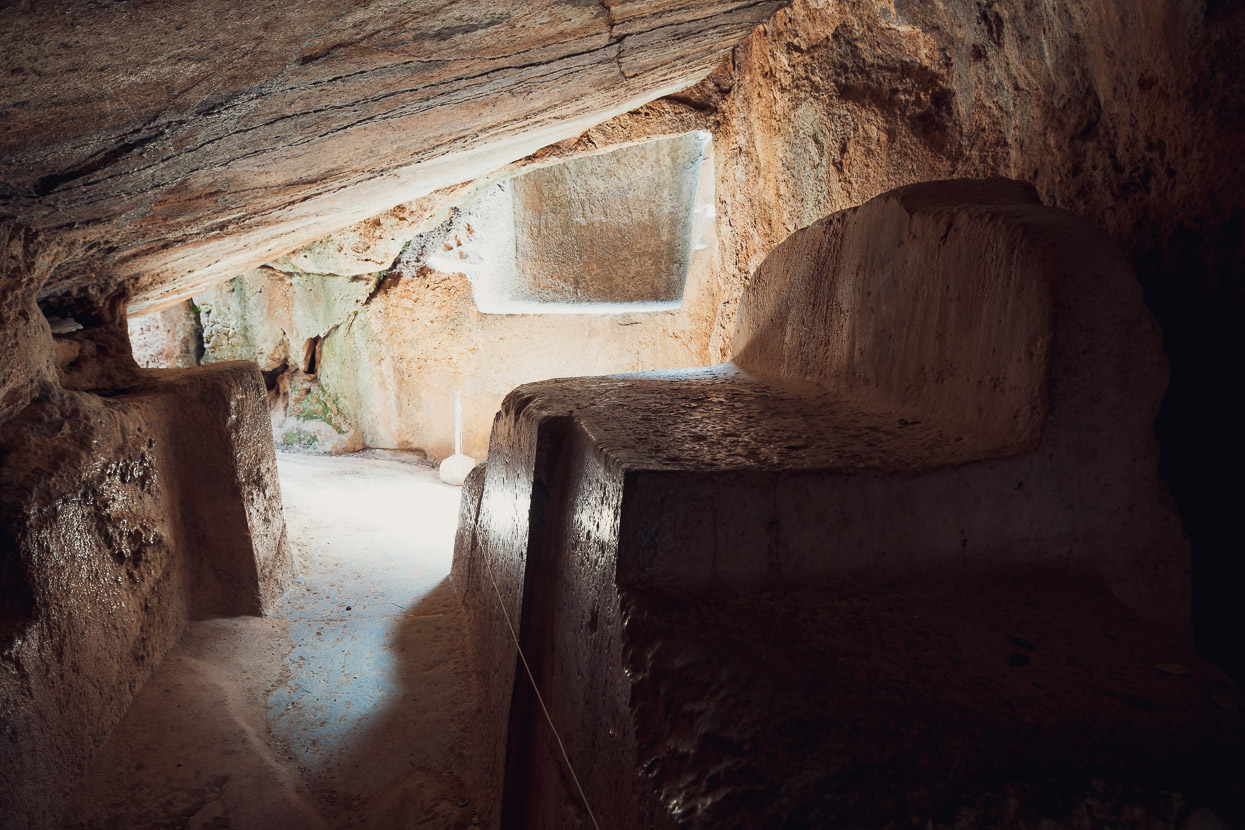
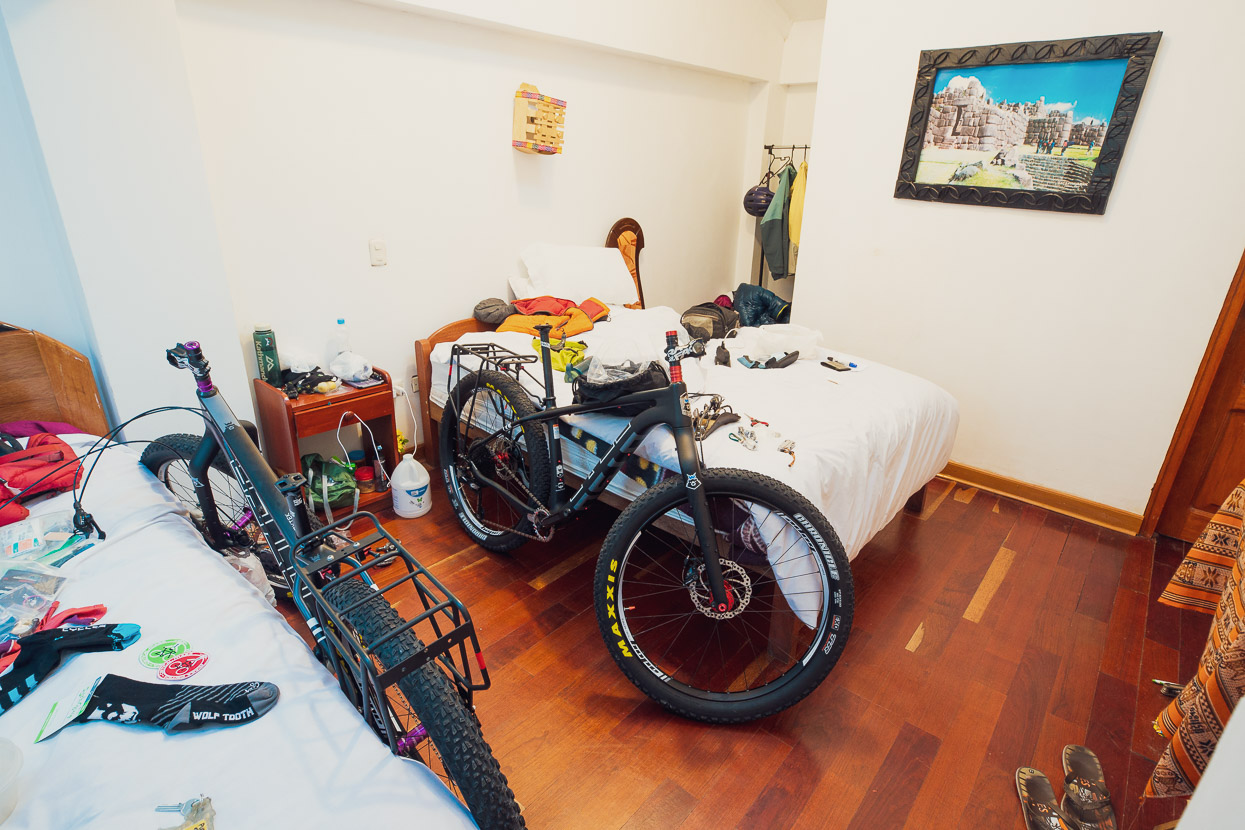
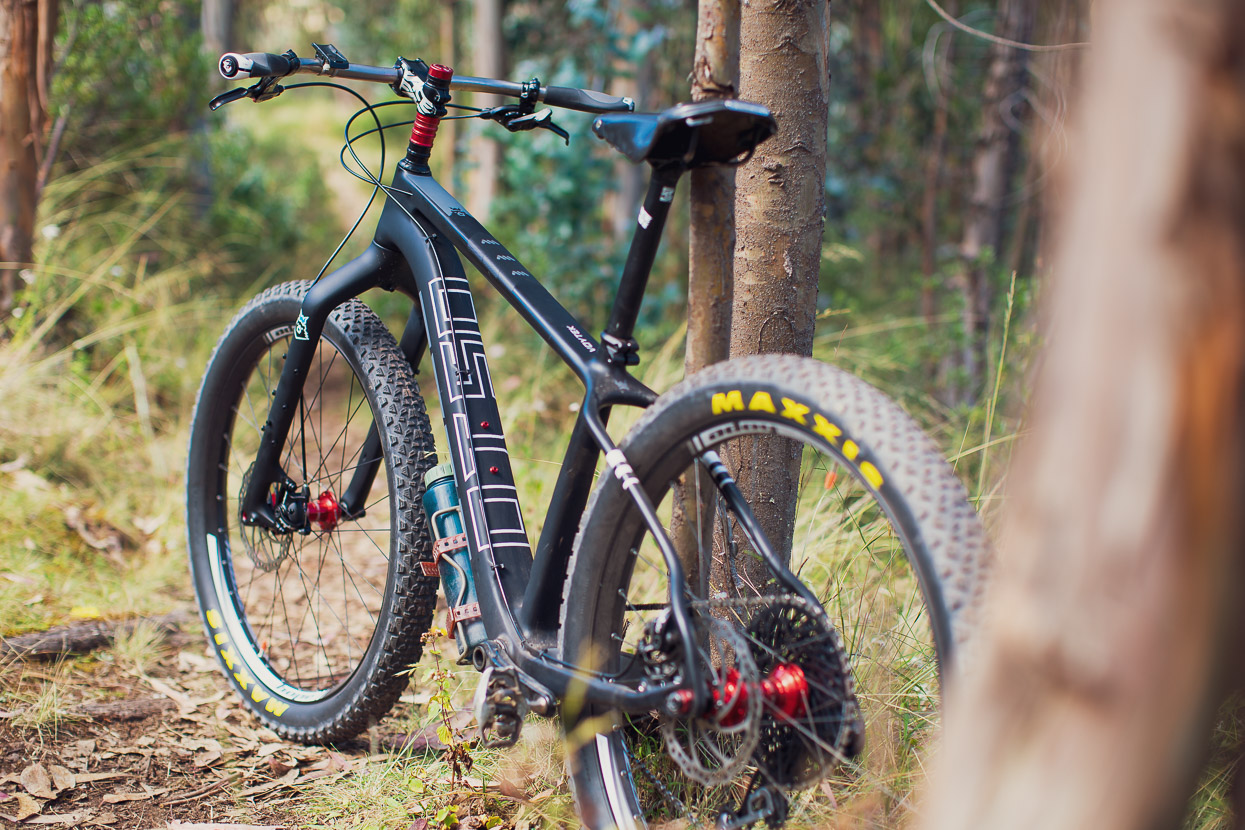
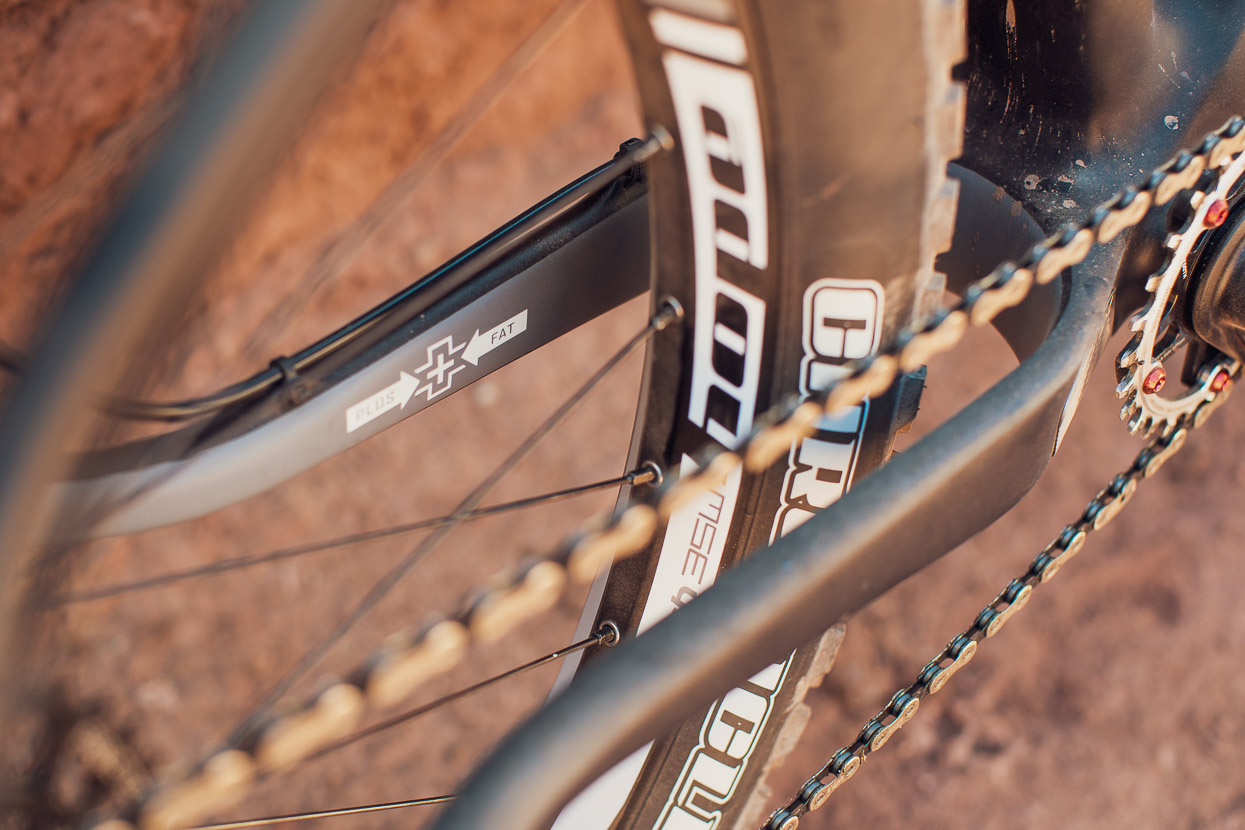
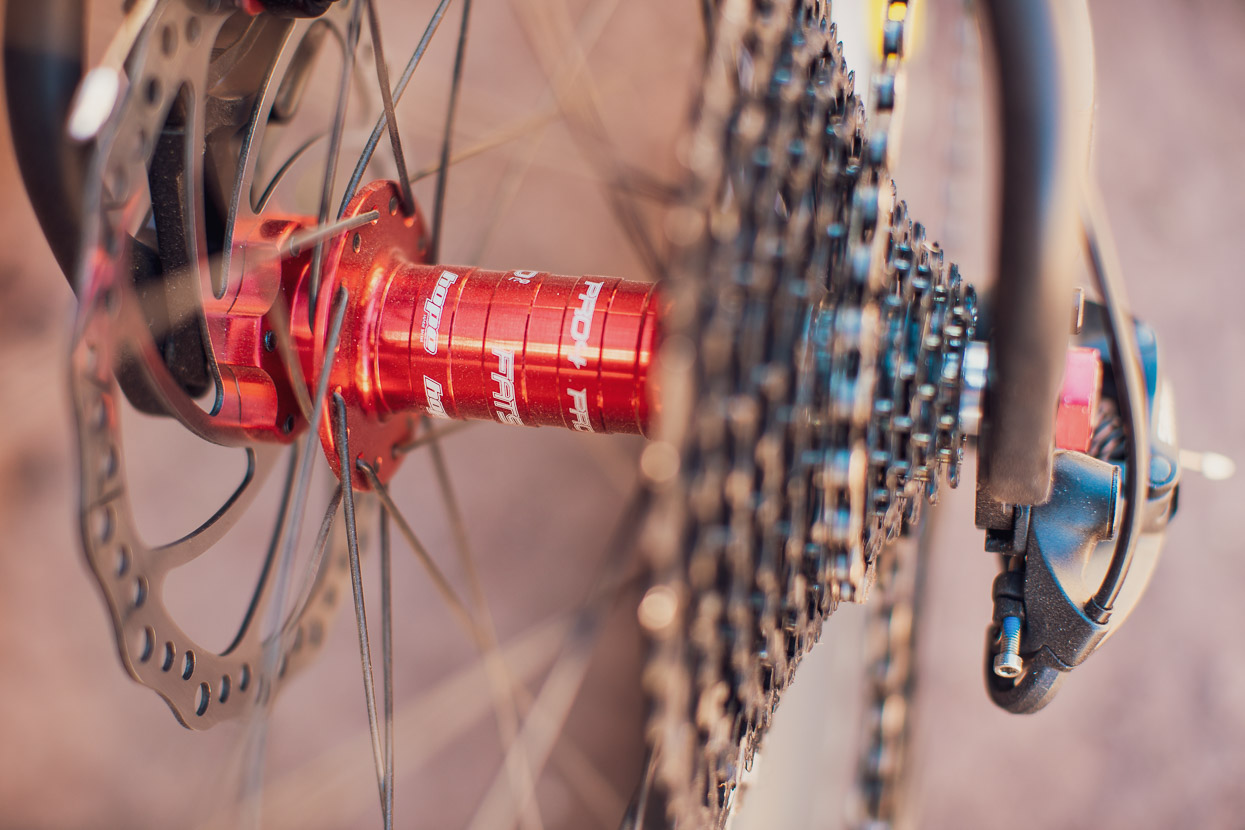
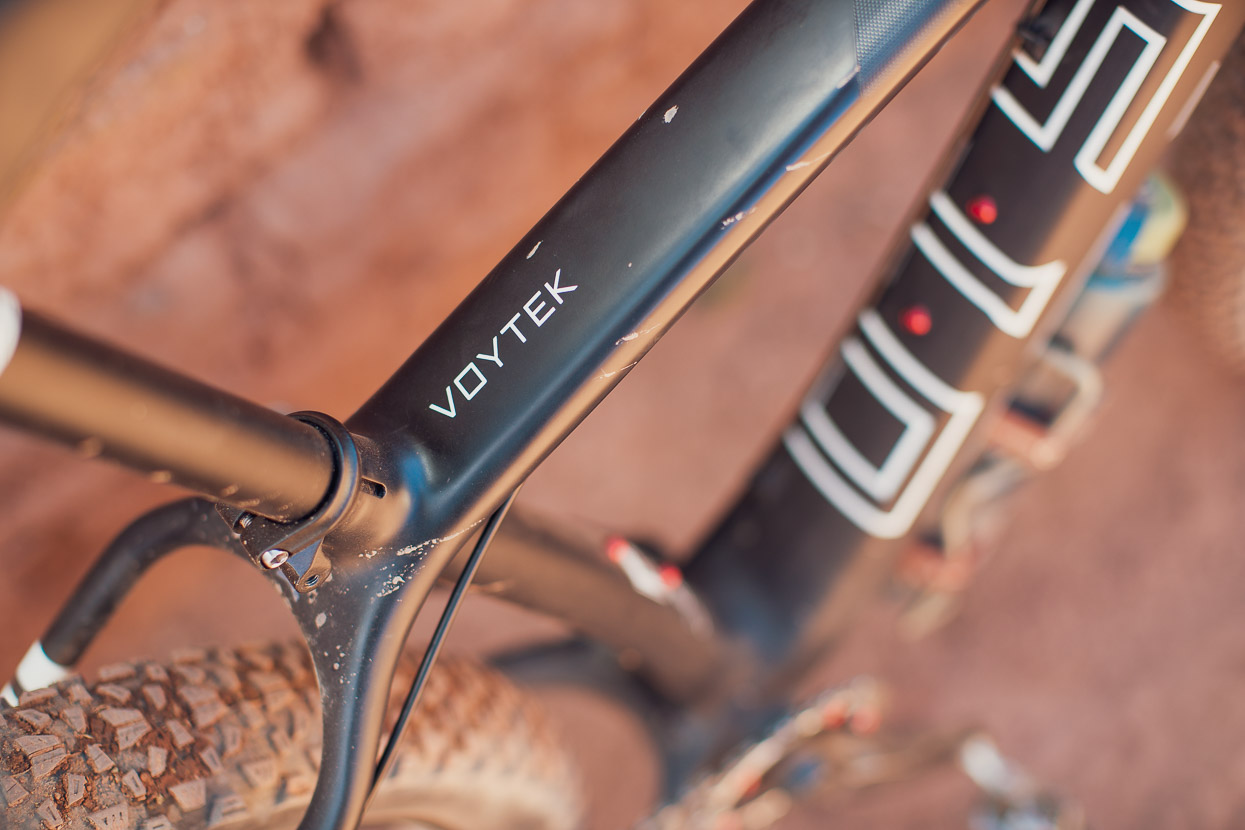
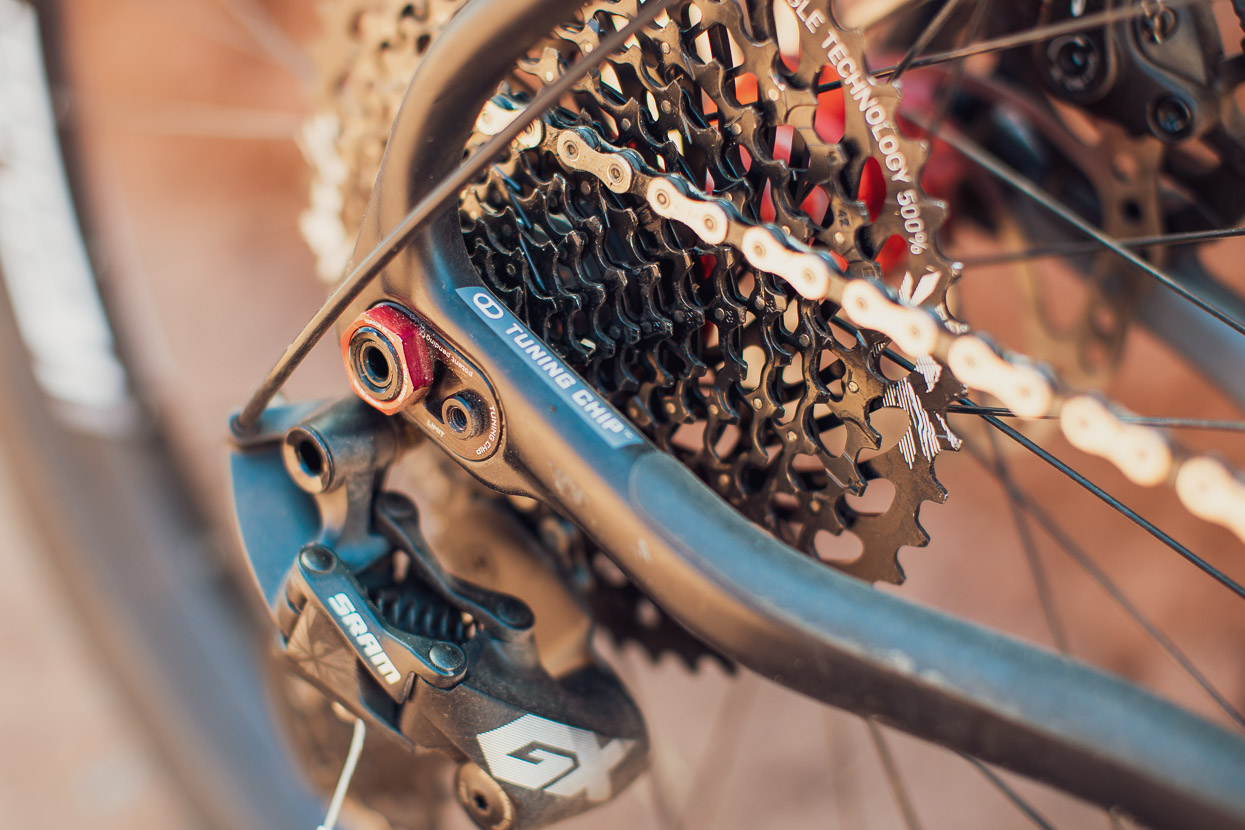
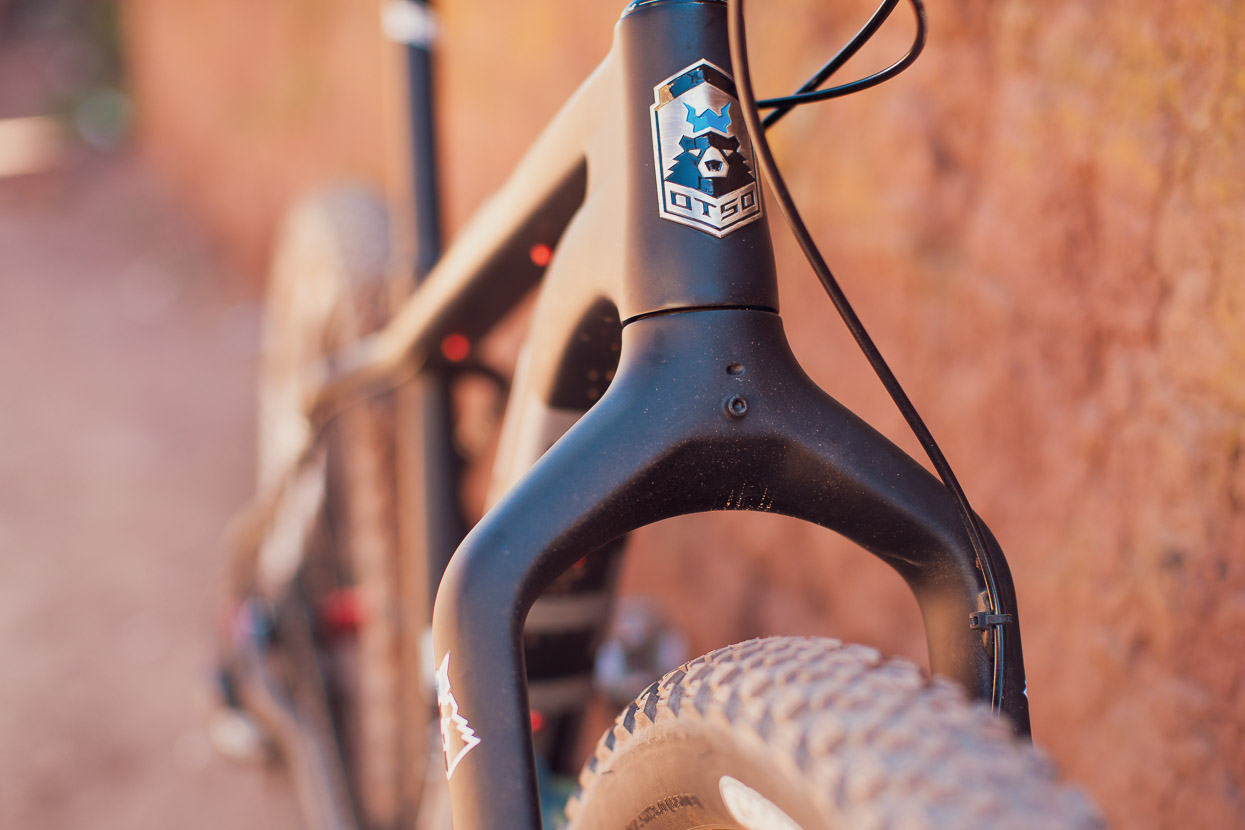
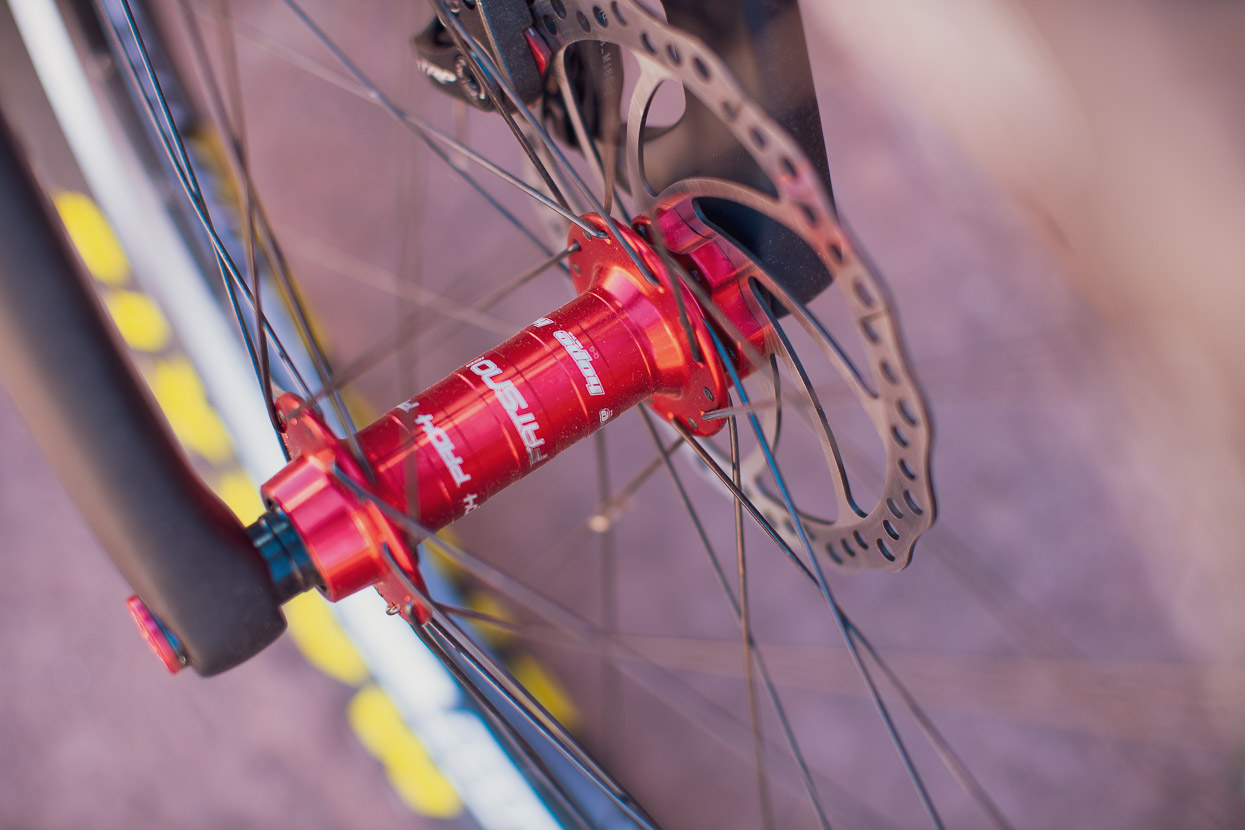
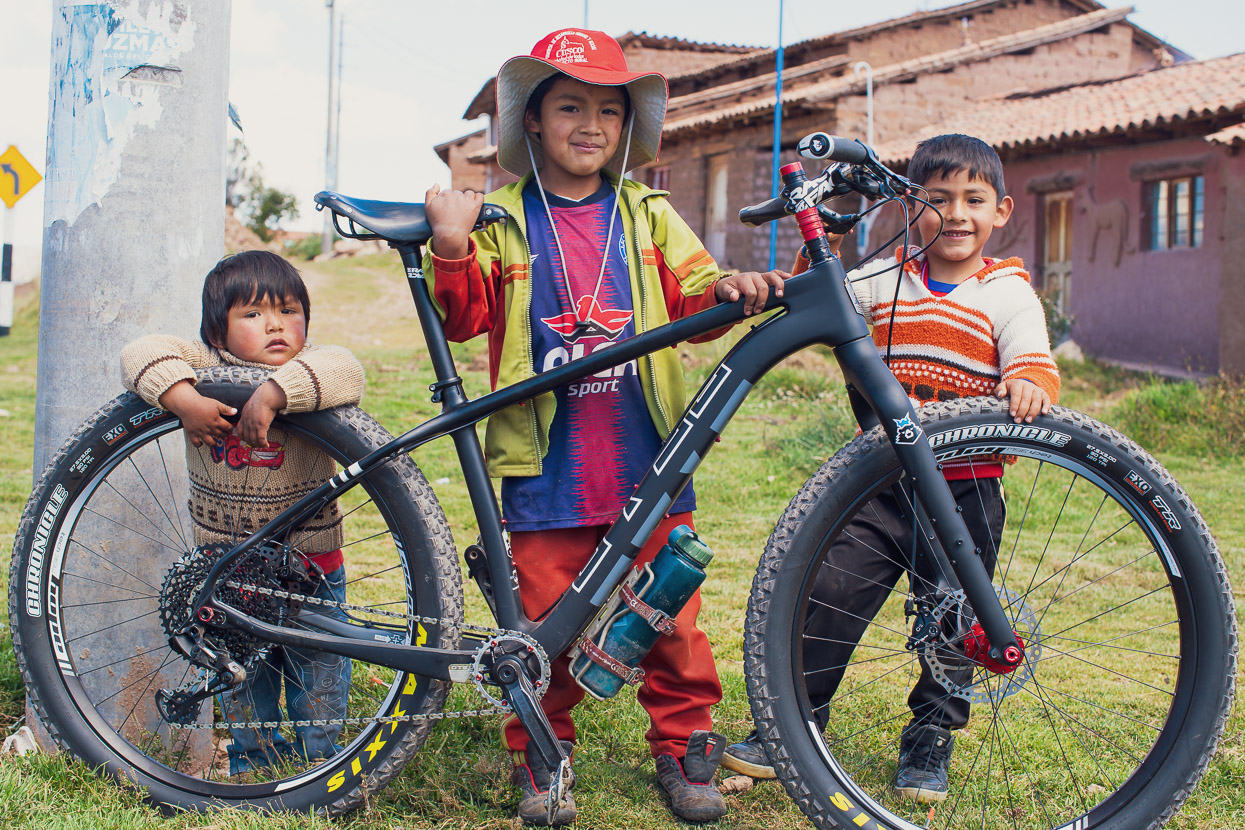
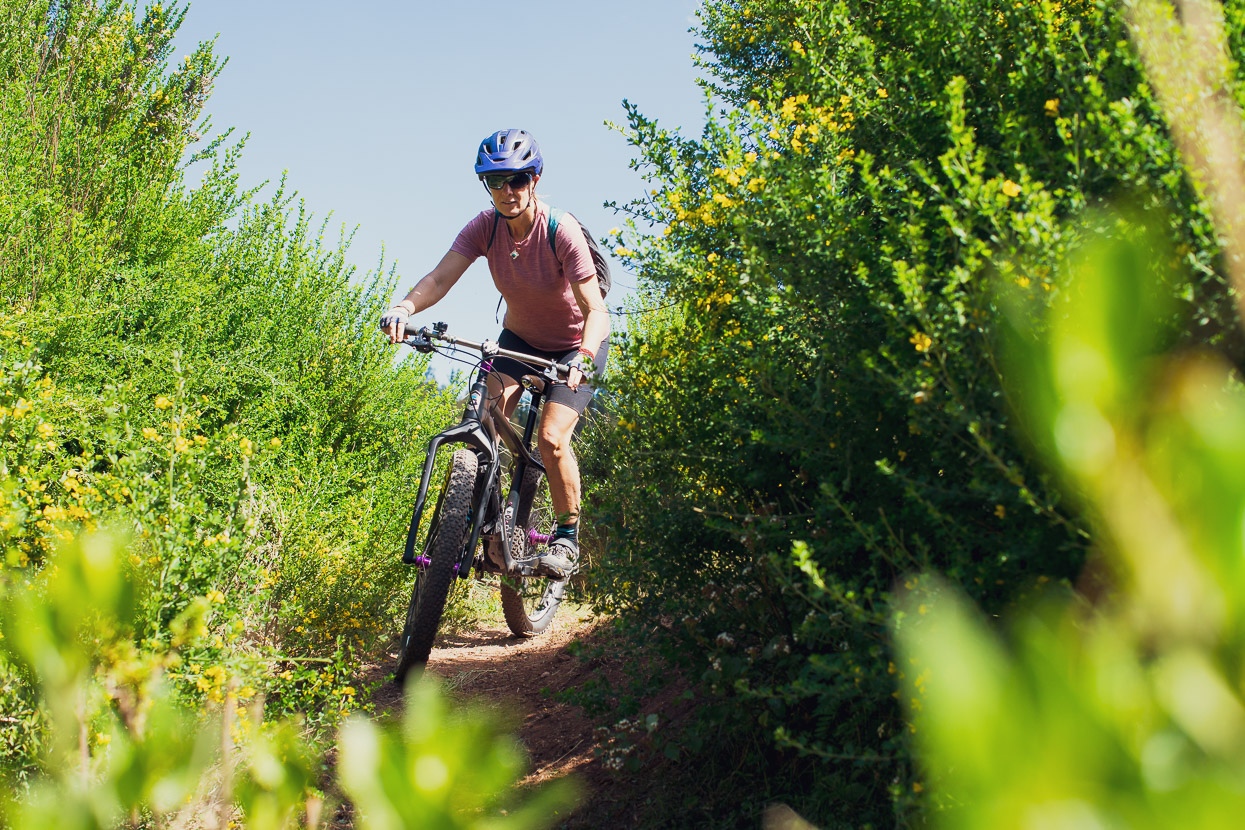
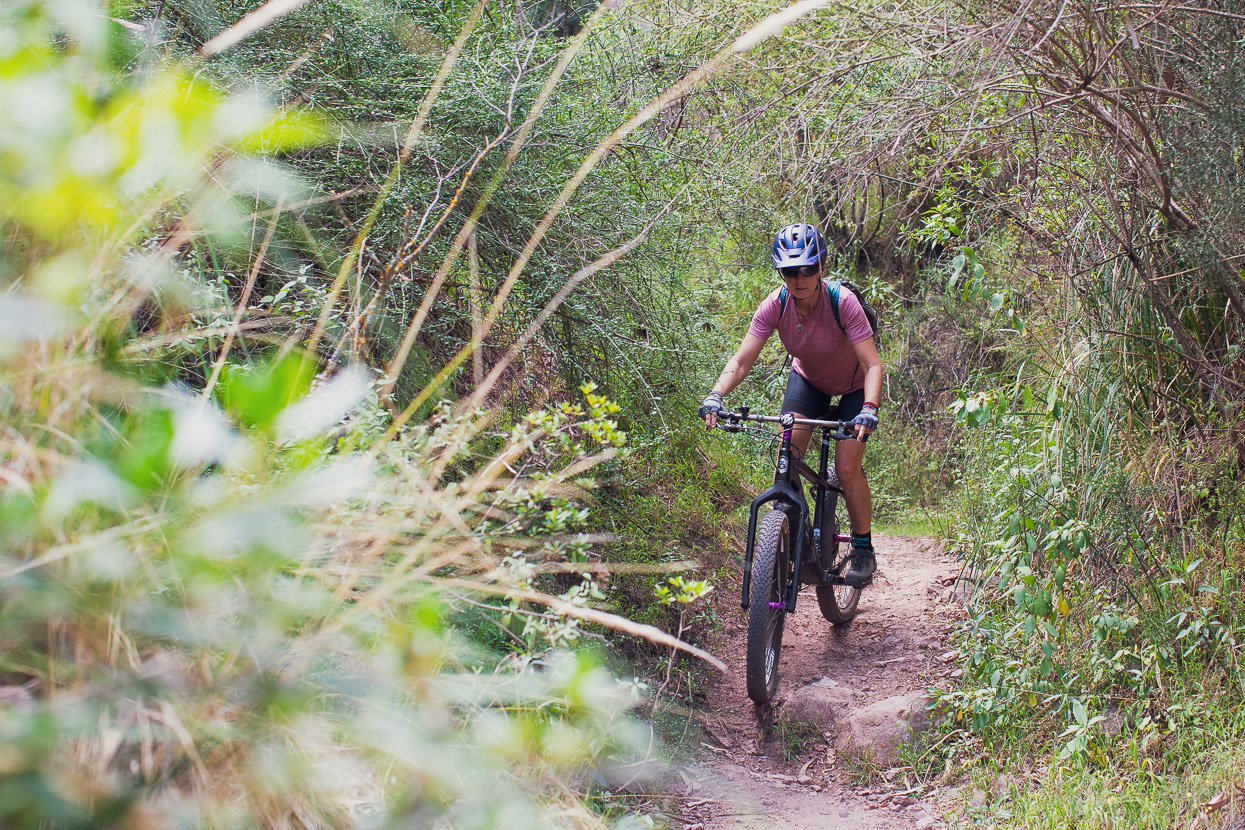




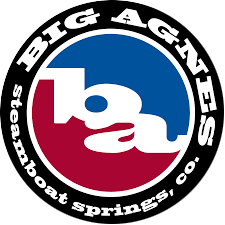





gutted for you Mark, sending blessings for a swift recovery from Apu Misti
Thanks Edgar! Yes hope to be back on the bike in just a few days more 😉
Of all the places to have a pre-cancerous condition …
I hope you remain on the road to recovery, and back to the Andes.
The new bikes look pretty sweet.
Ouch, what a Bummer, especially when you have to divulge to the entire world ! There must be Cycling Doctors out there who can reassure you, you’re on the right track ? I wish you good old Kiwi Fortitude & a speedy recovery ….nose down & arse up ! Love all the unbelievable colour in the woman’s dress. Keep chewing on those coaco (?) leaves. Stay calm and keep peddling.
Sorry to hear about your medical issues, both of you.Sounds painful and worrying. Glad to hear you got treatment ASAP. Wishing you a speedy recovery and clear tests. Heaps of love from us xx
Getting old is a pain in the arse innit? Hope you’re all done dicking around in Lima. Was hoping for some medical photography. Your photojournalism is stunningly as good as it gets. Like to see you working on some different subject material some day. But you do a great job of exploring cultural elements within the travel/ adventure sports genre which puts your stuff up there with the best of Nat Geo type stuff. Good shit bro.
Had a sore rhoid myself, requiring me to take a day off my delightful min-wage job on 10 May. I felt your pain. Couple of weeks later my lower back got niggly again and it blew up big time when I took my bike for a test ride around the back yard.
I’m riding a 26″ Chameleon with a Salsa Cro-Moto rigid fork (29″). That’s the setup I used for my 3000k MTB tour around the northern NSW mountains from Brissy year and half back. Chammy is designed for 150mm travel fork so with 26″ wheel in the Salsa fork my front end was still low and my angles were steepened making the bike feel more XC than ‘trail’. I recently bought an okay sub $100 29″ wheel and put a 2.3″ Minion SS on it. Only ridden it around the yard and street. Awesome, great having the Chammy angles back to spec. The fork is bit over-raked now, but I won’t be hucking or slamming it big. Was thinking of going plus size tyre but those were too expensive. Your new rigs look sweeeet, but I really wanted to see the rear rack mounts and couldn’t. I was using a Freeload rack that I bought years back. Tim and his crew’s design was great for the no-mounts Chammy, but it weighs 1450g and the bike’s already a tank. So I got a Blackburn skewer mount rack. Seems good, I won’t overload it and I’ll carry a spare skewer. But enough of bikes (yawn)…wanna hear about my running shoes?
So anyway, can’t do shit with a bad back, so I quit work last week. Time to focus on my real work anyway. I’m feeling lucky. So have 5 beers on me. More than happy to give you a hand with your penis problems.
Hi Mark and Hanna, Woah, we’re really sorry to hear about the health troubles you’ve both faced. Really glad you have found good care! Also, I can only imagine how stressful and tiring it must have been trying to figure out the health care and insurance logistics over there – so well done for getting through it all.
Love the photos of the people in Ollantaytambo and the ruins in Sacsayhuaman – thanks for still putting together a great blog post despite all you’ve been through recently.
Wishing you both a speedy recovery, good health, and lots of energy and sunshine for the weeks and months ahead! — Julie and Adam
Hope you are healing up well after all your medical adventures. I like the new bikes, you don’t go for fancy curved handlebars, just the tried and true straight bar. Cheers Richard